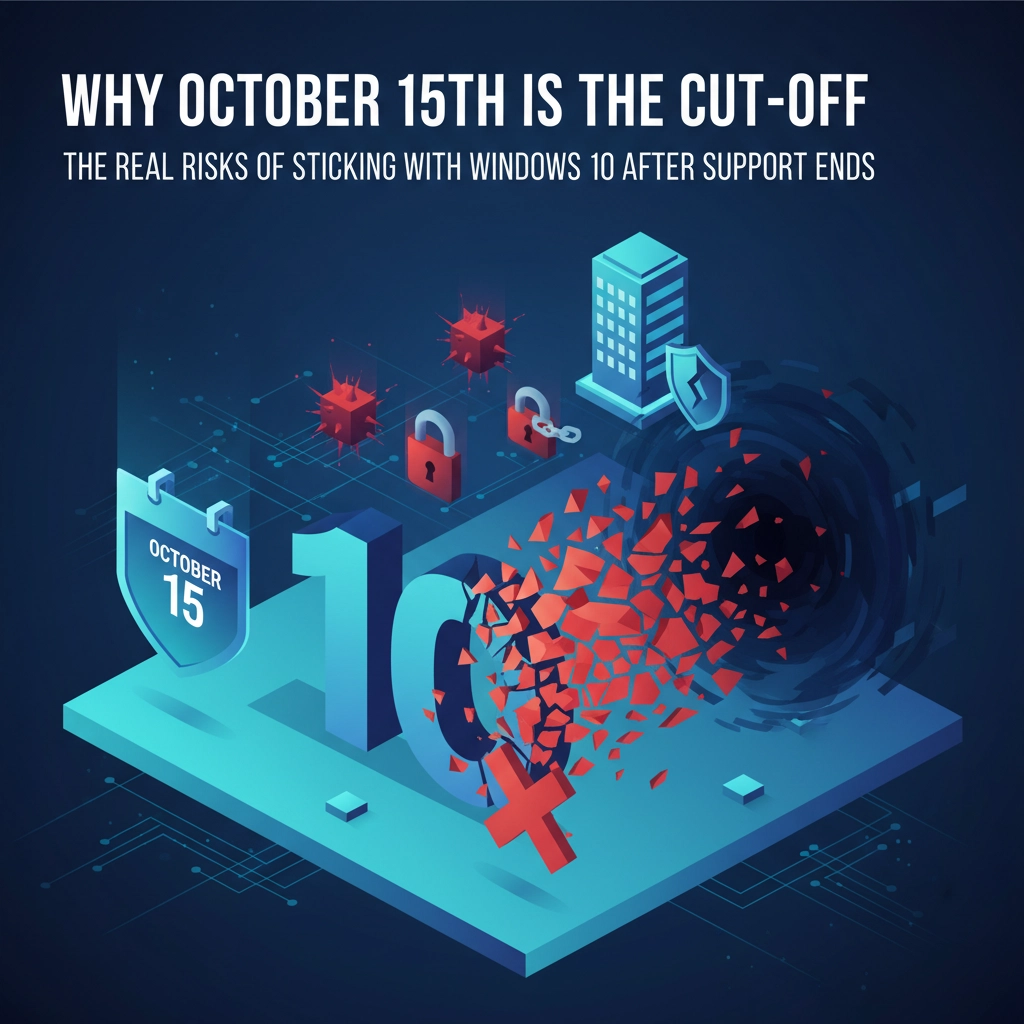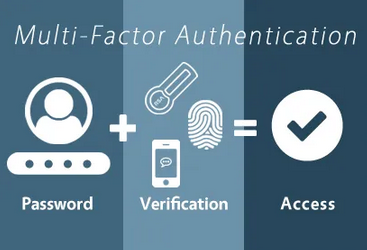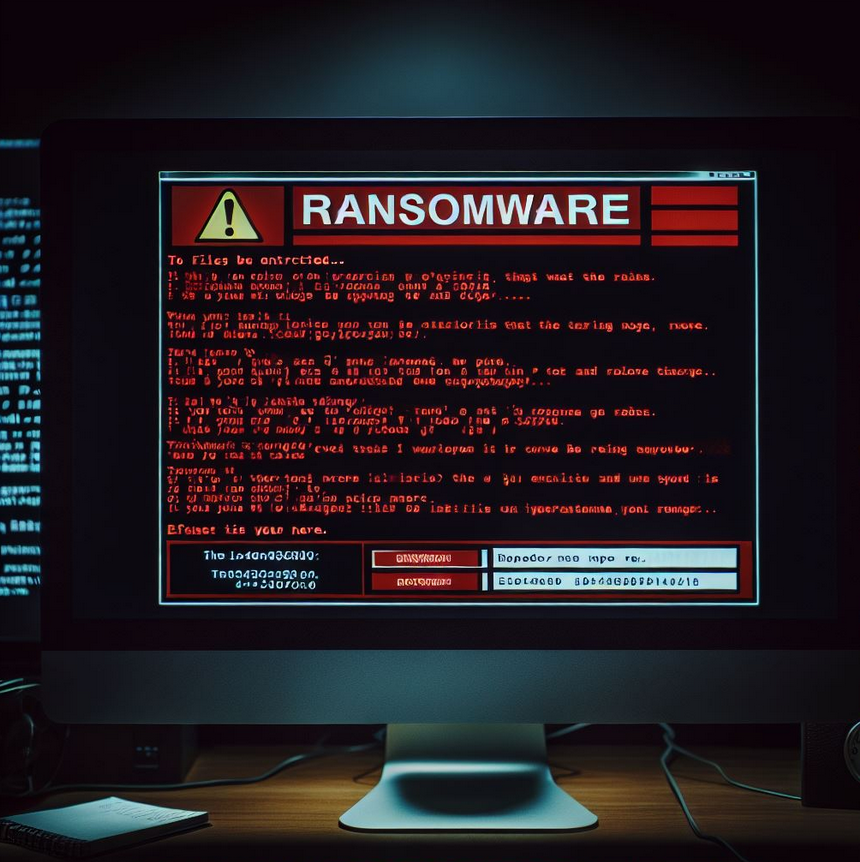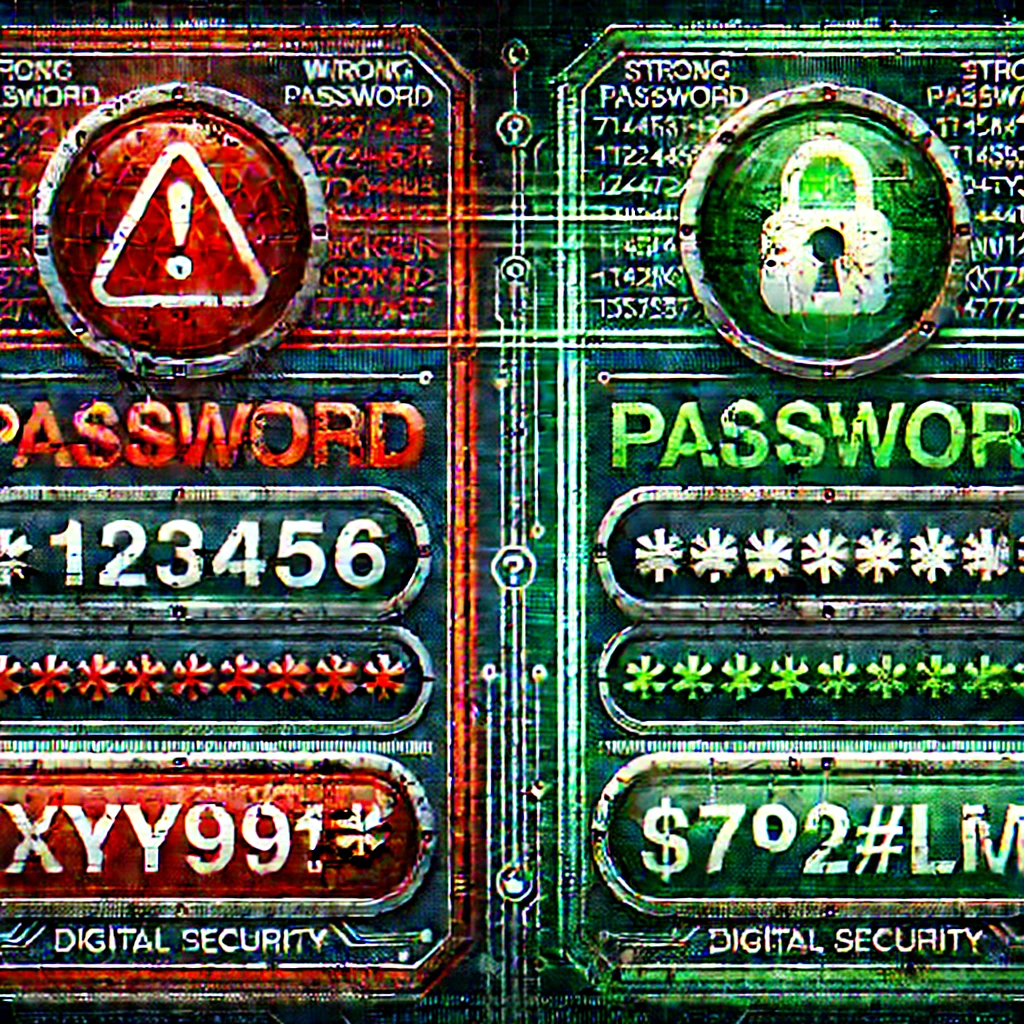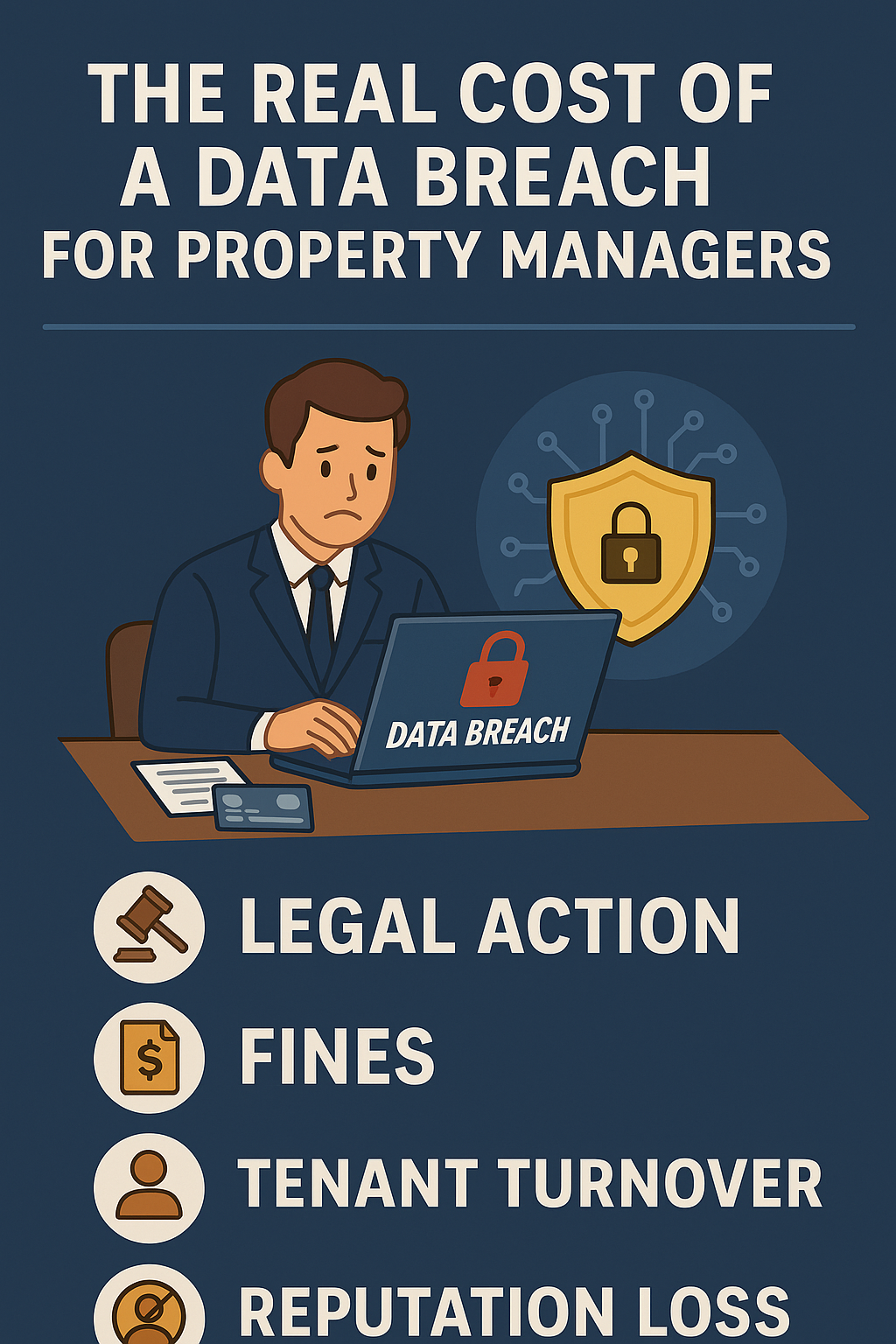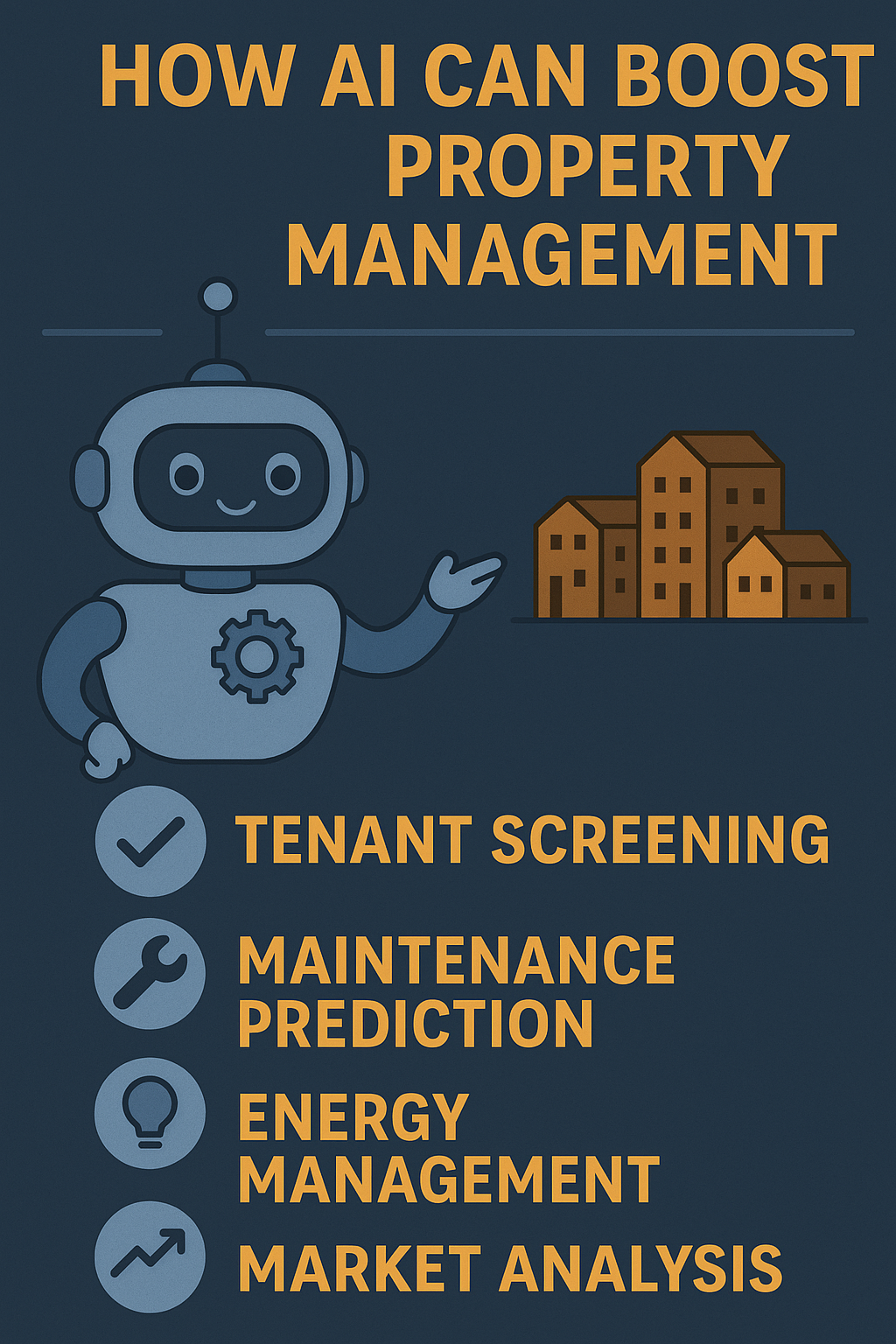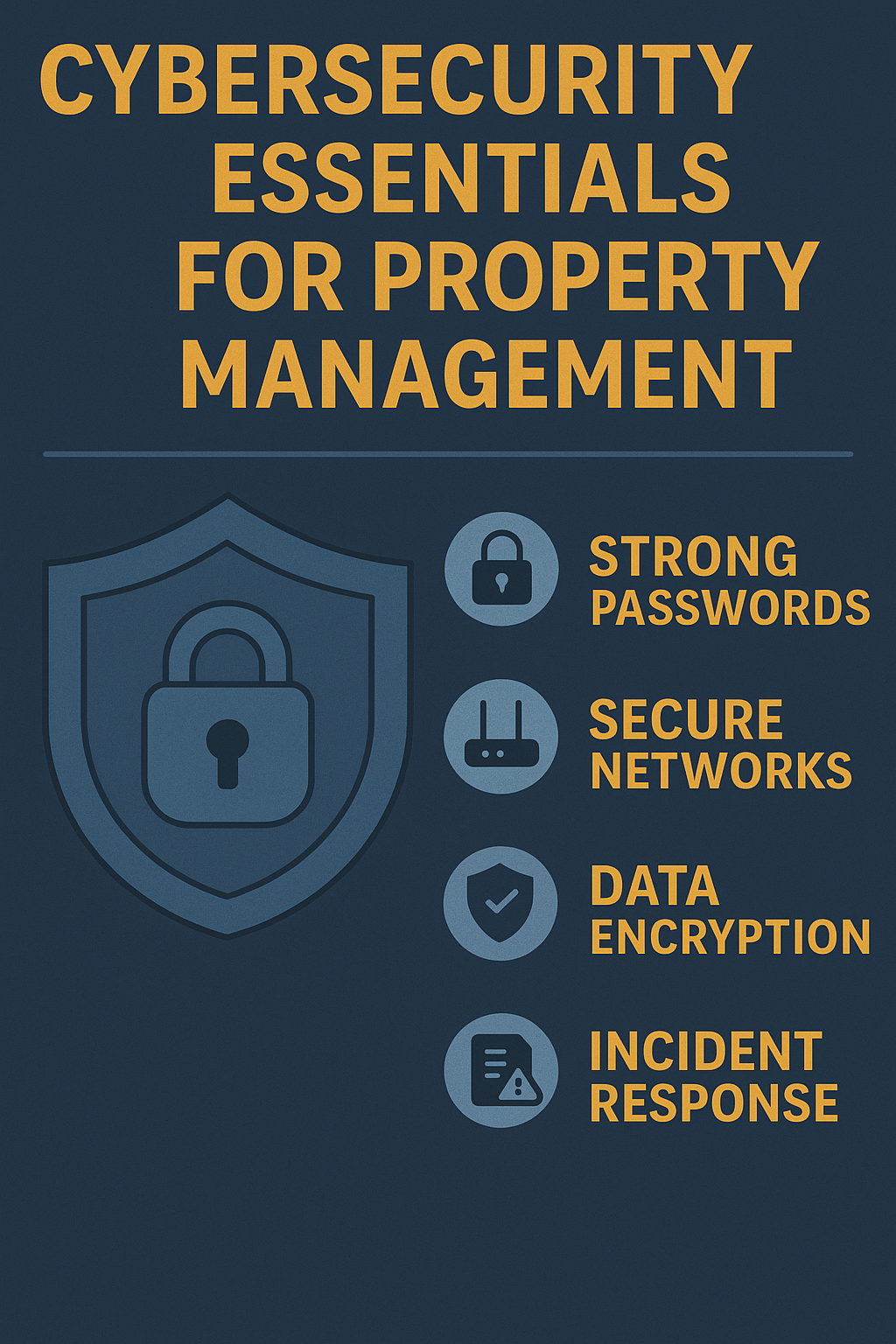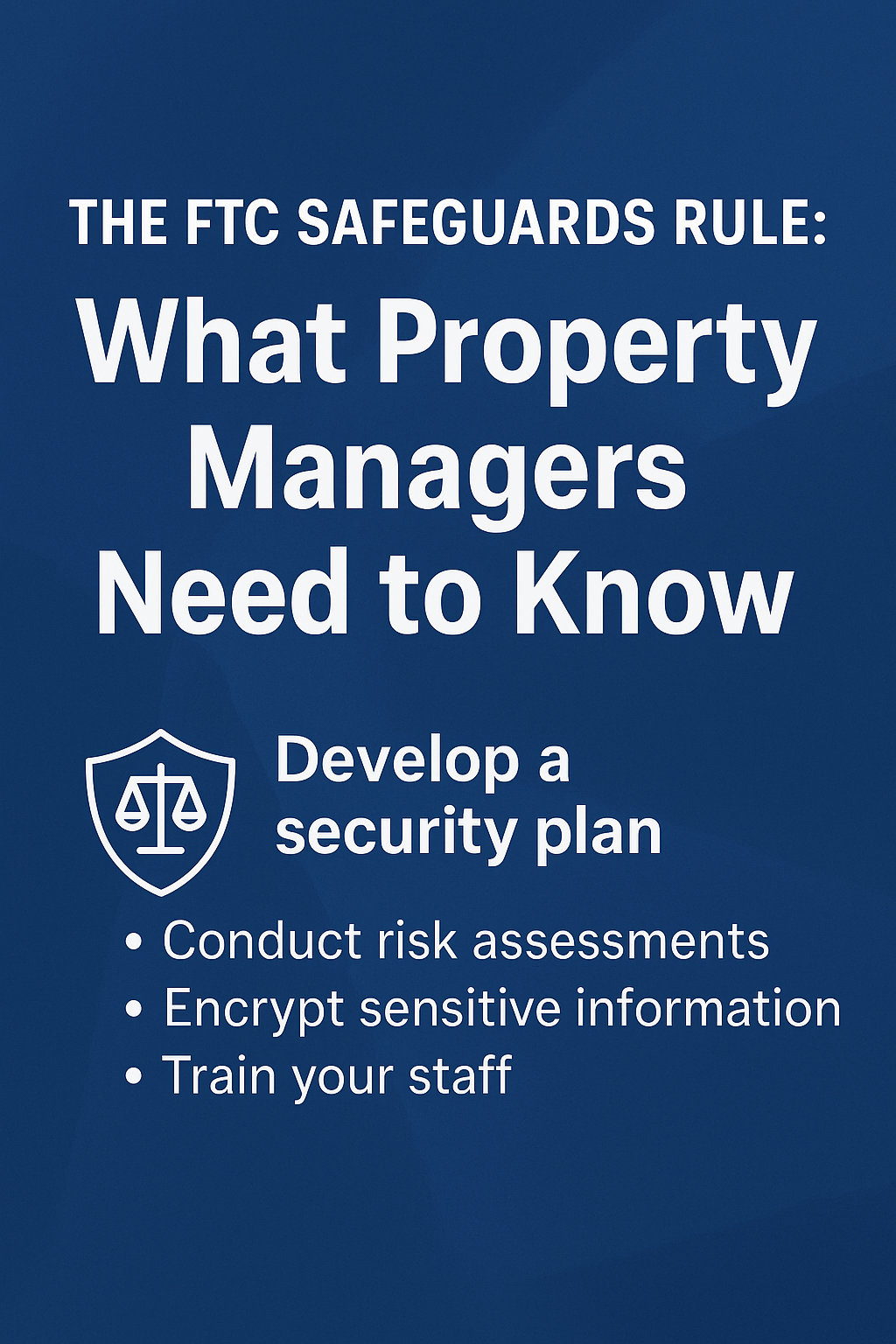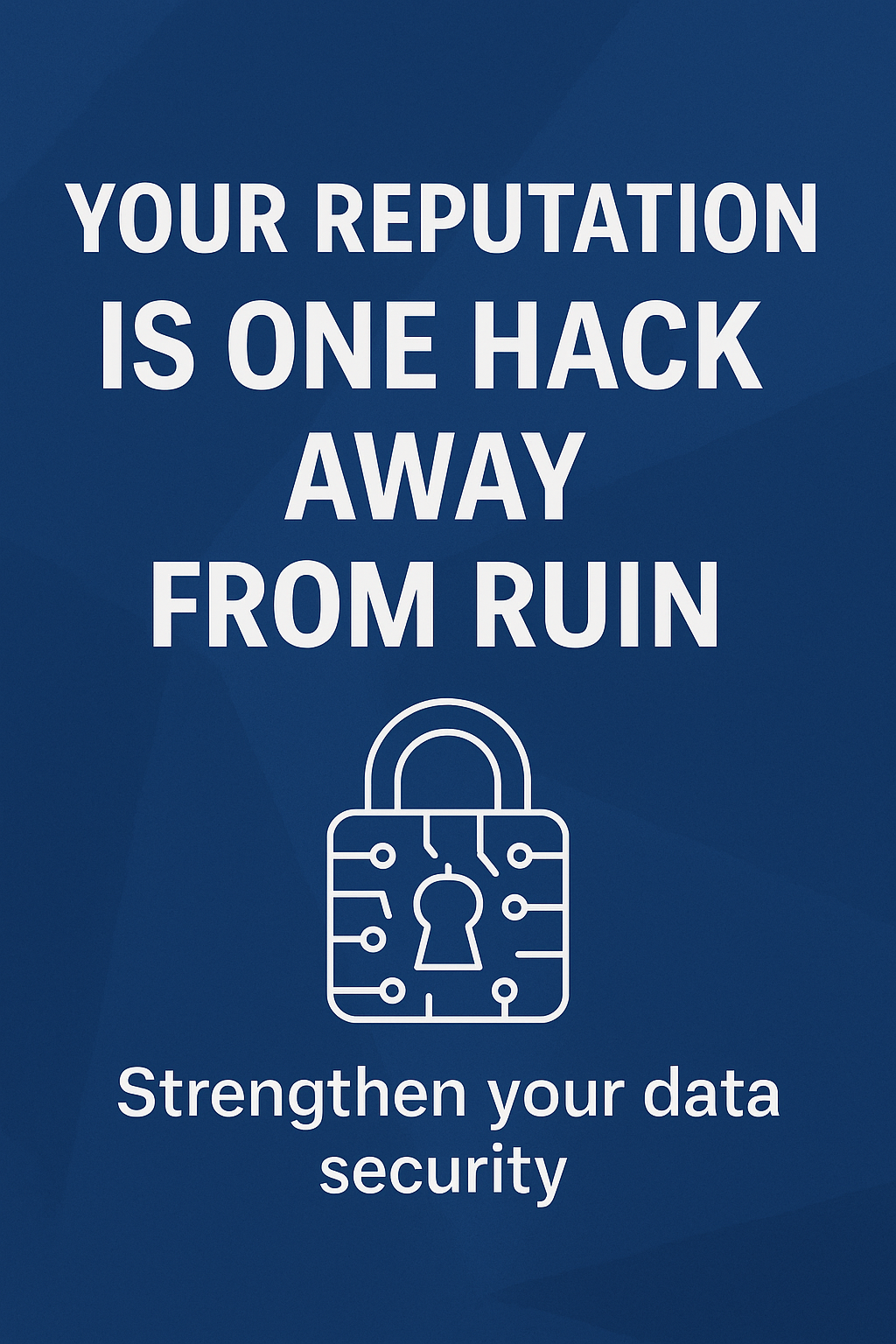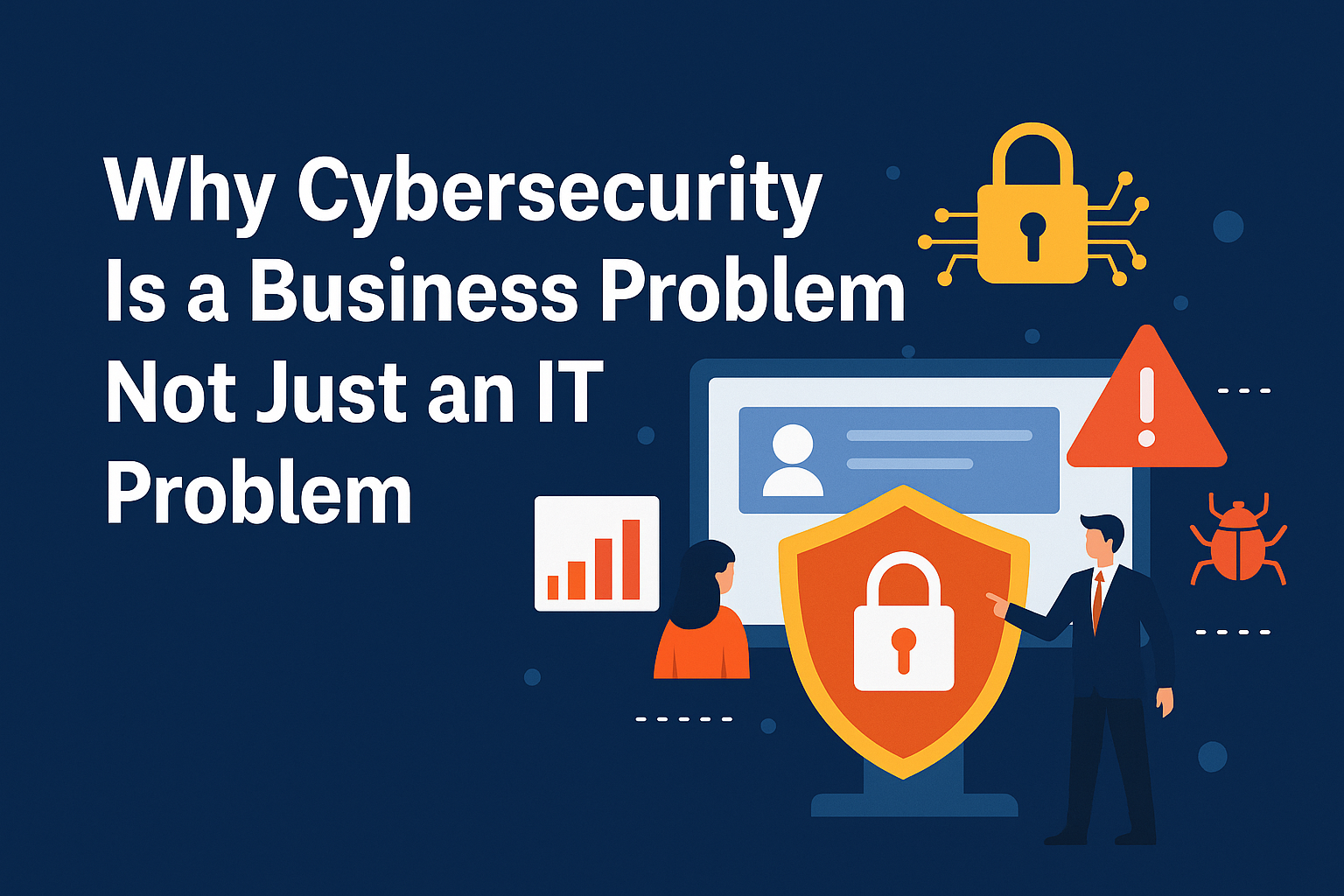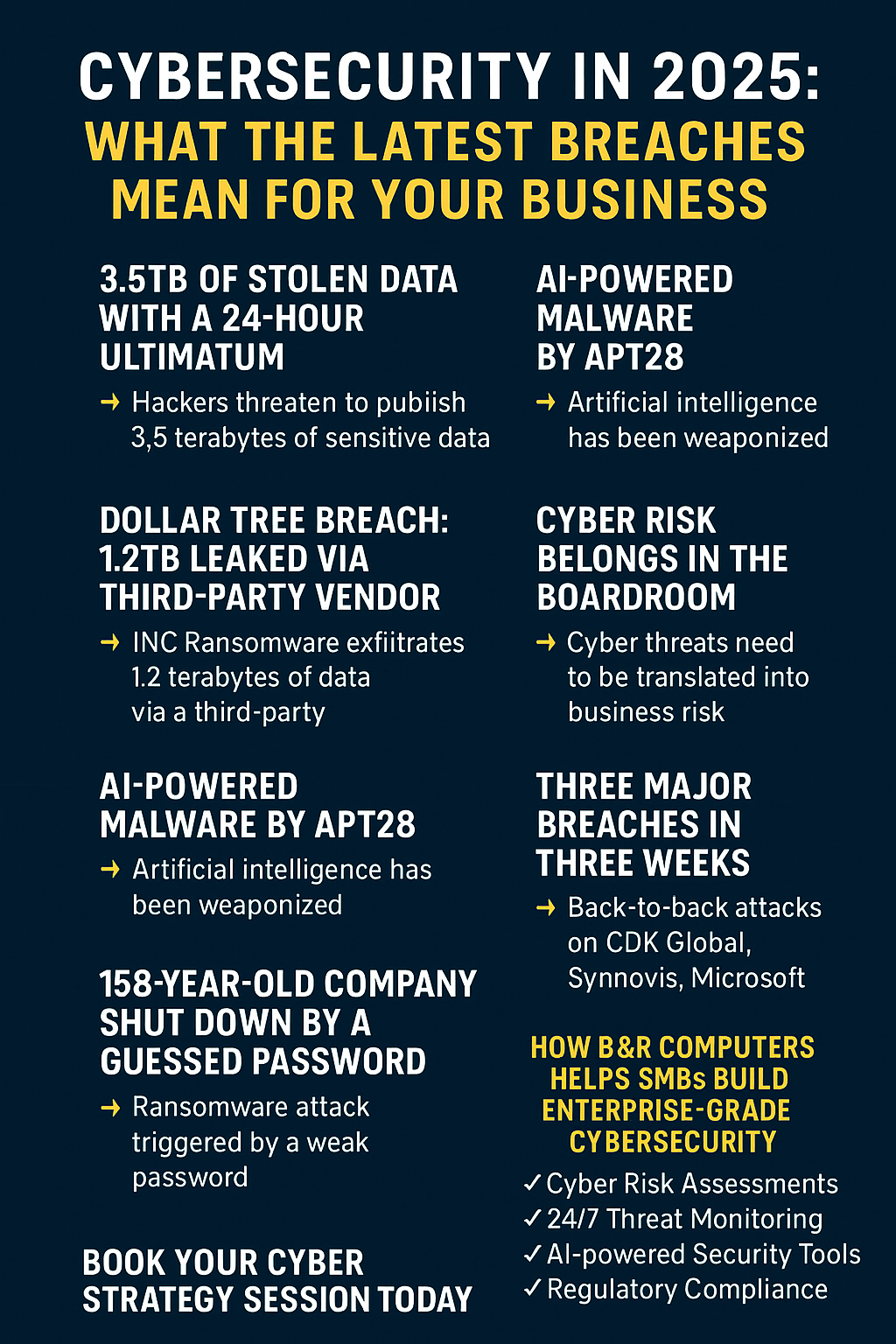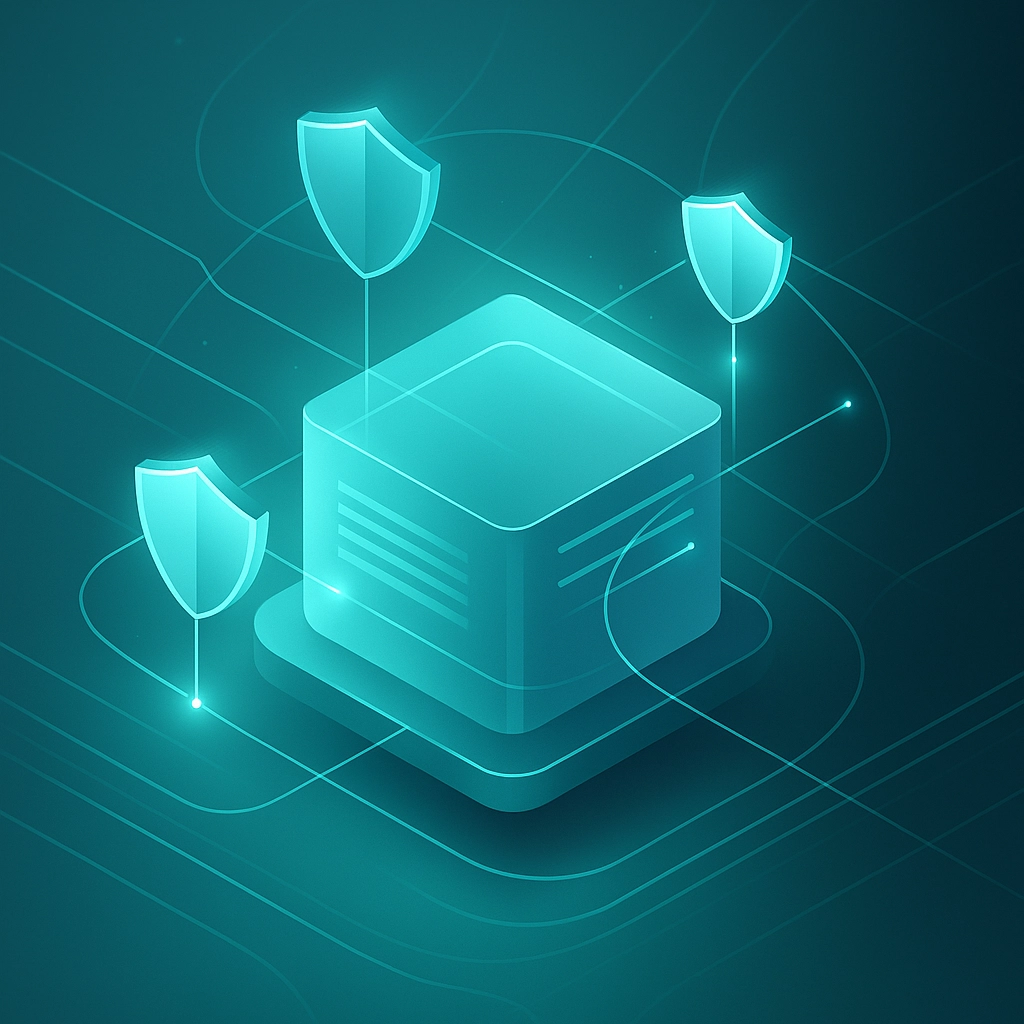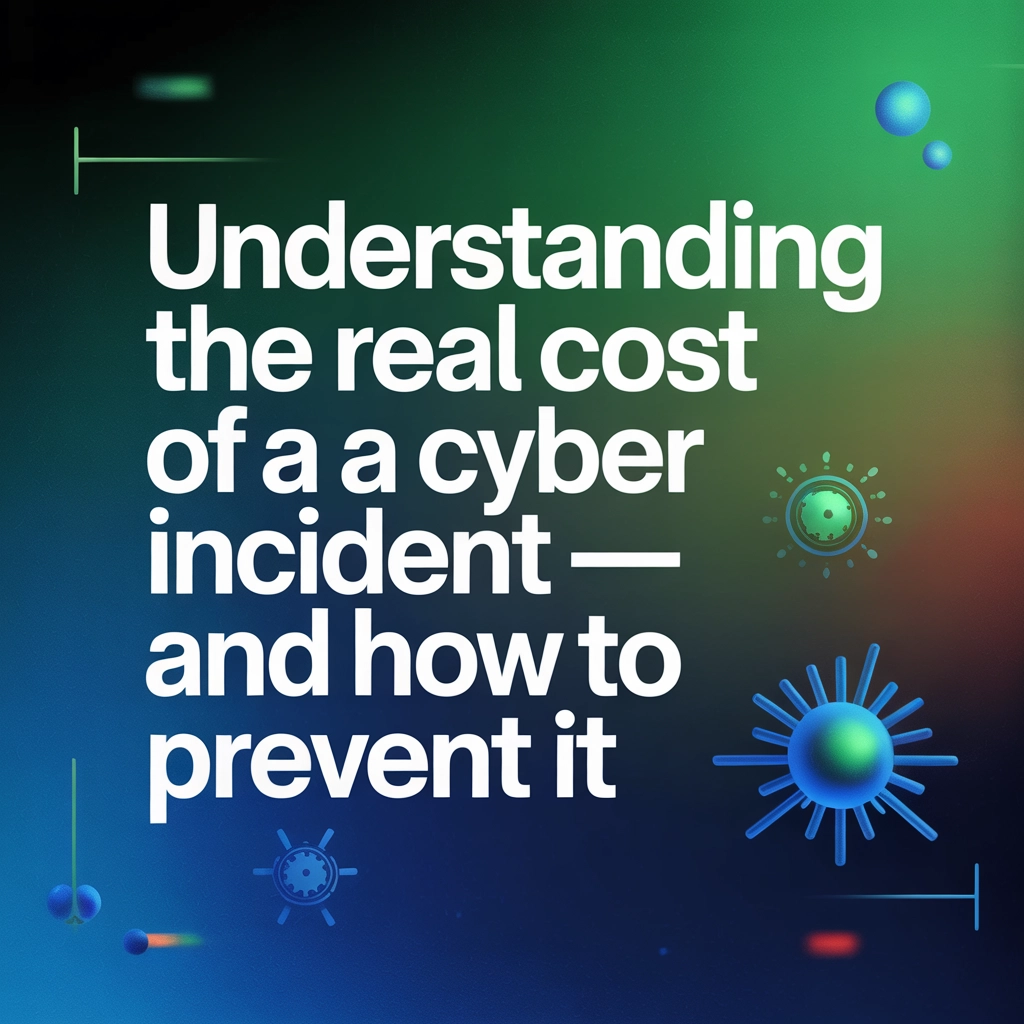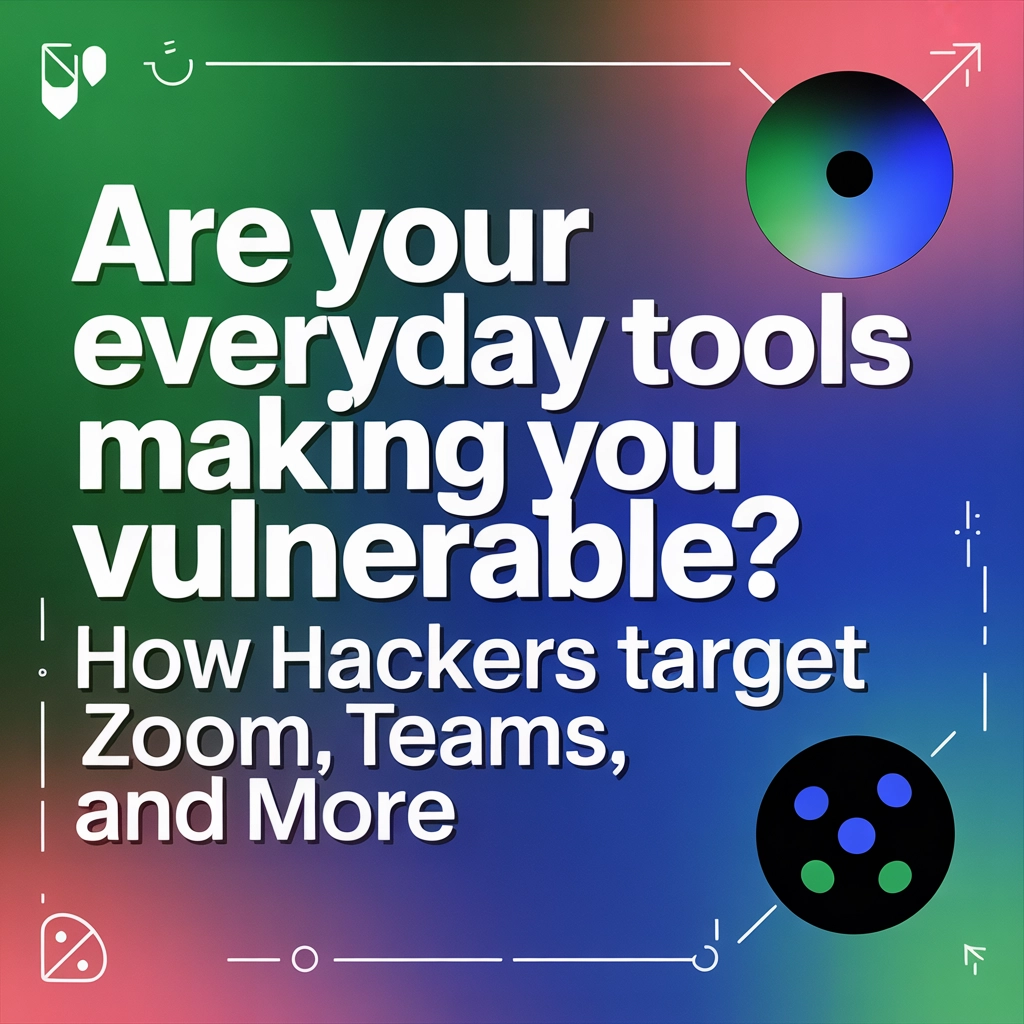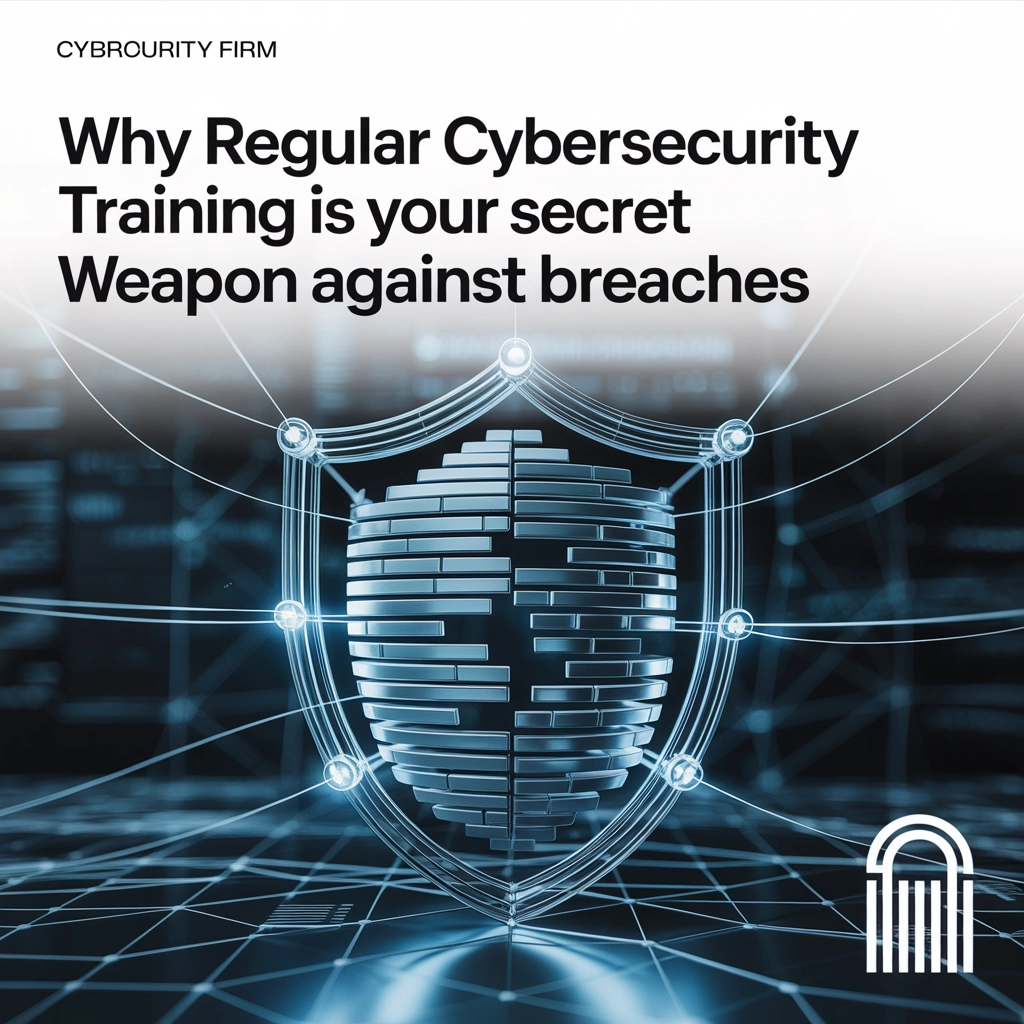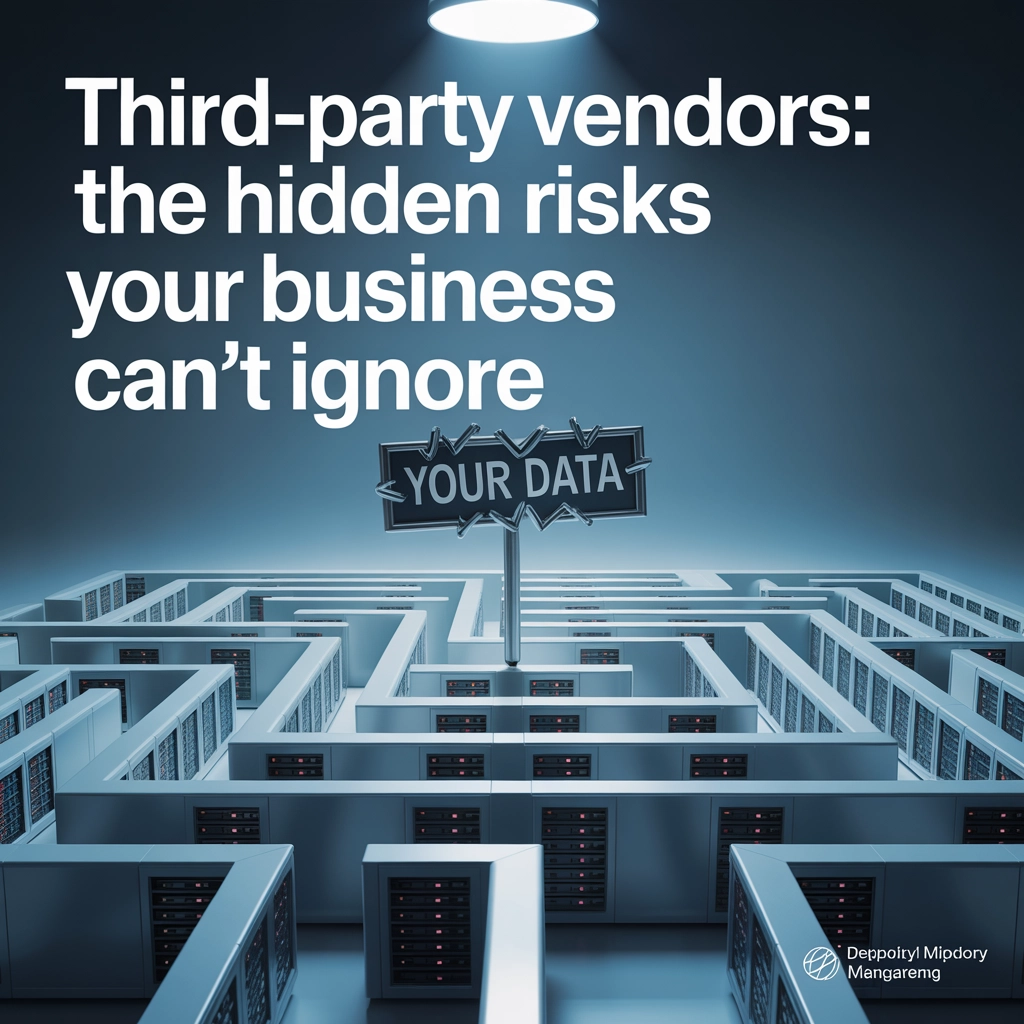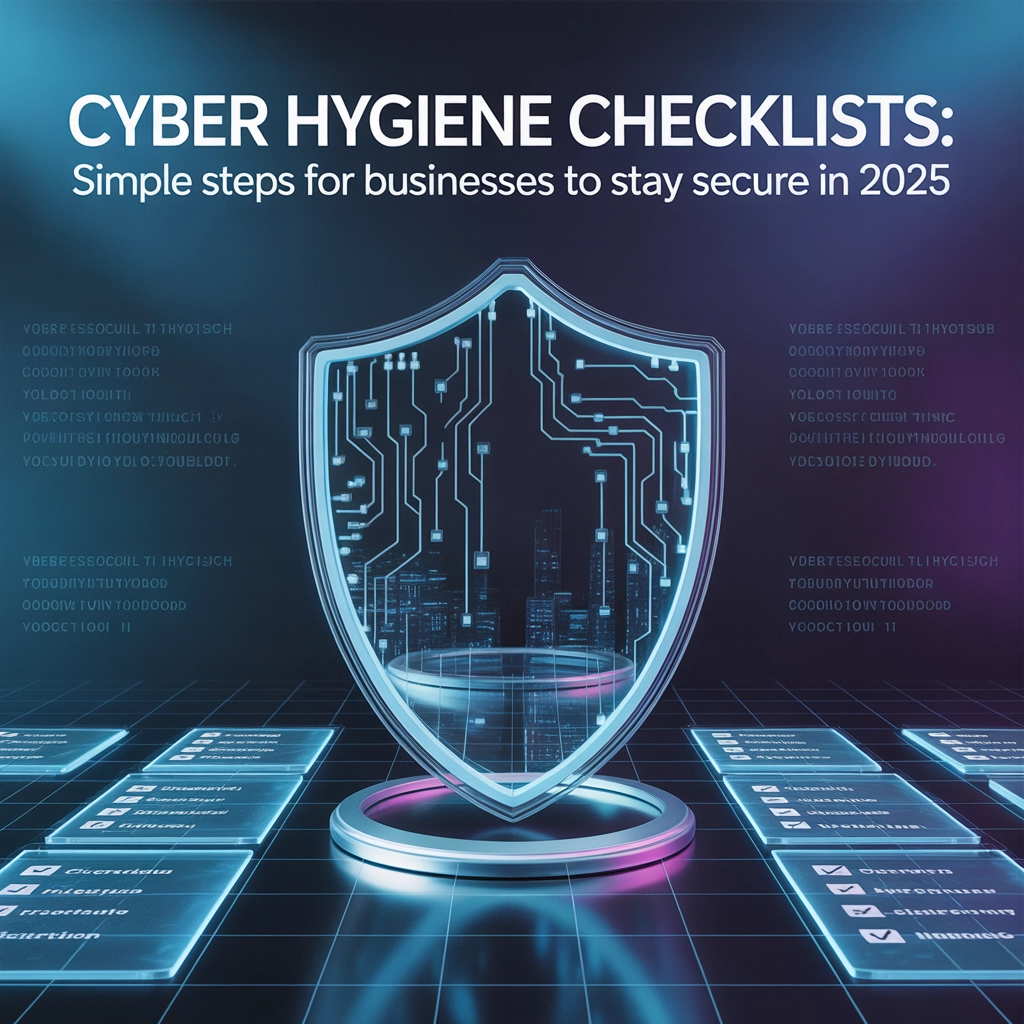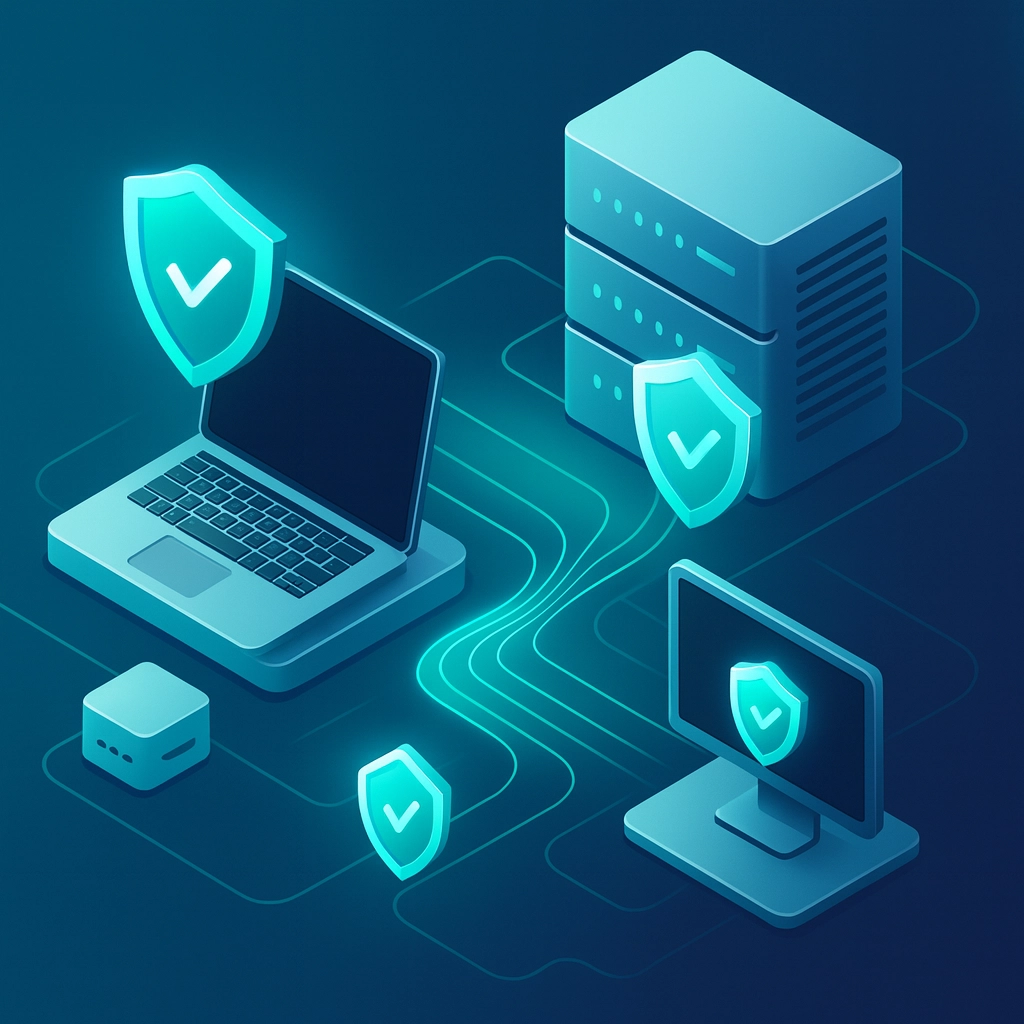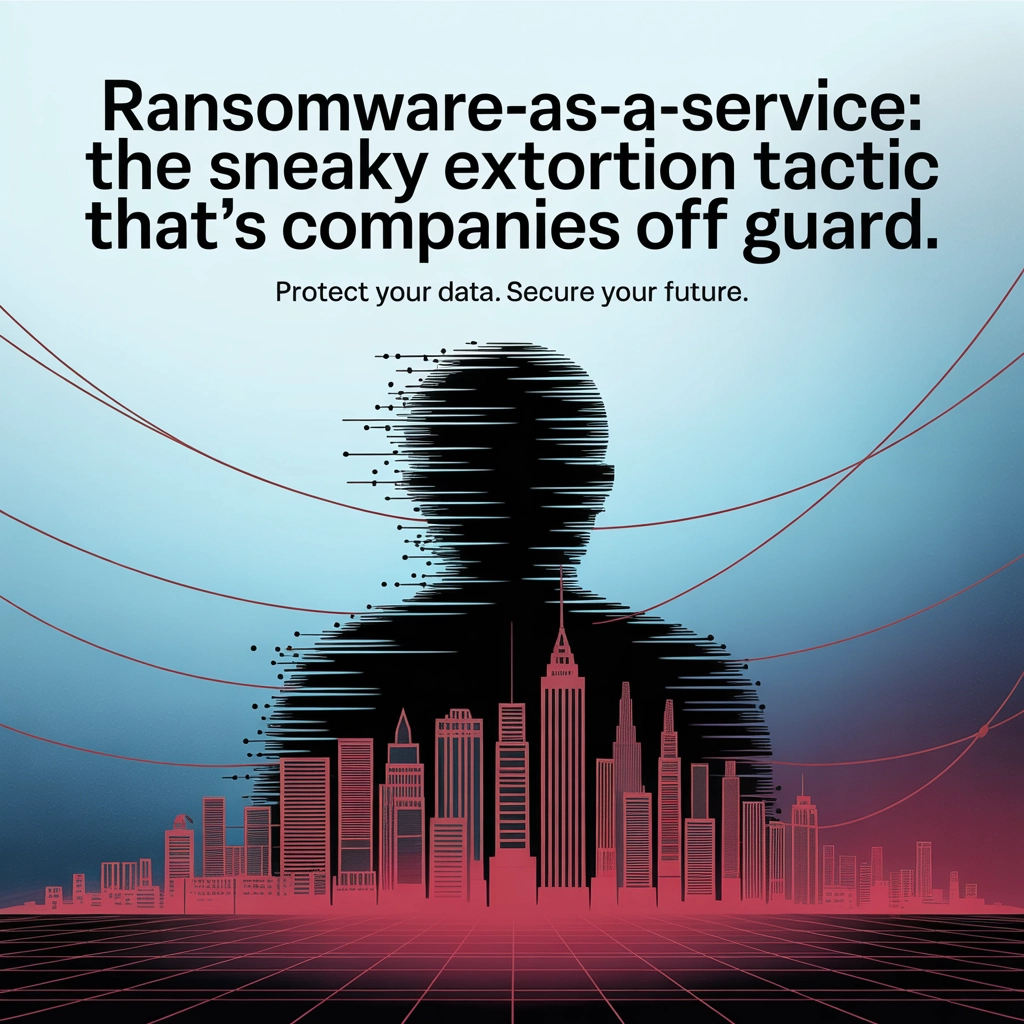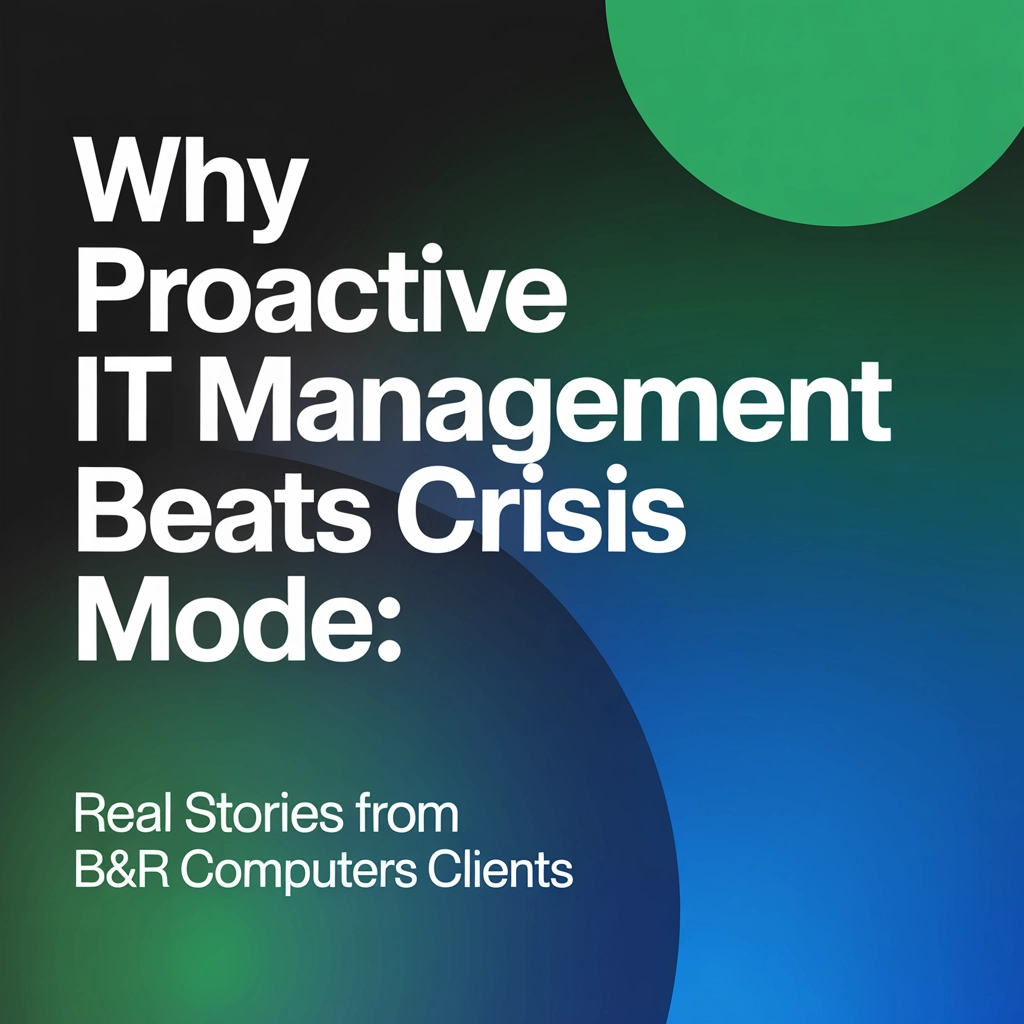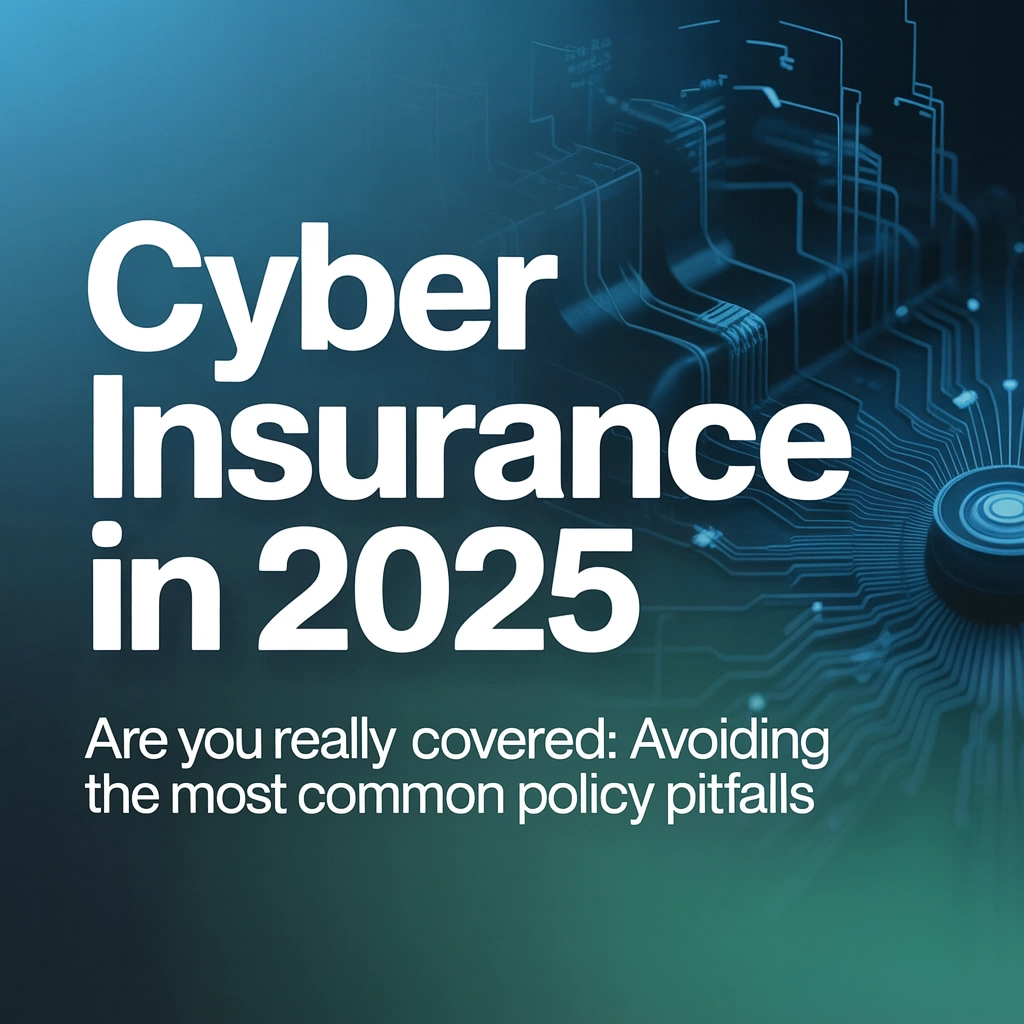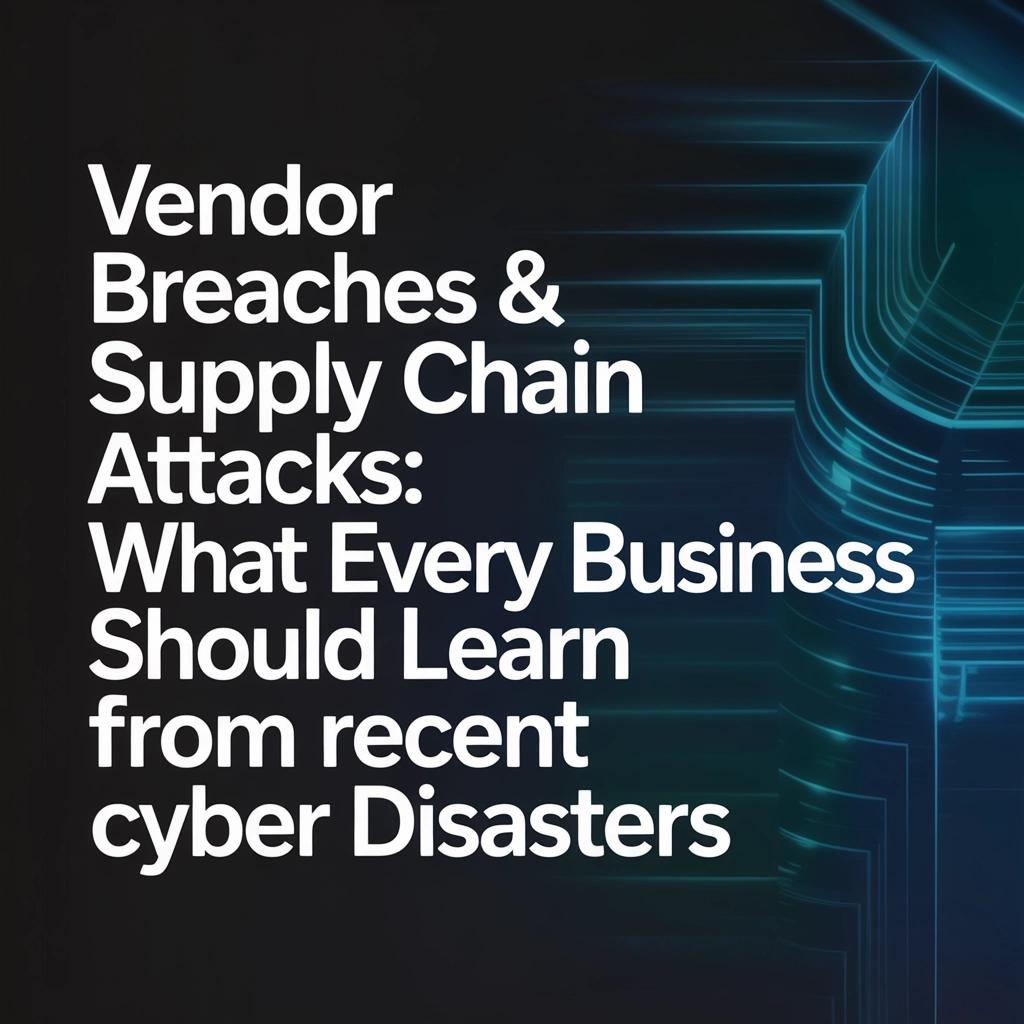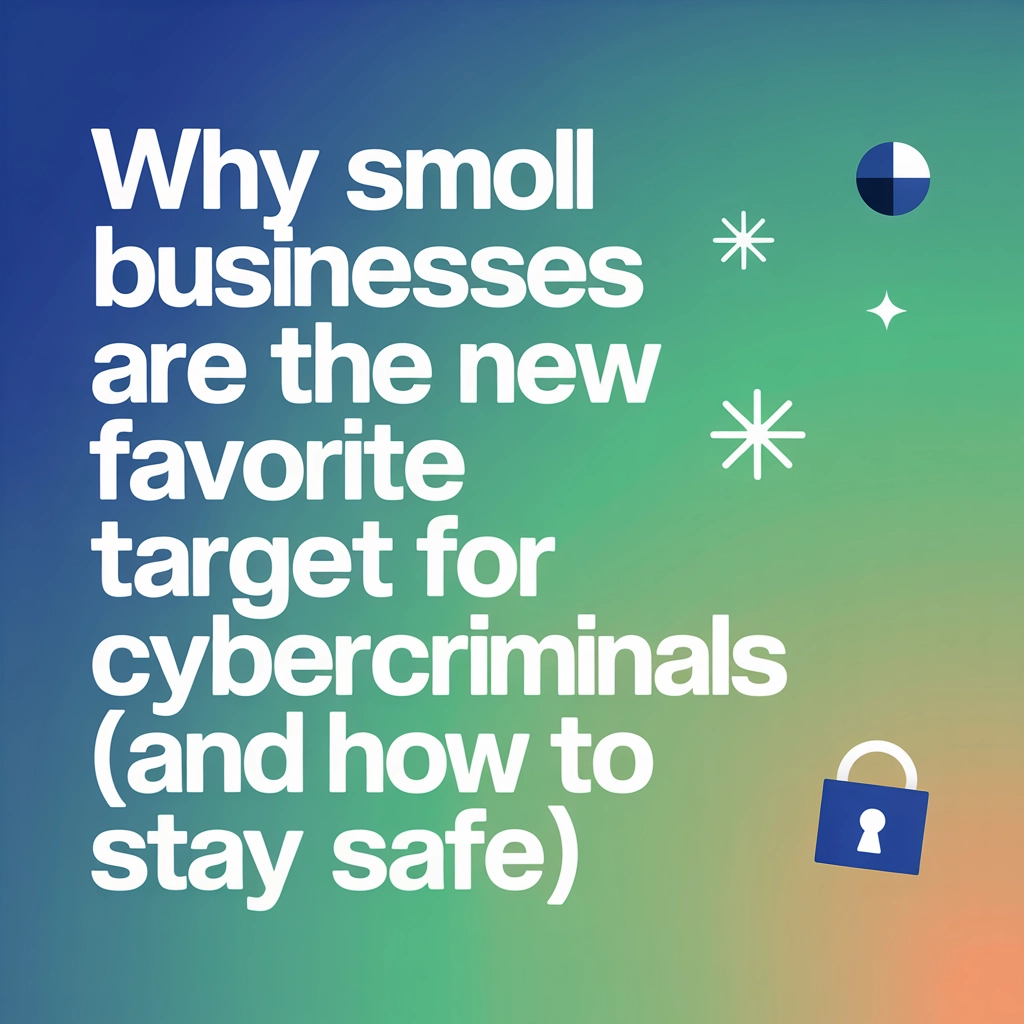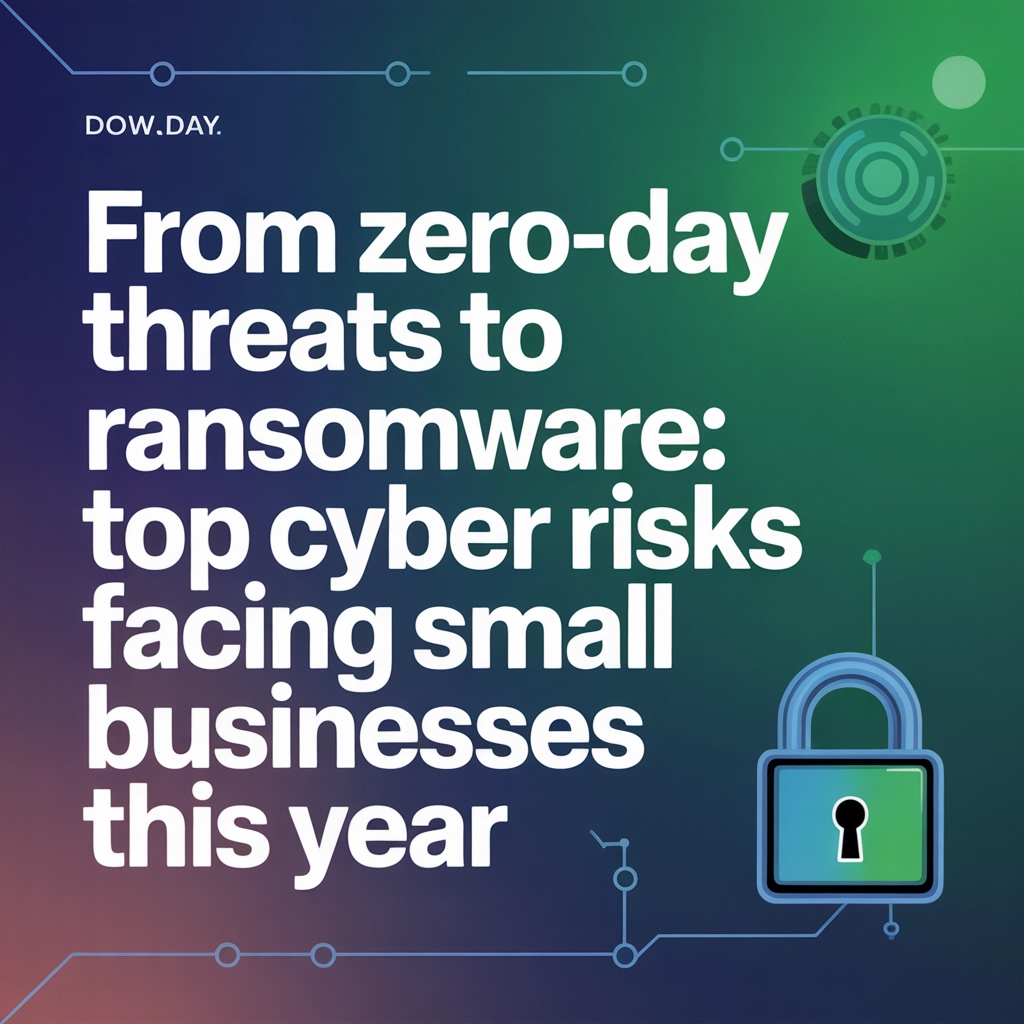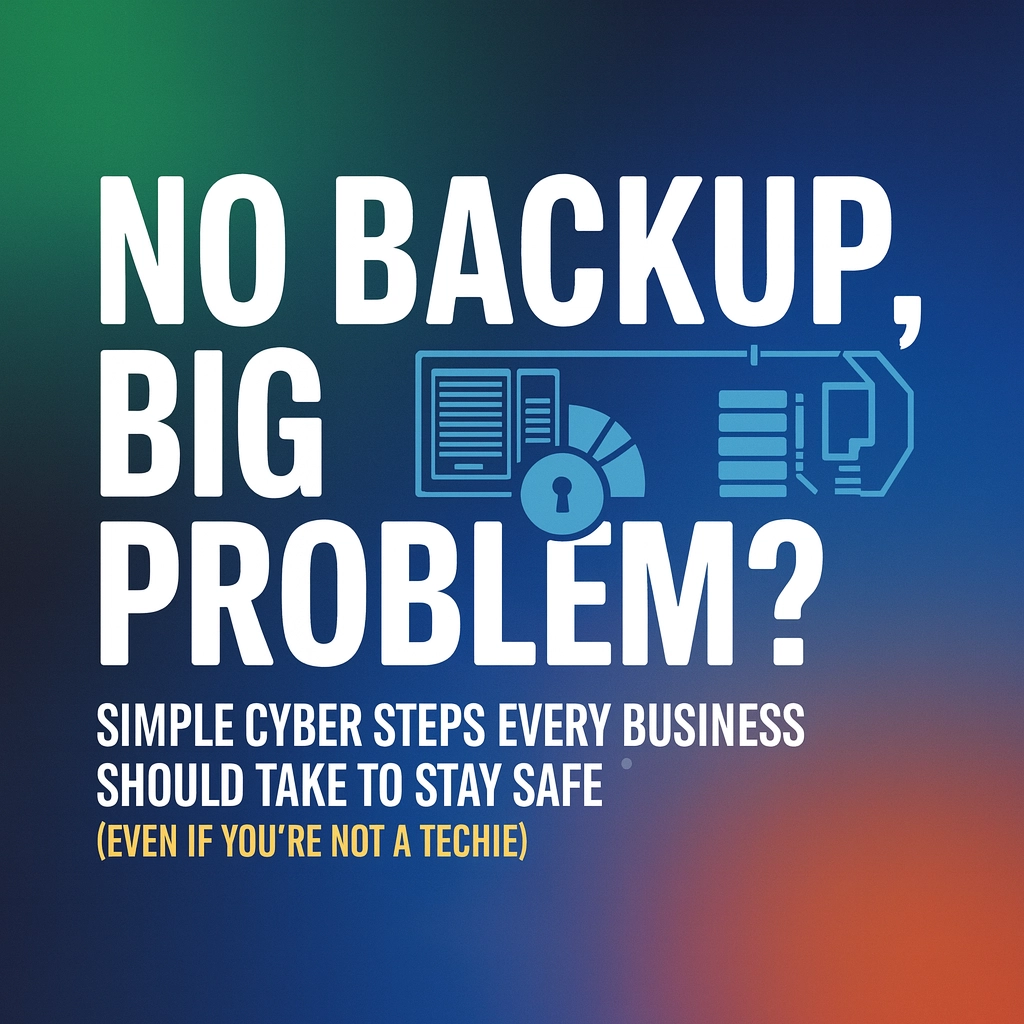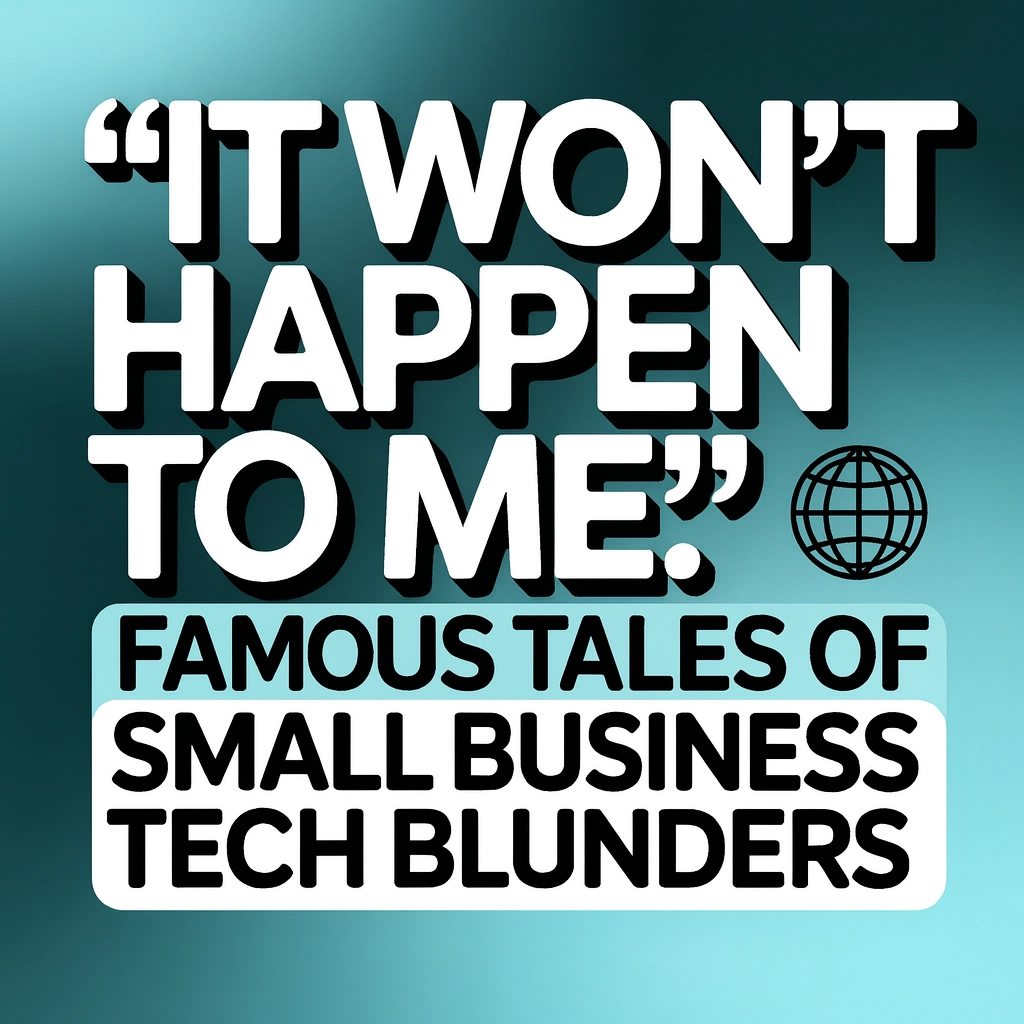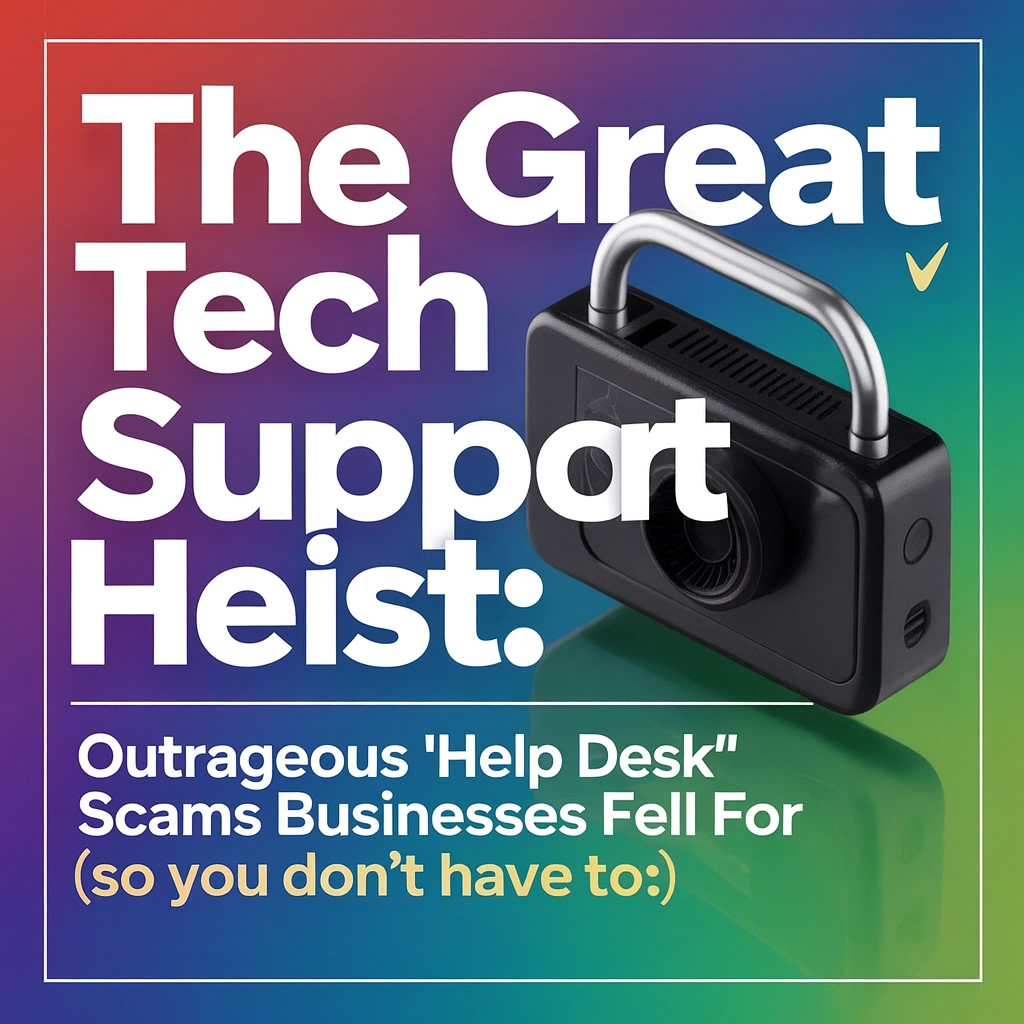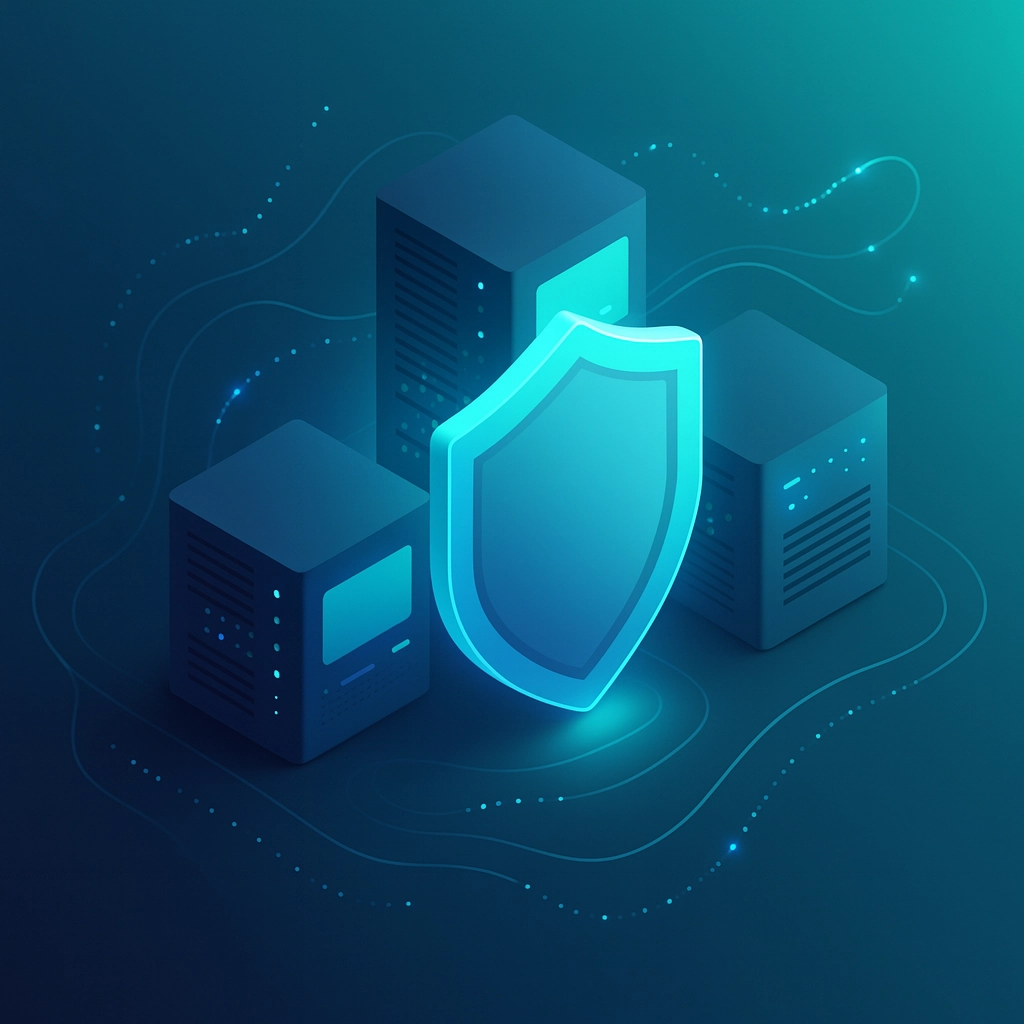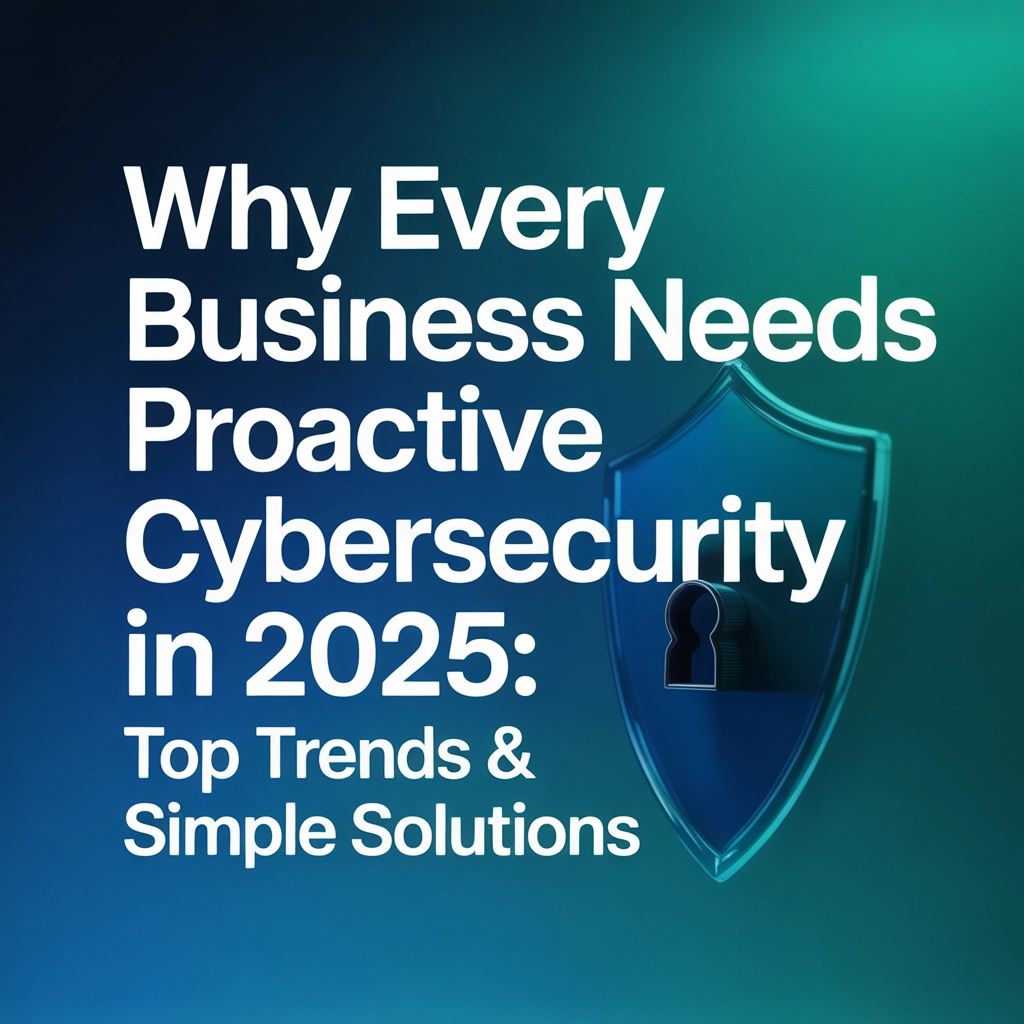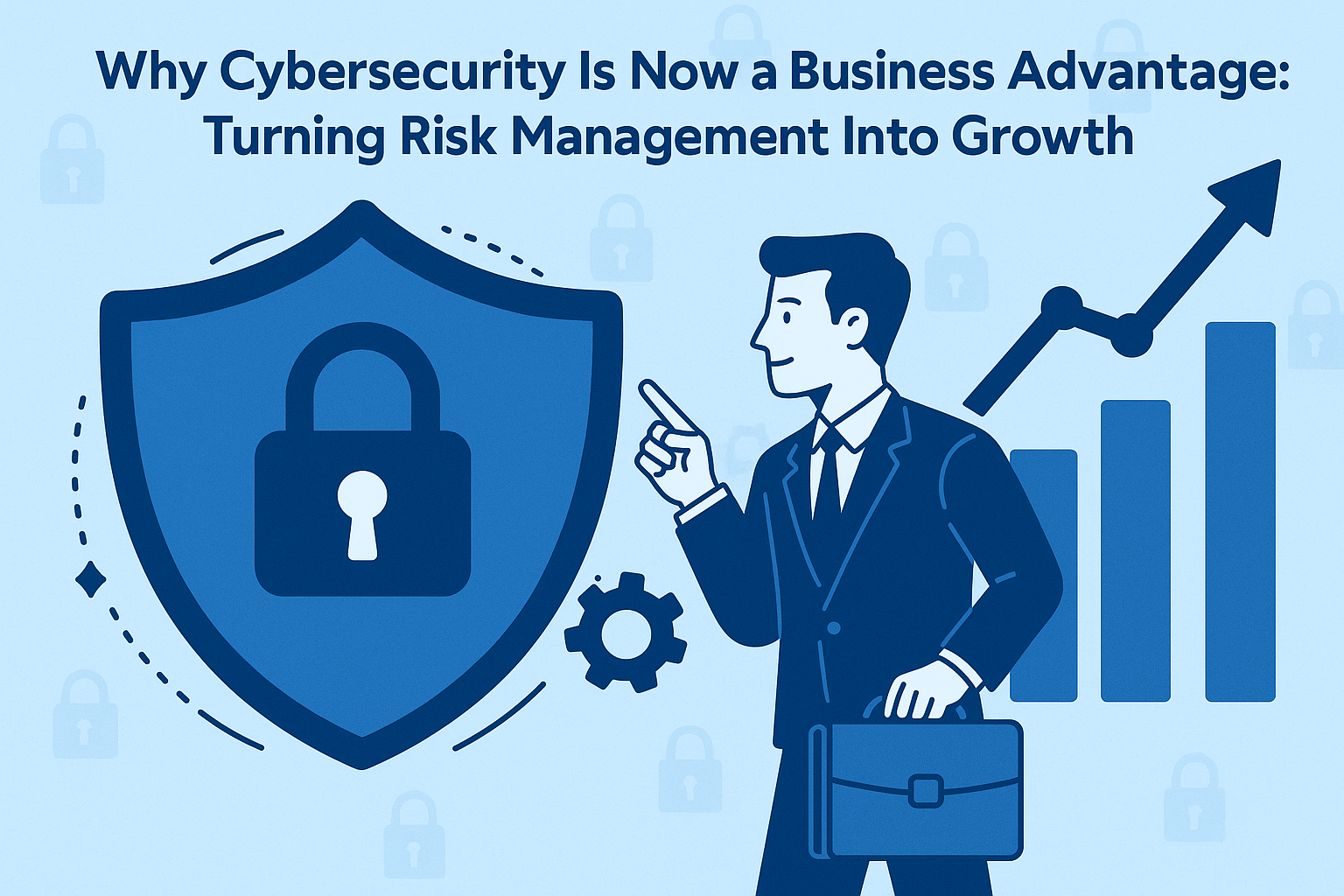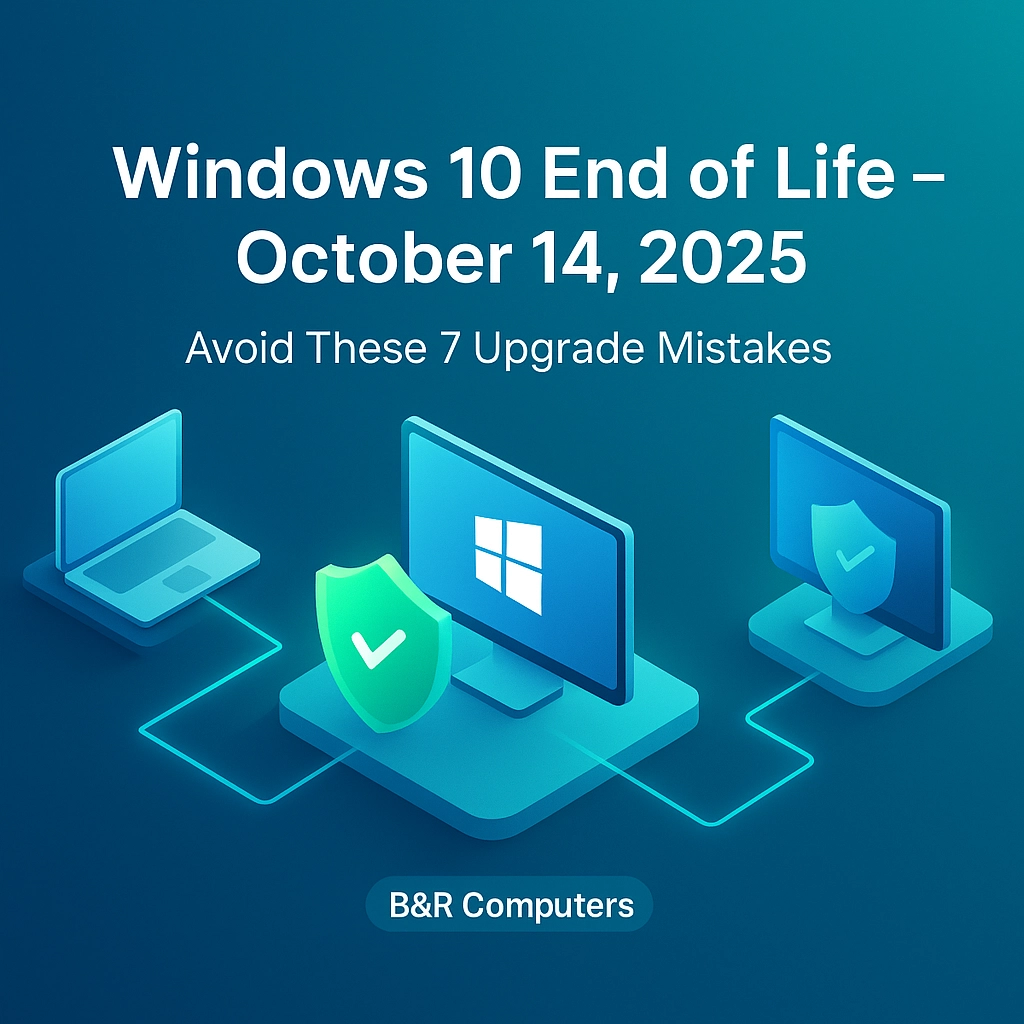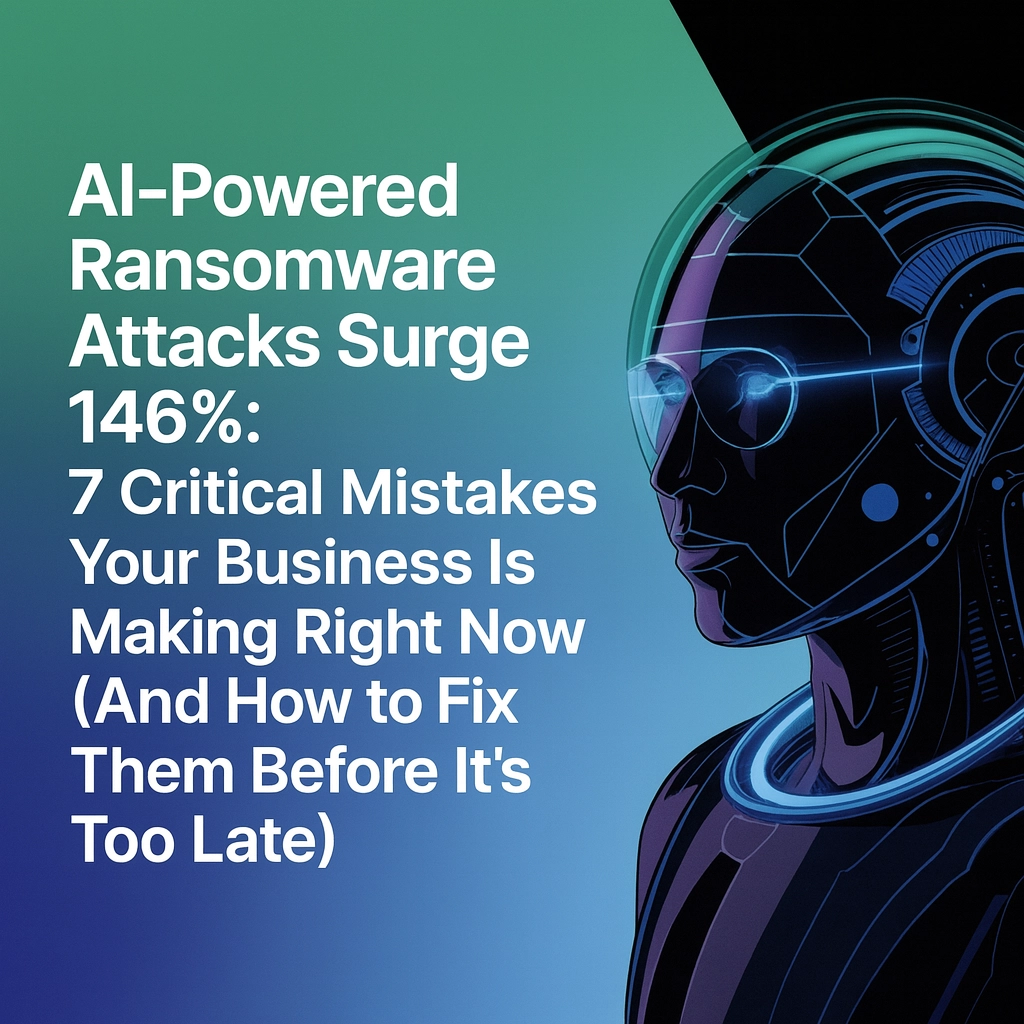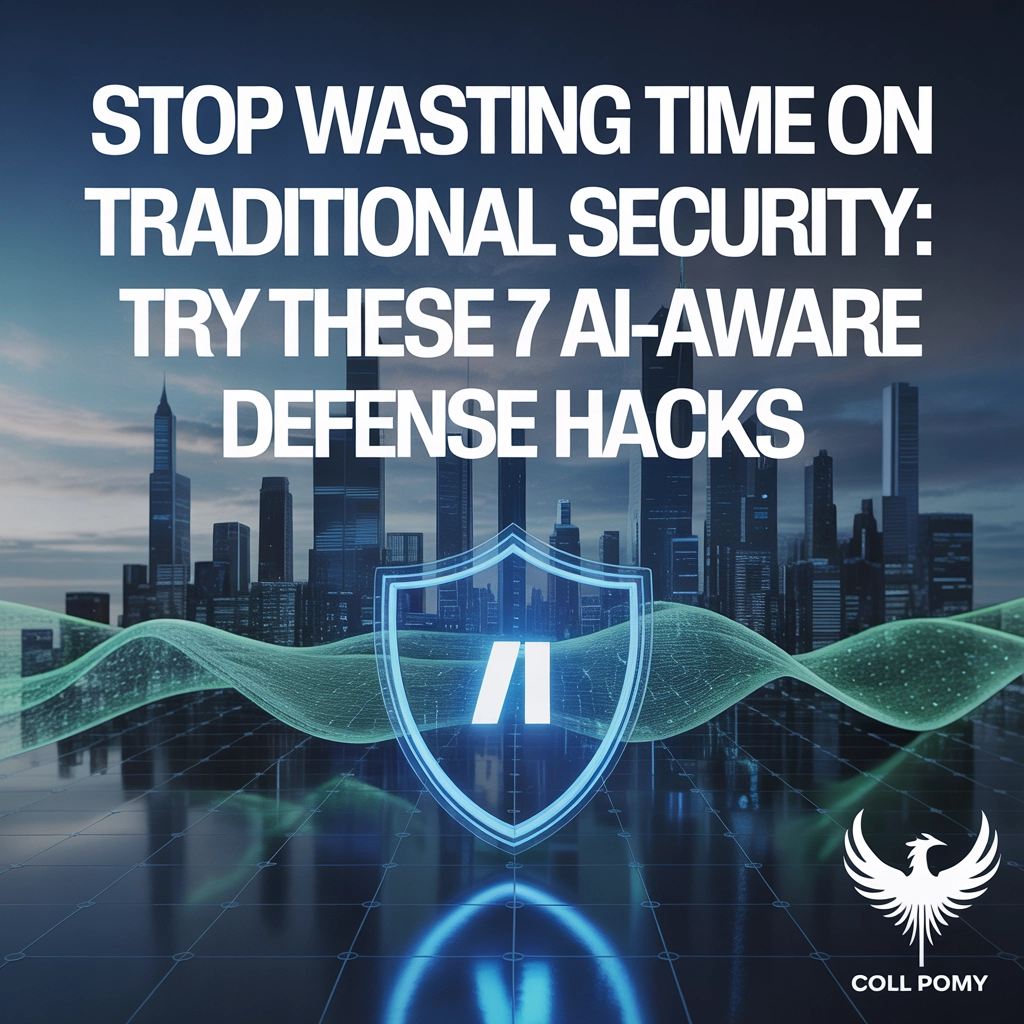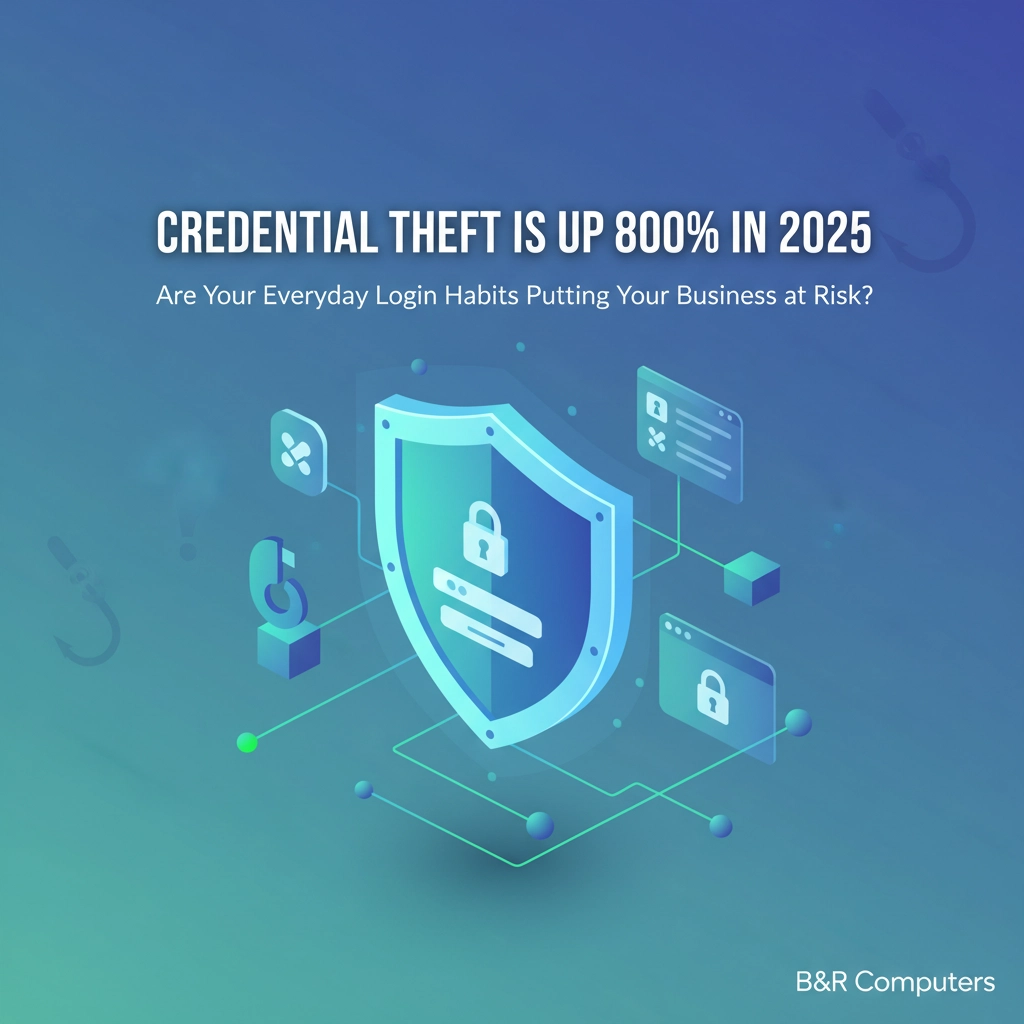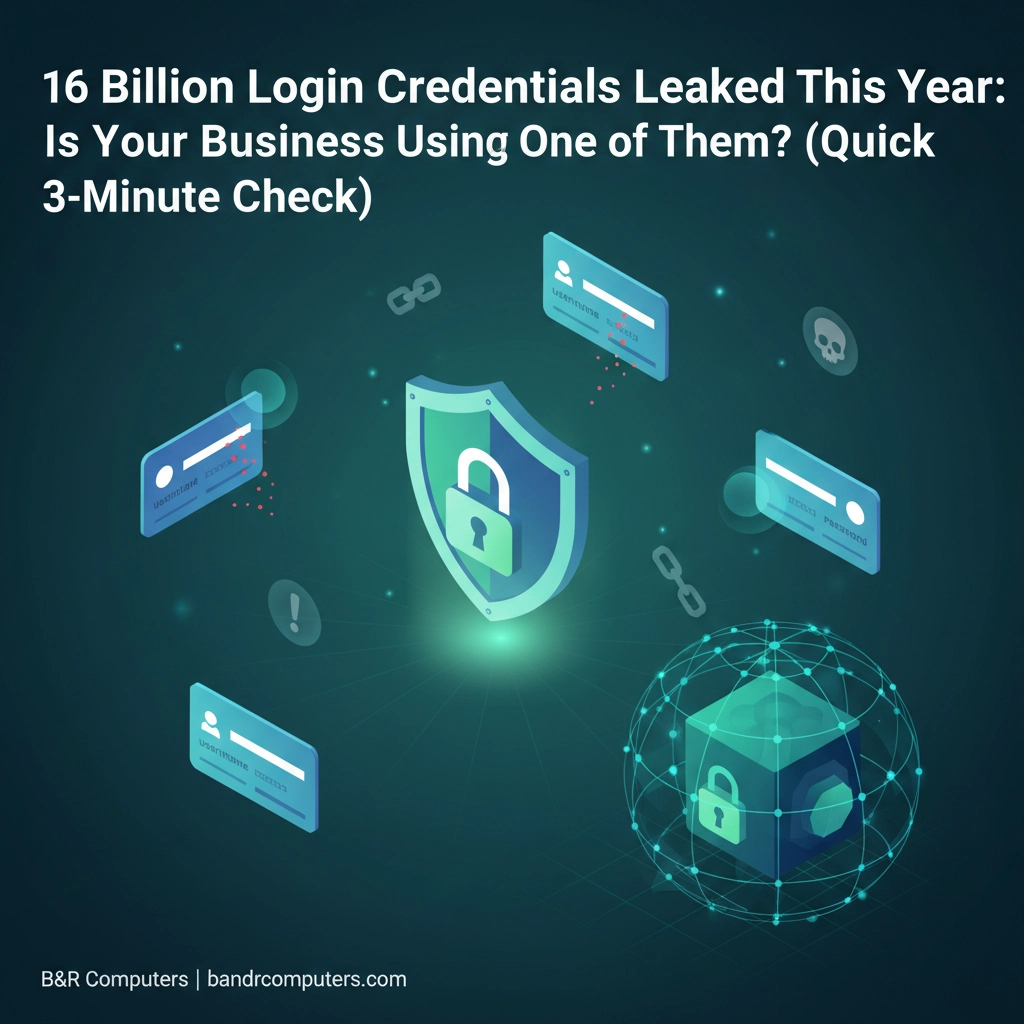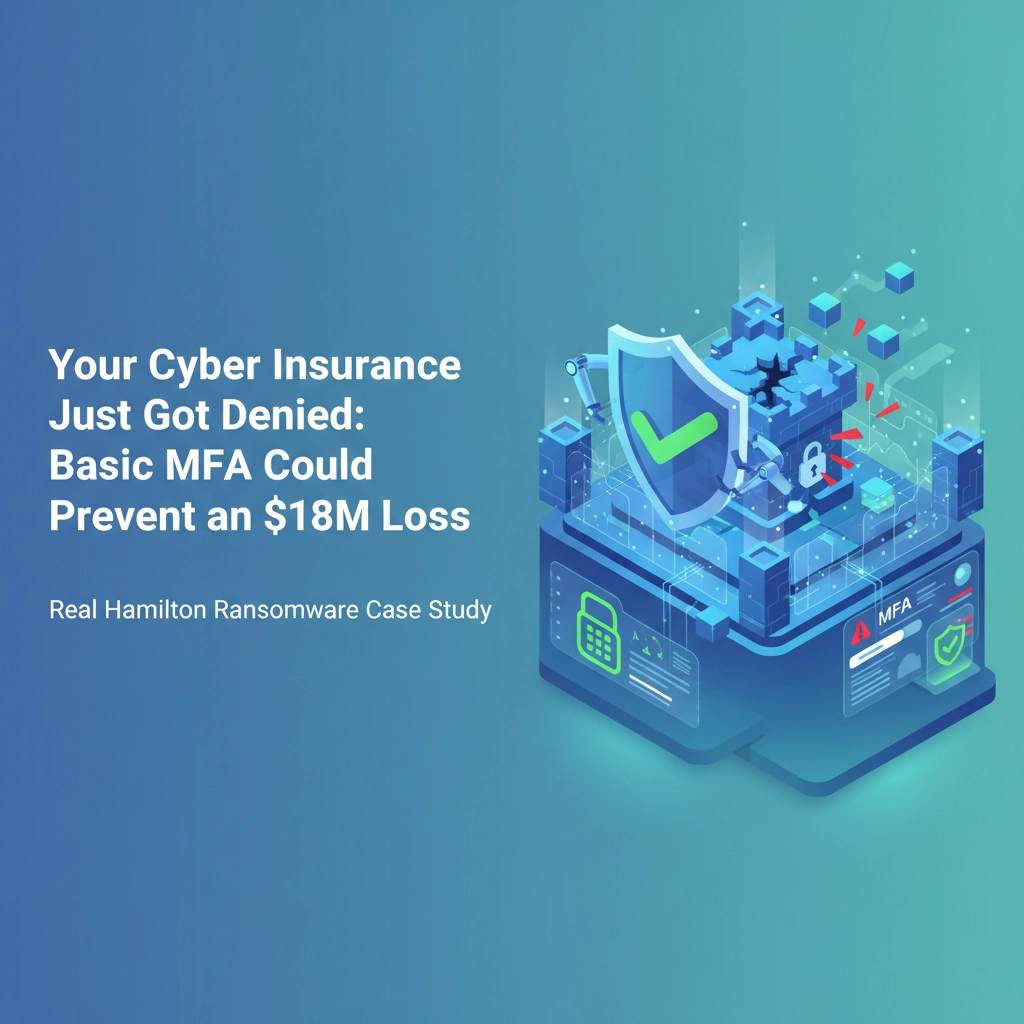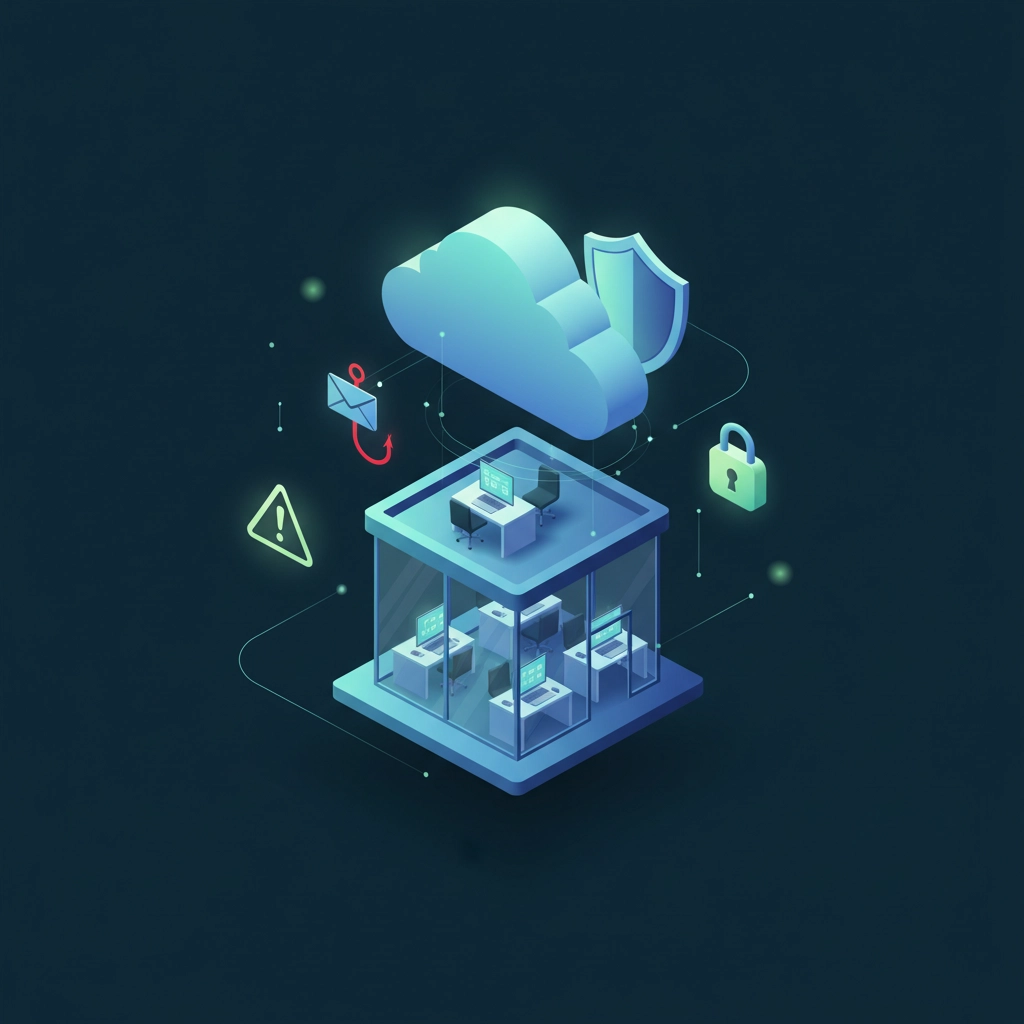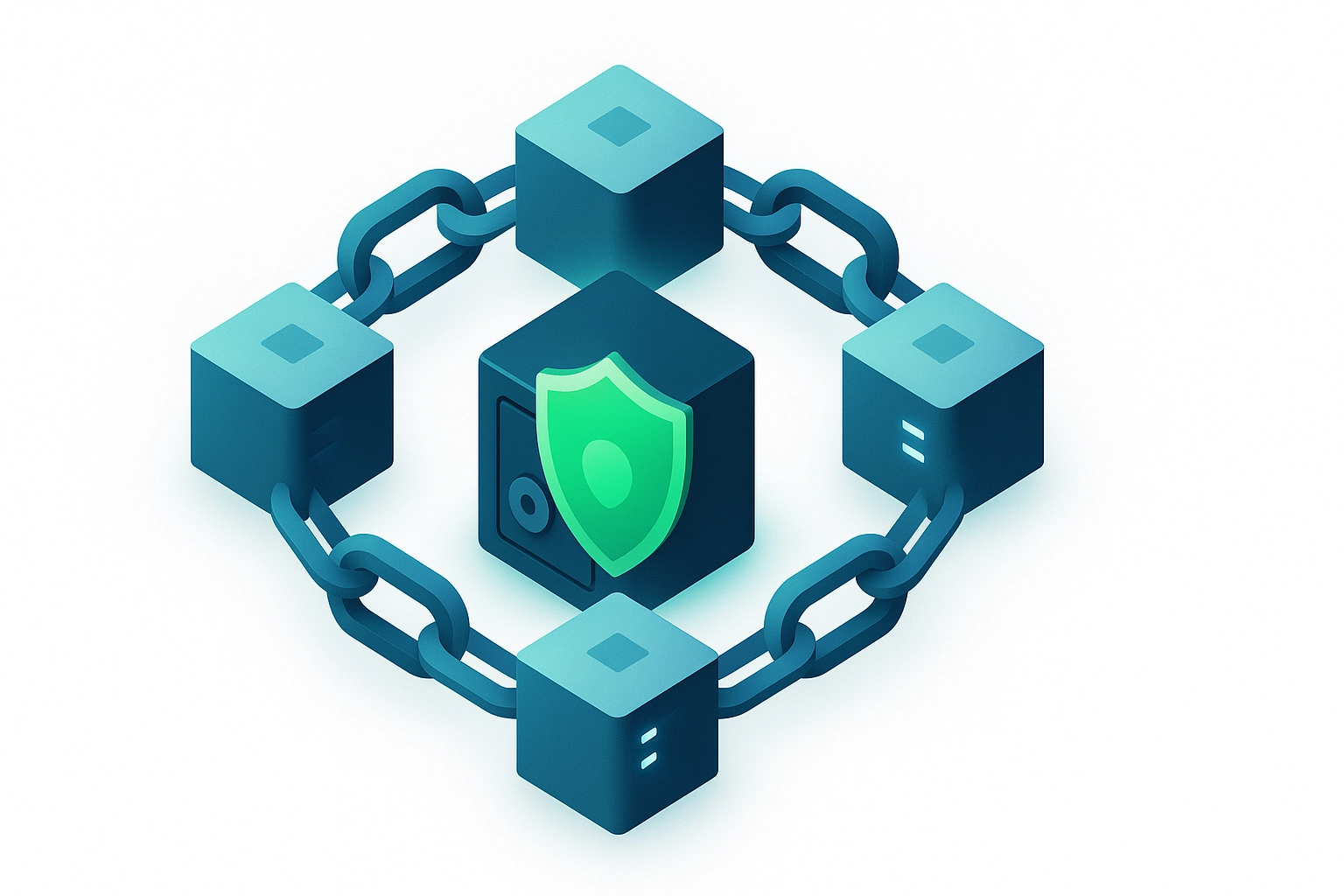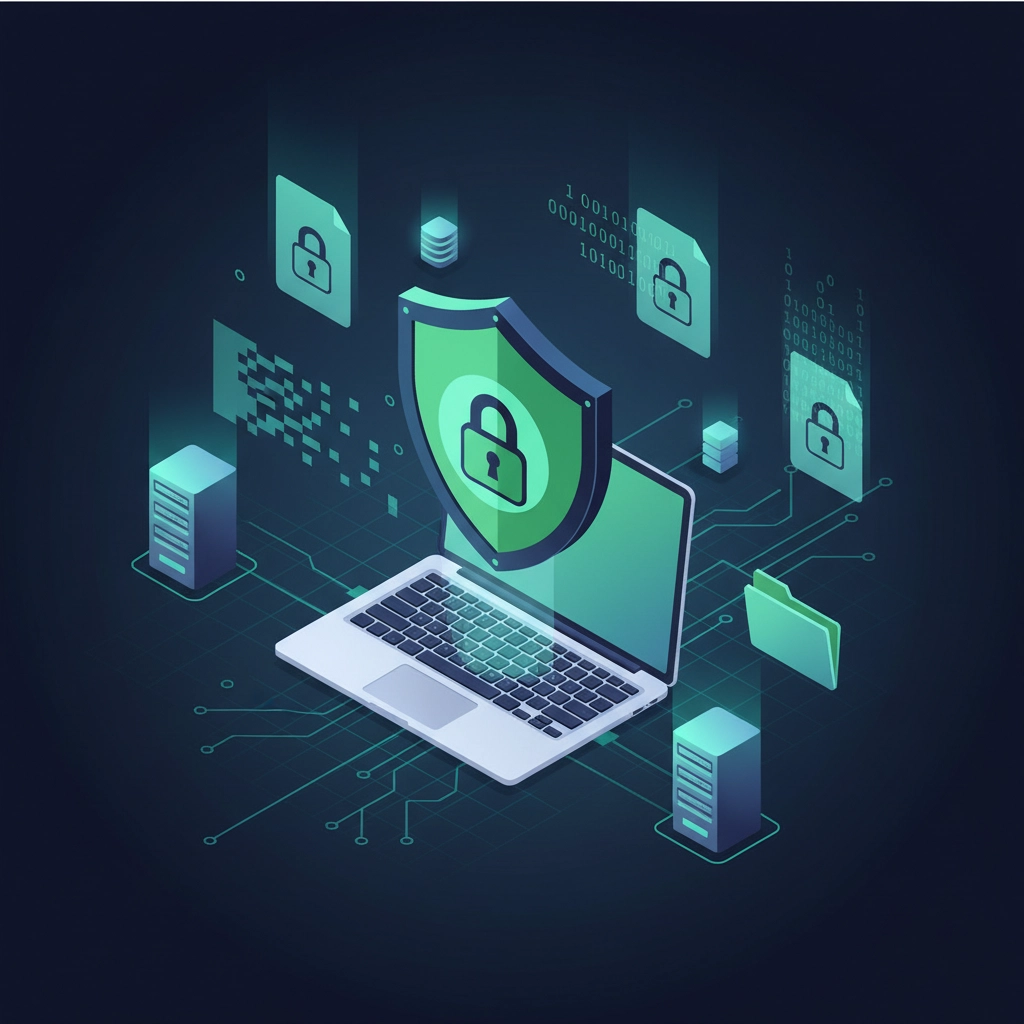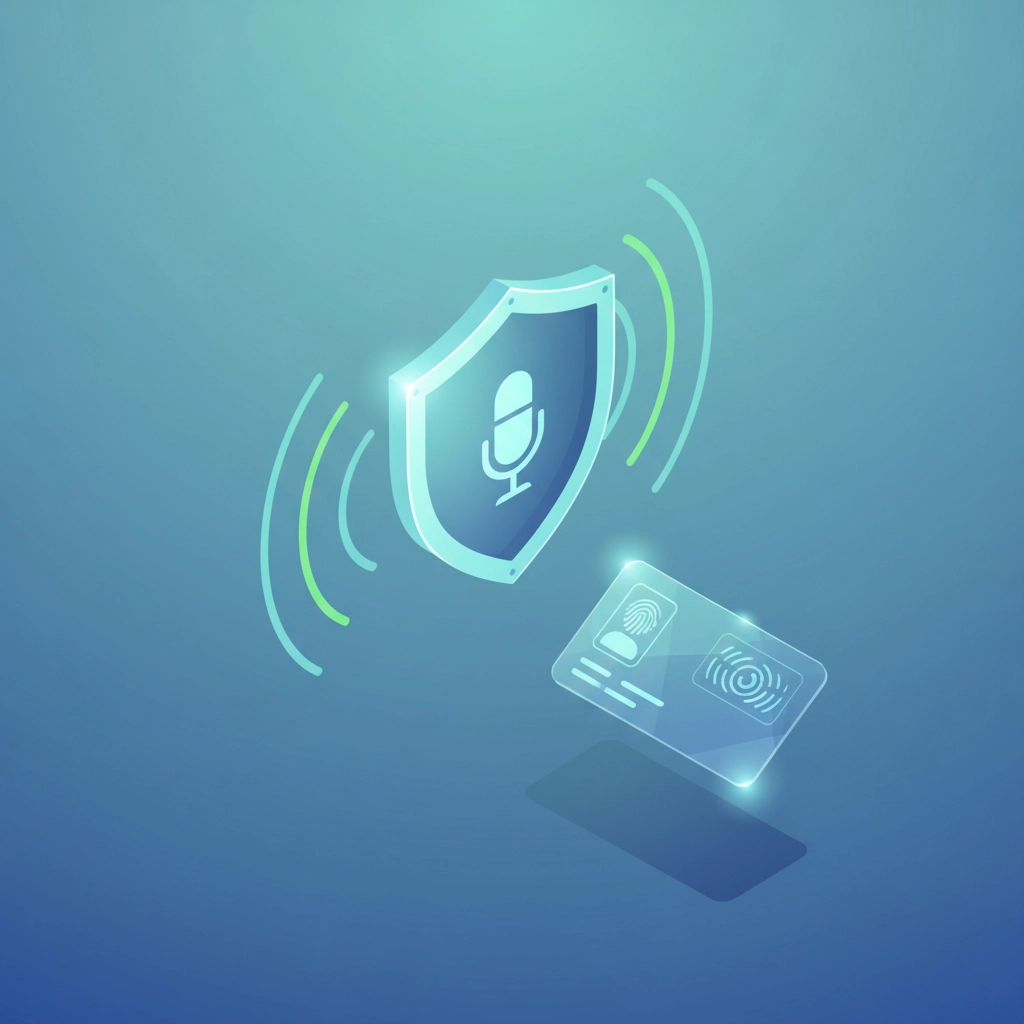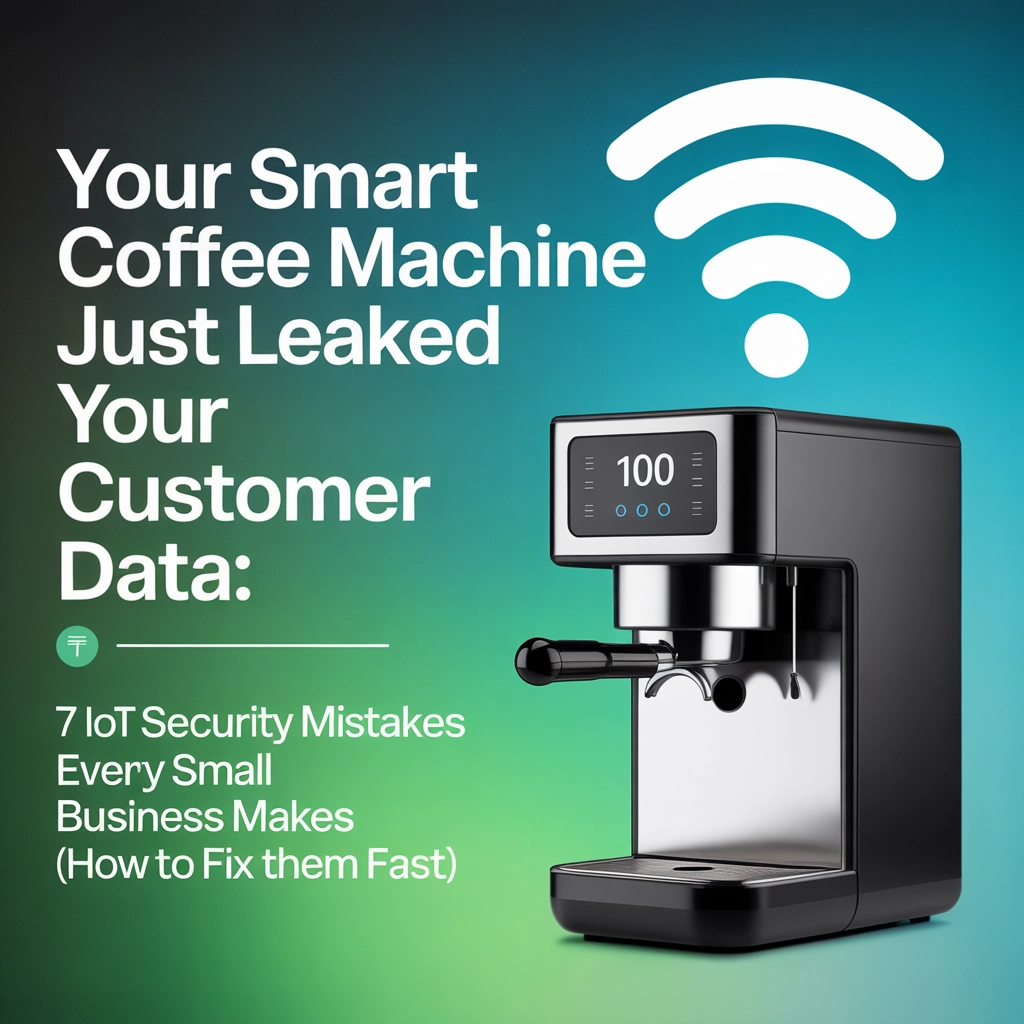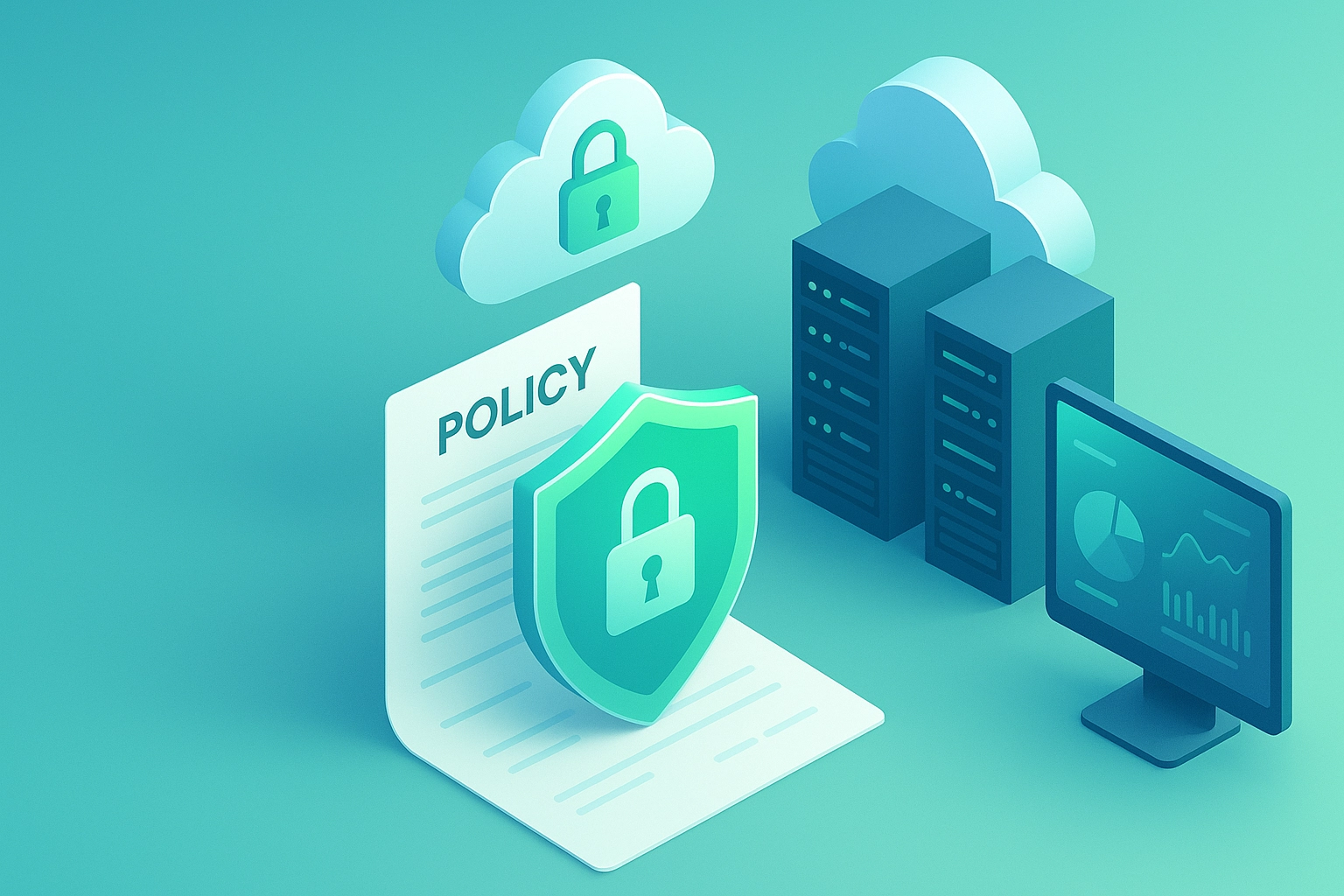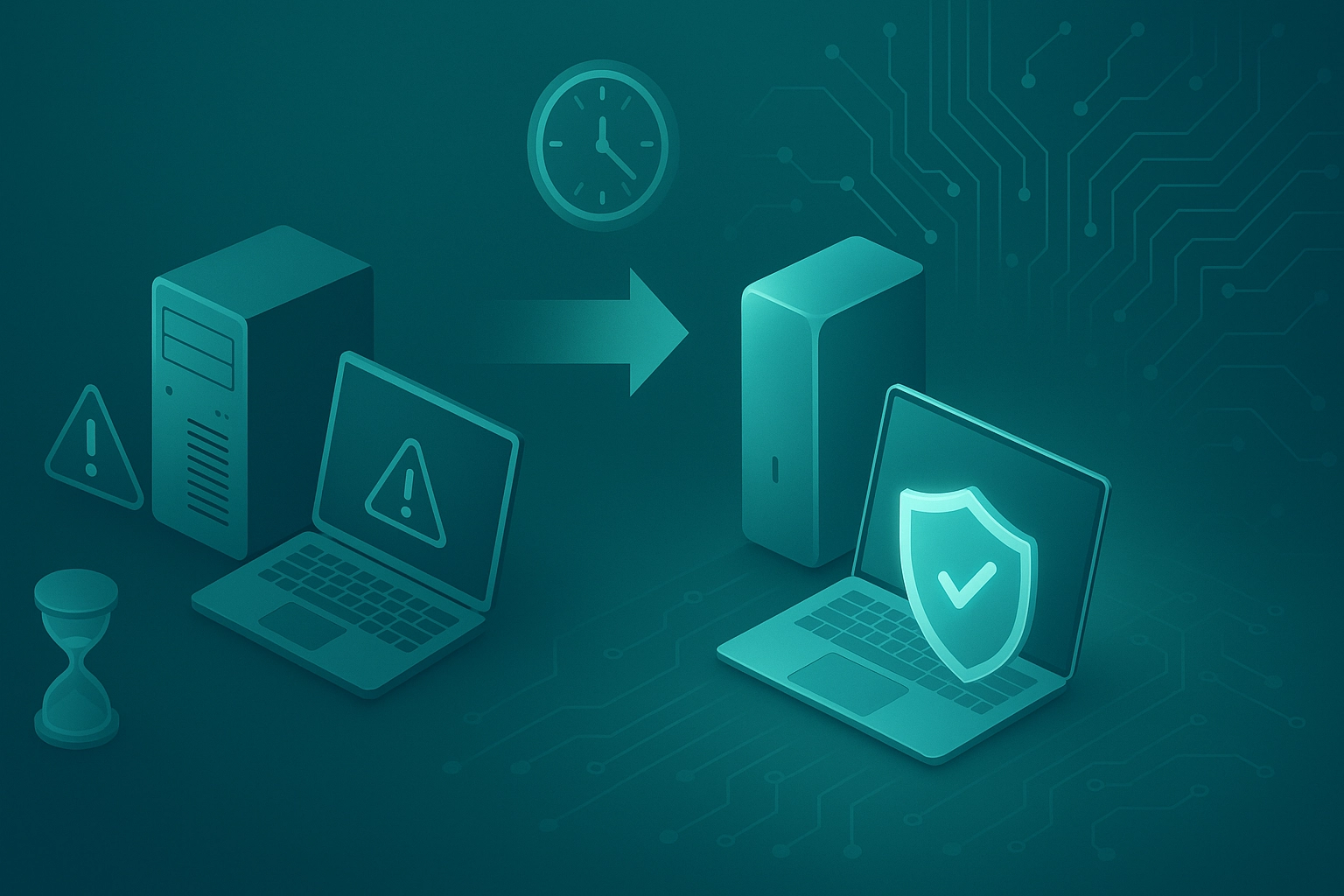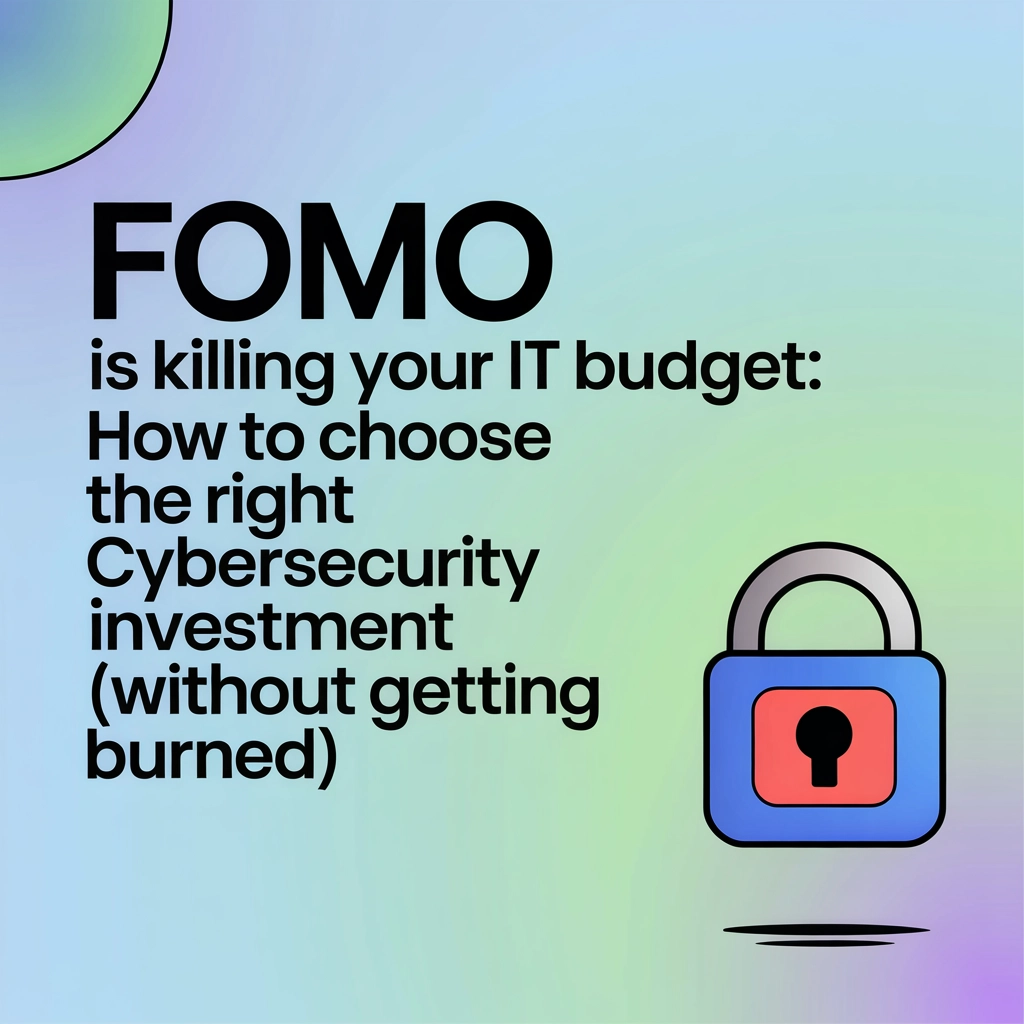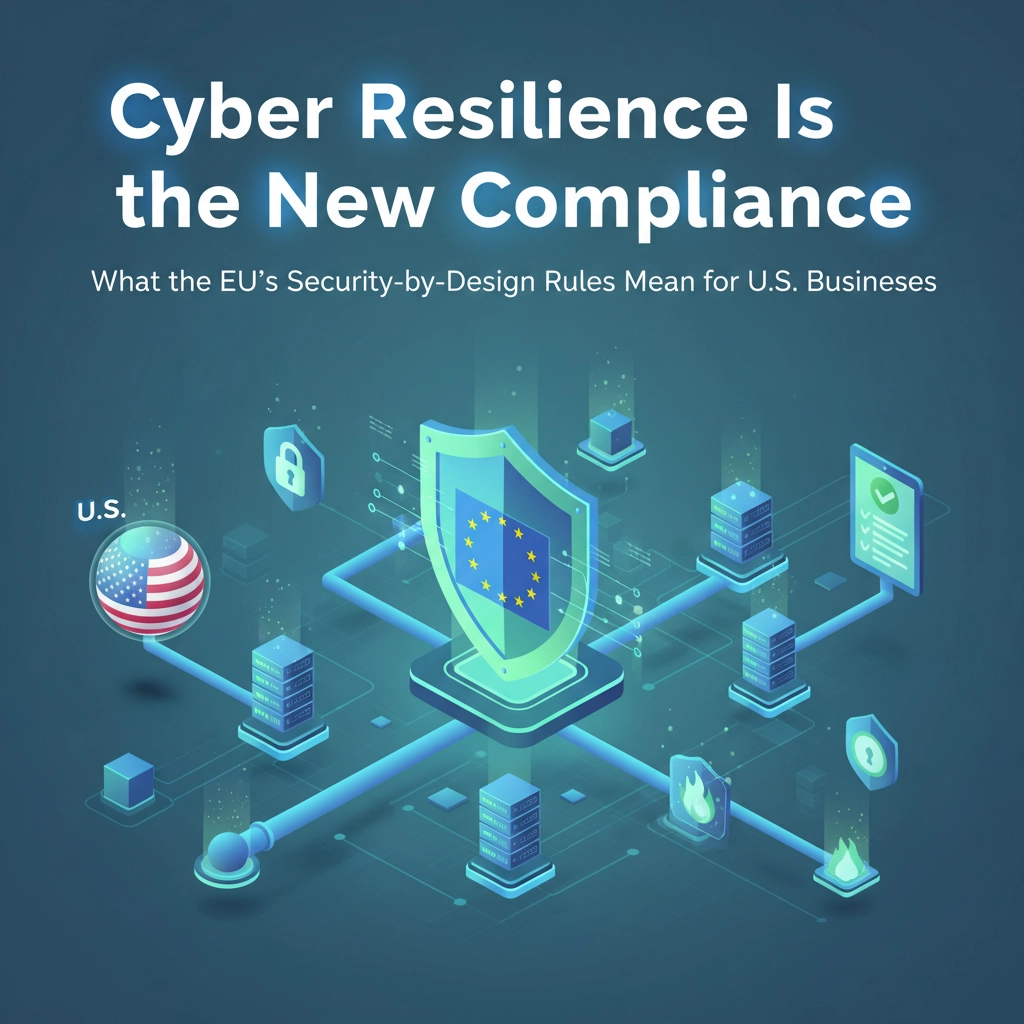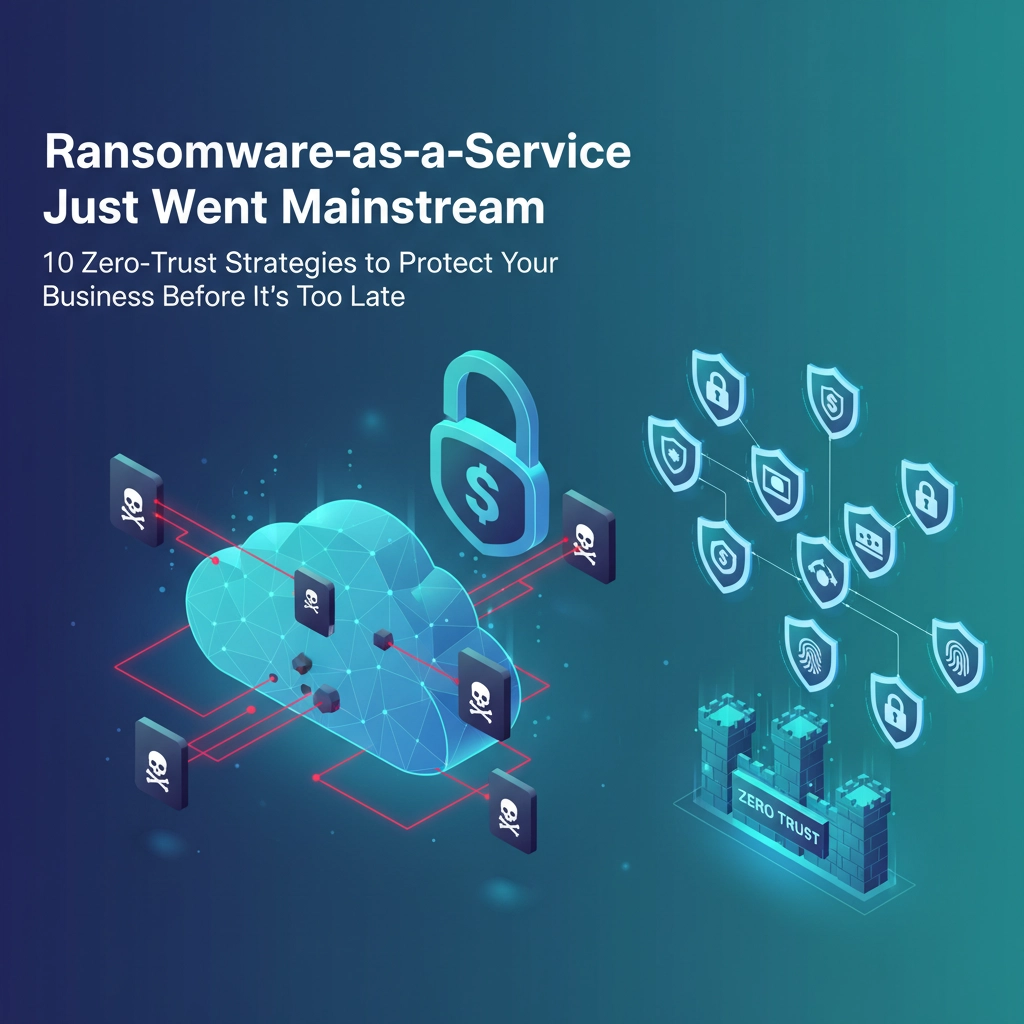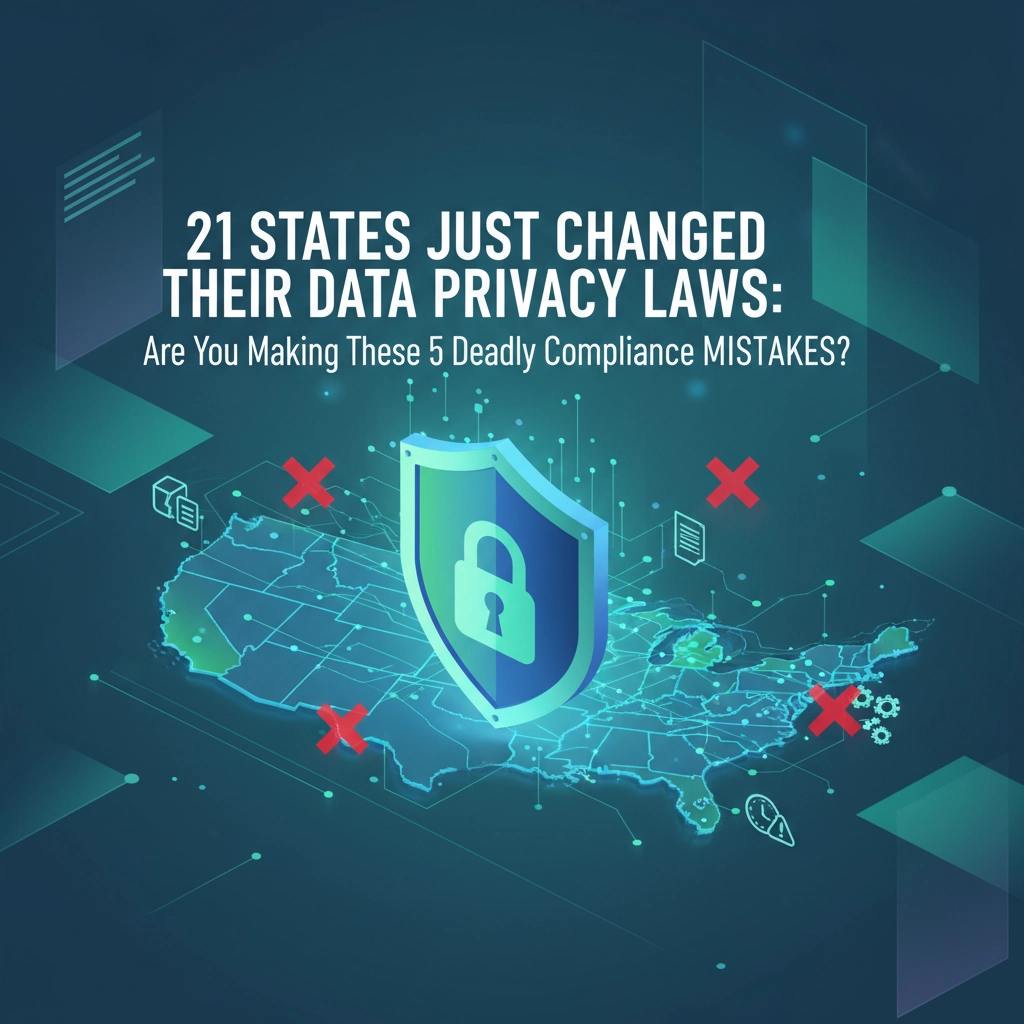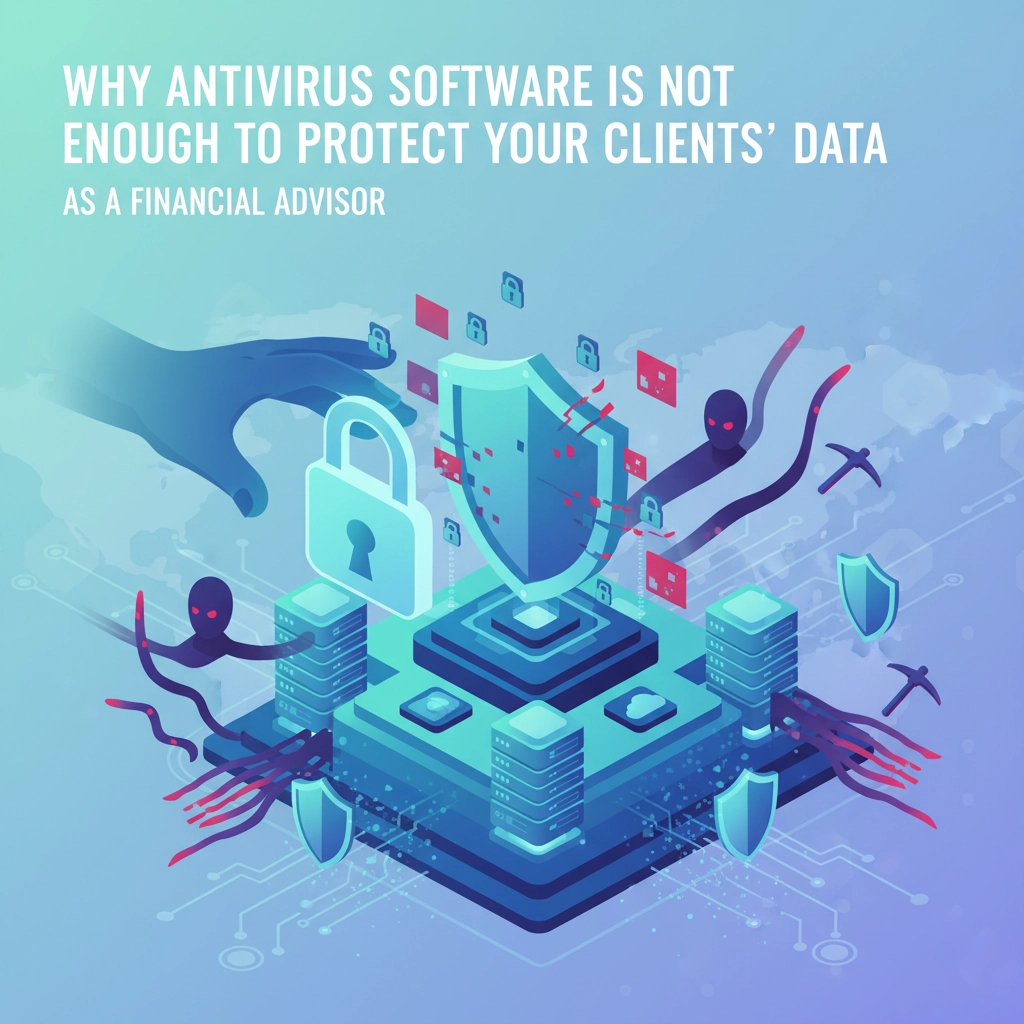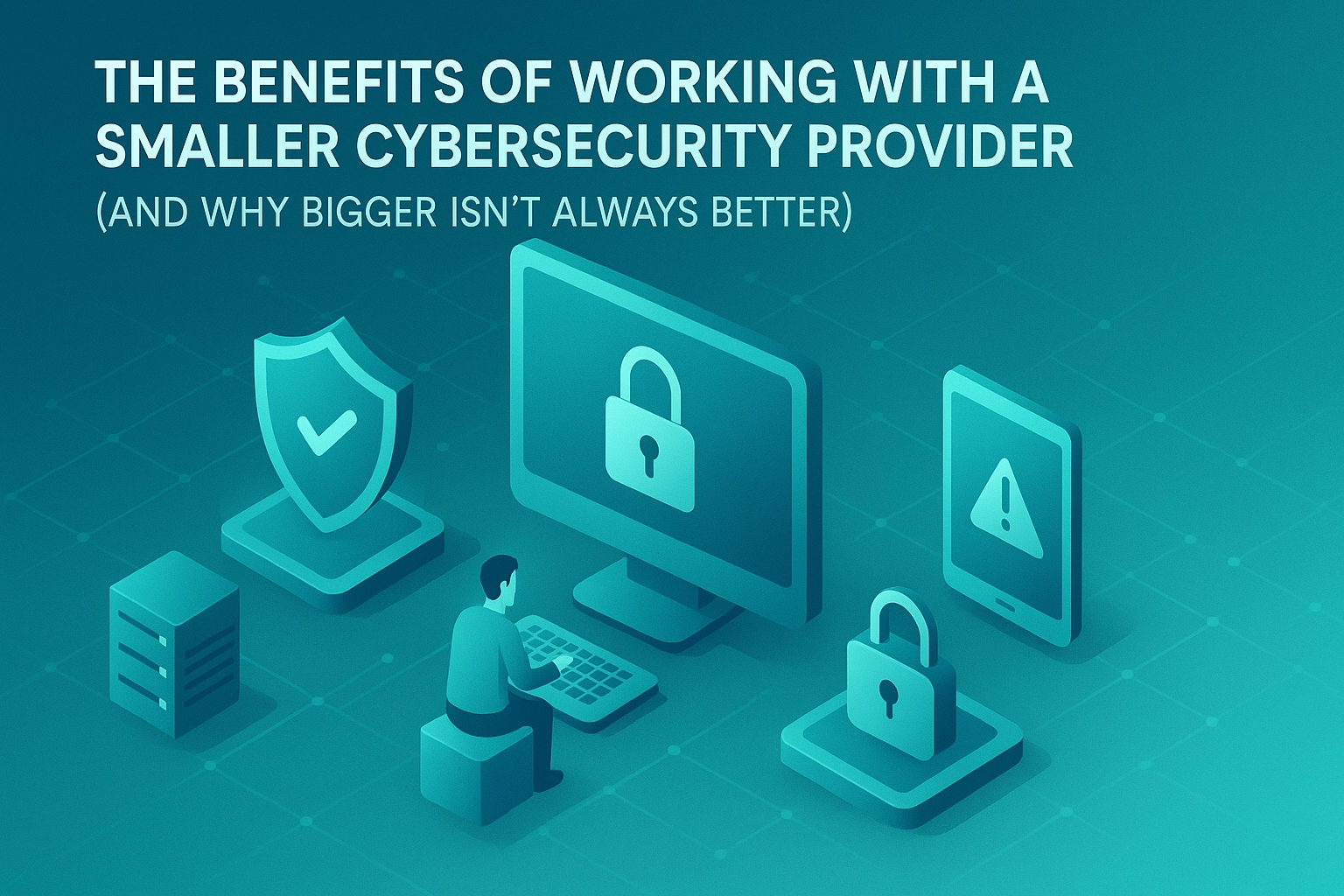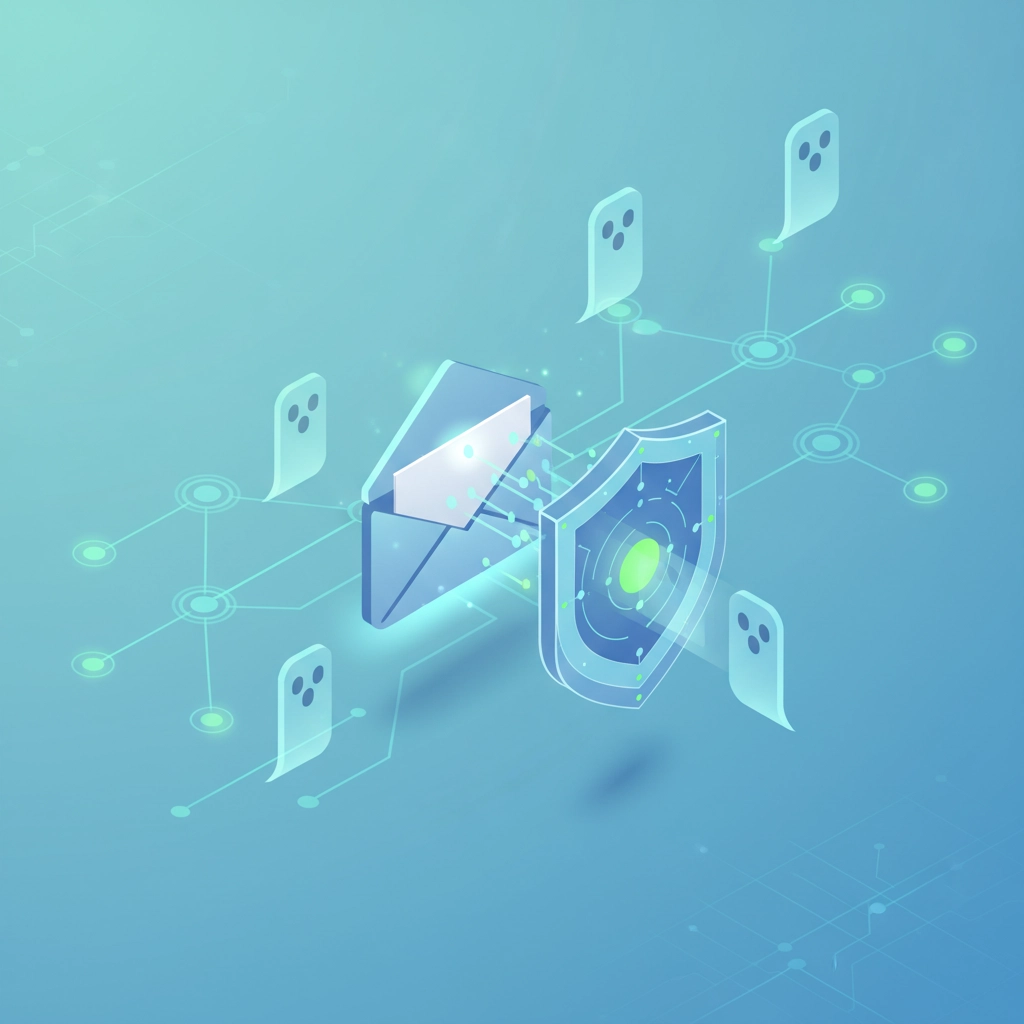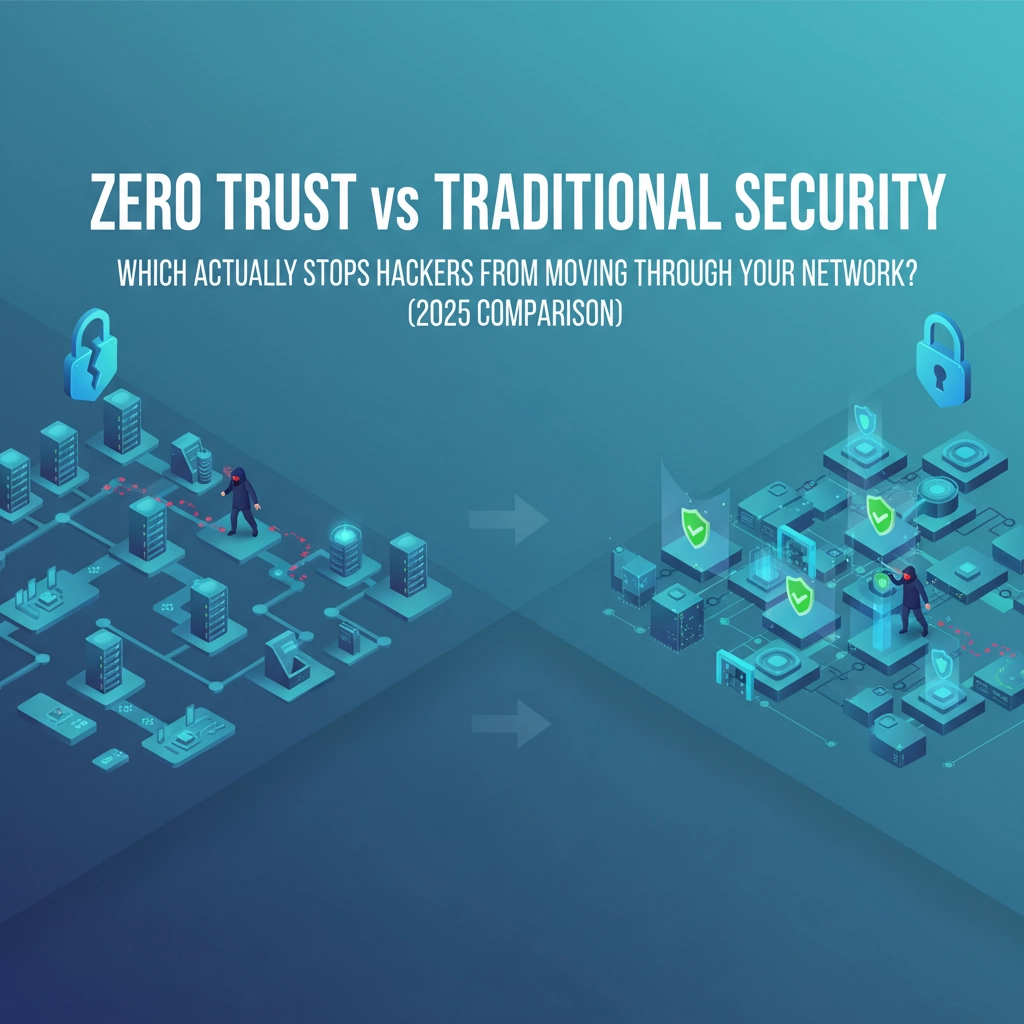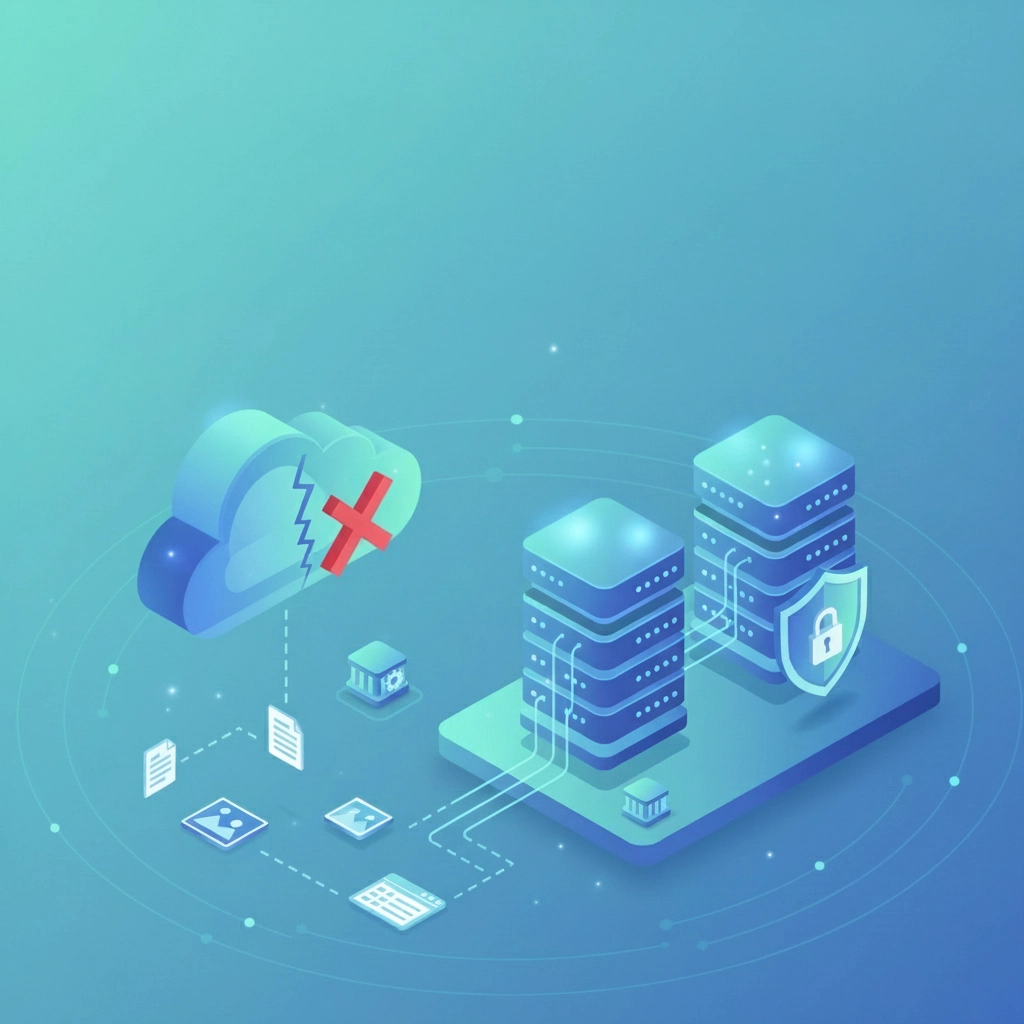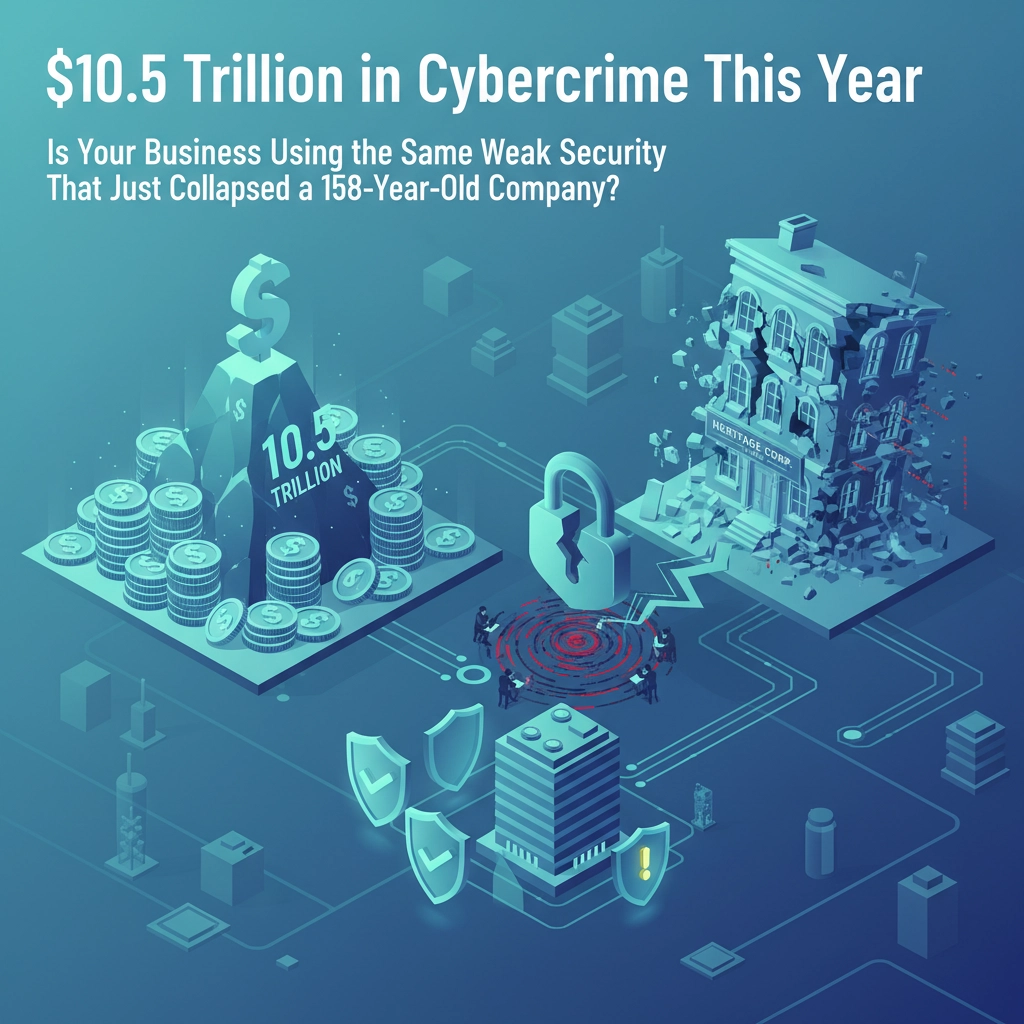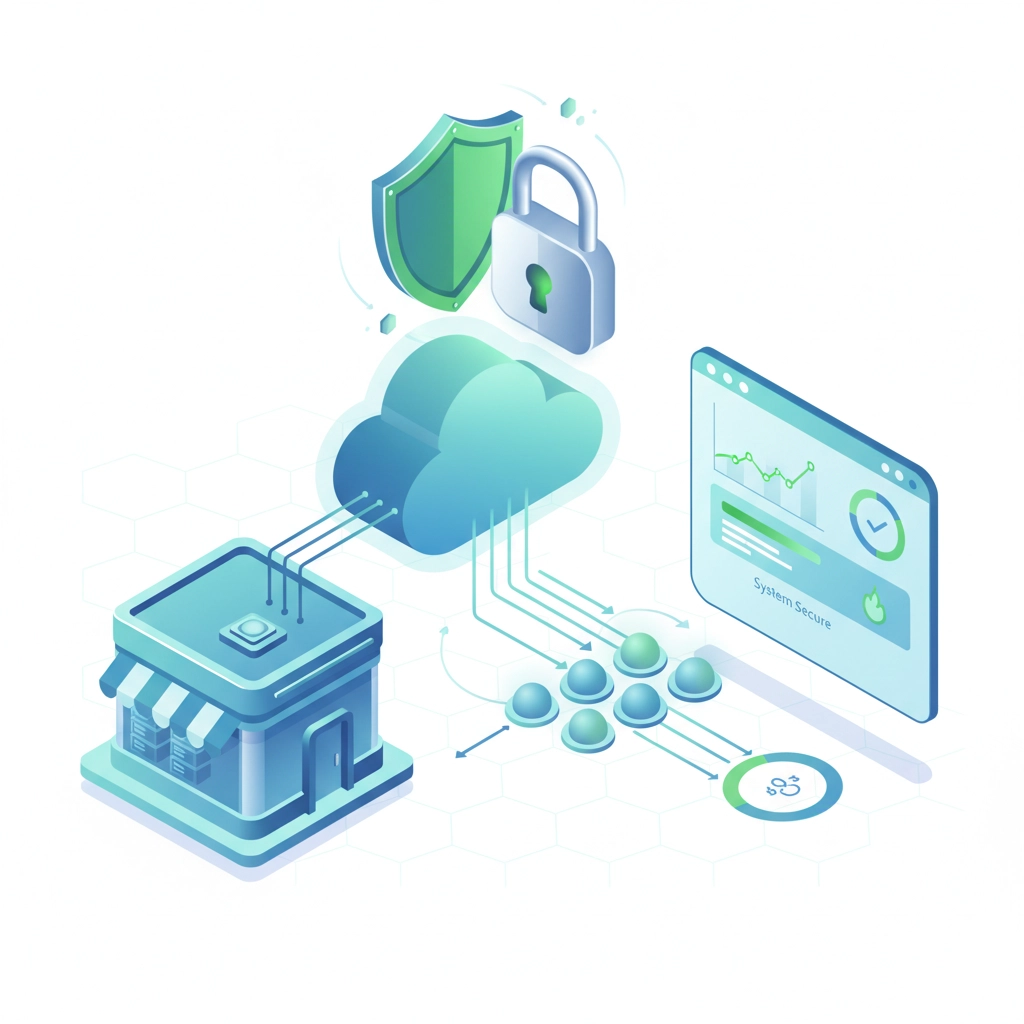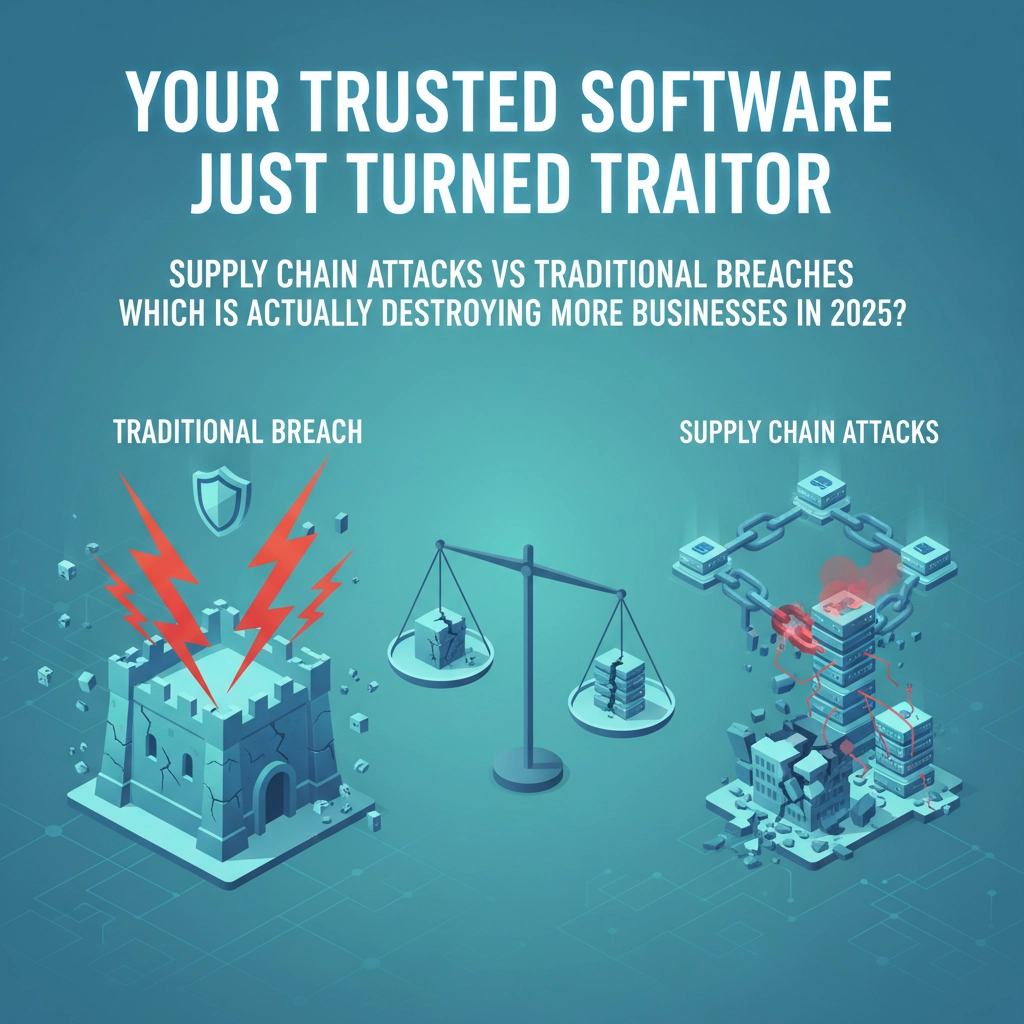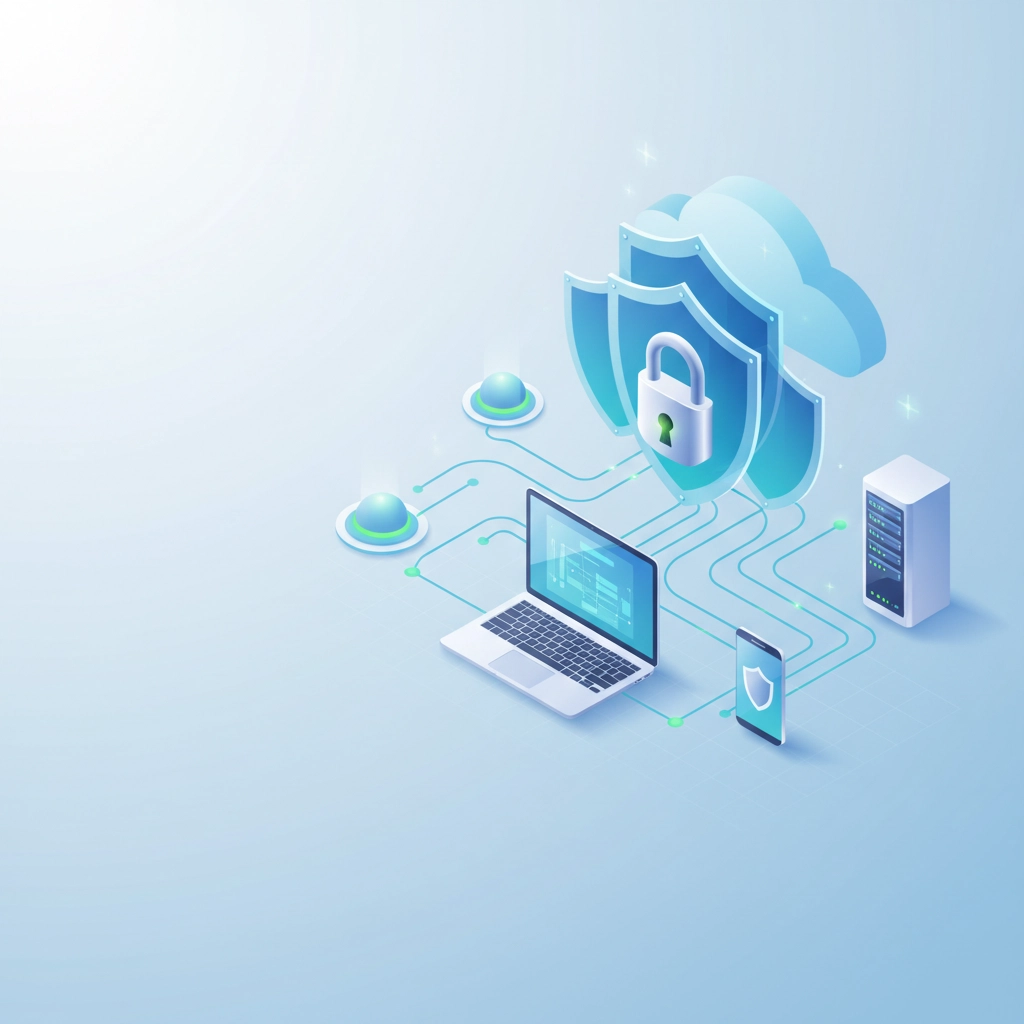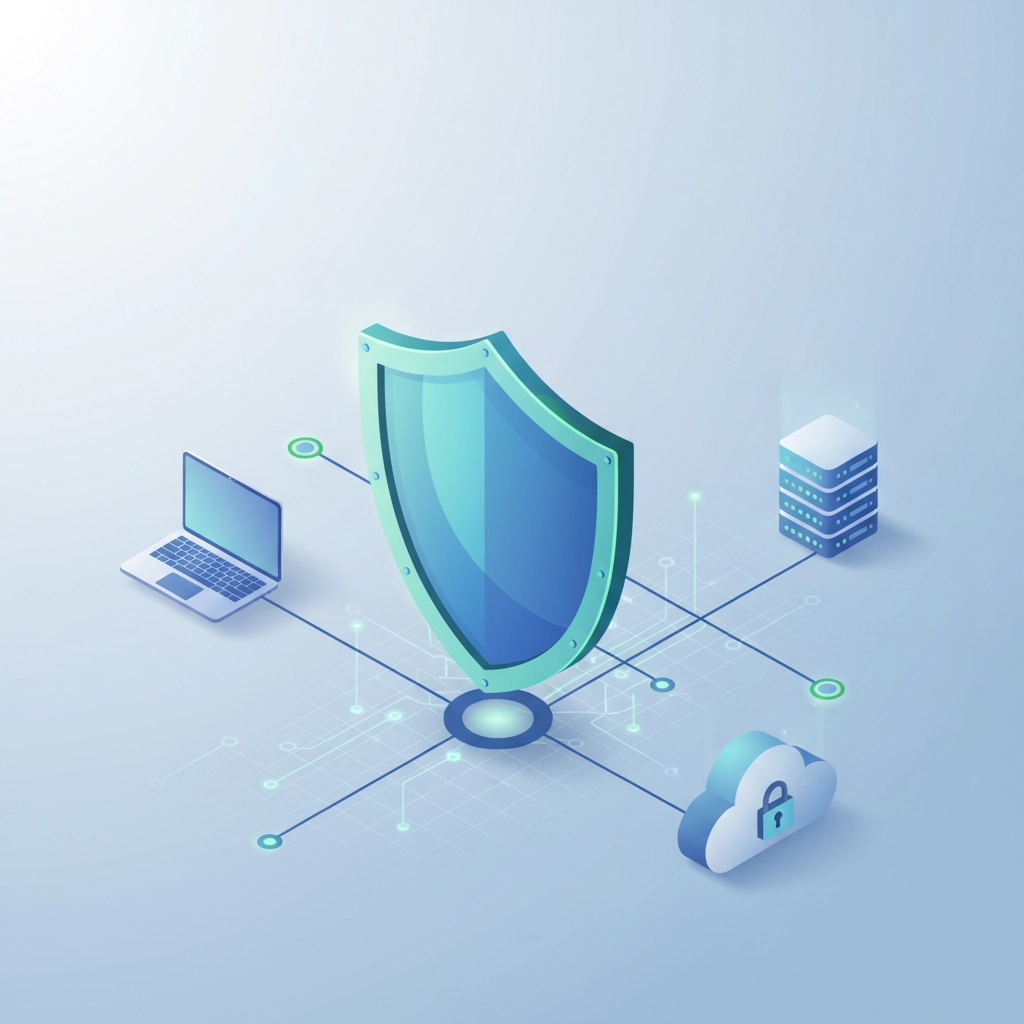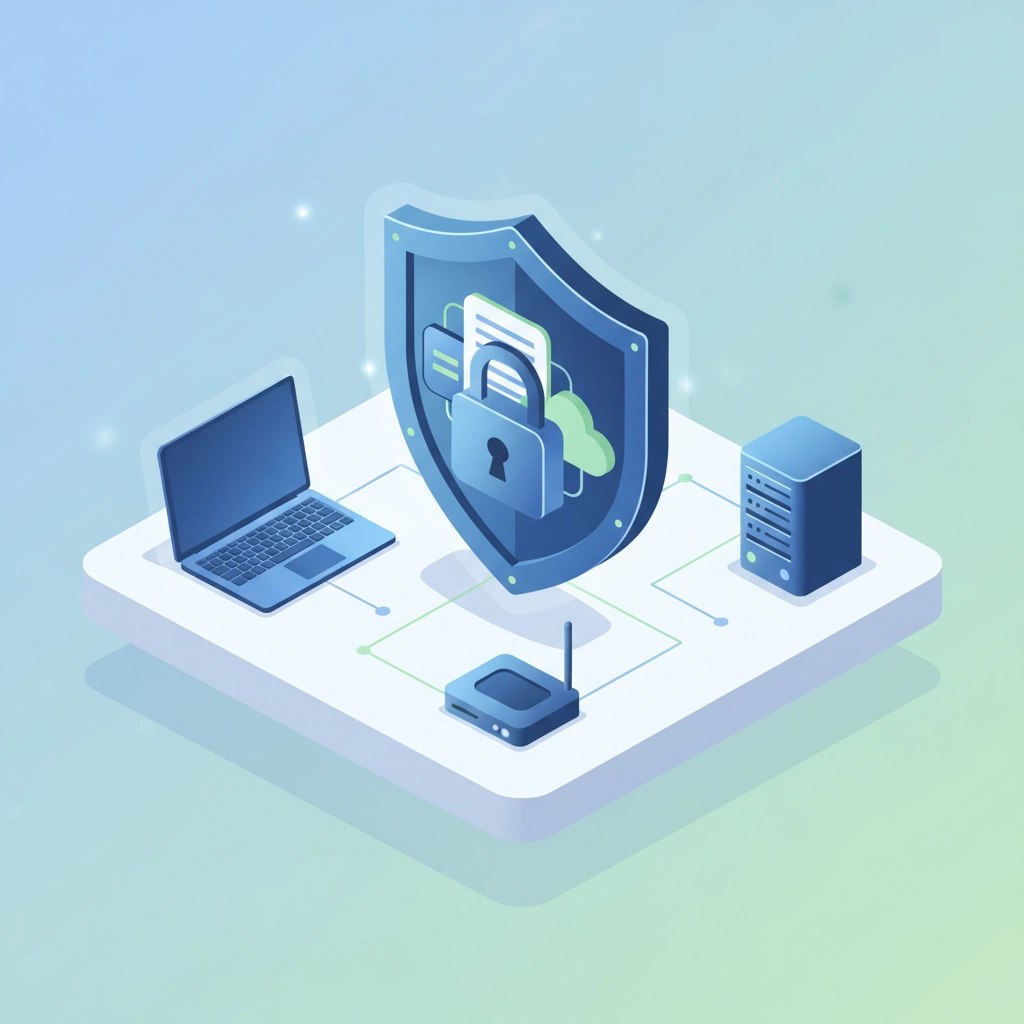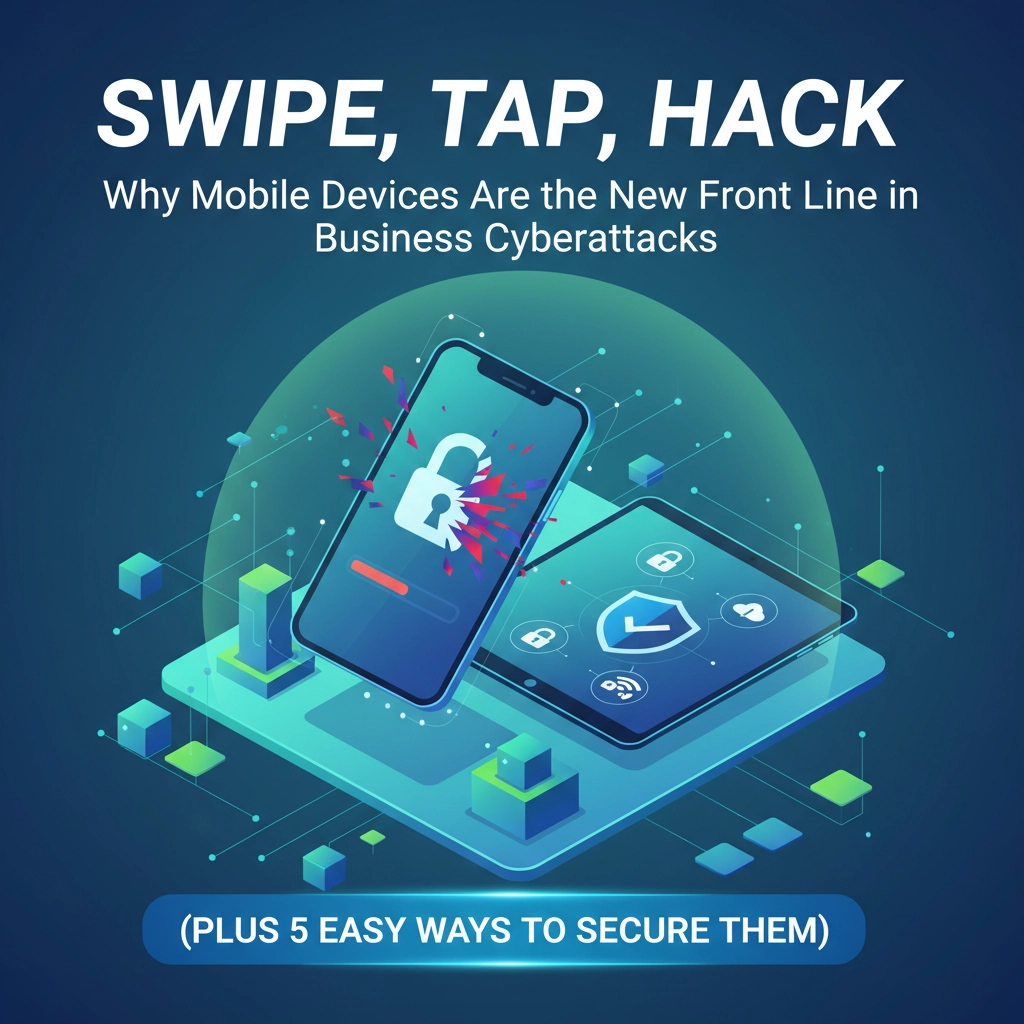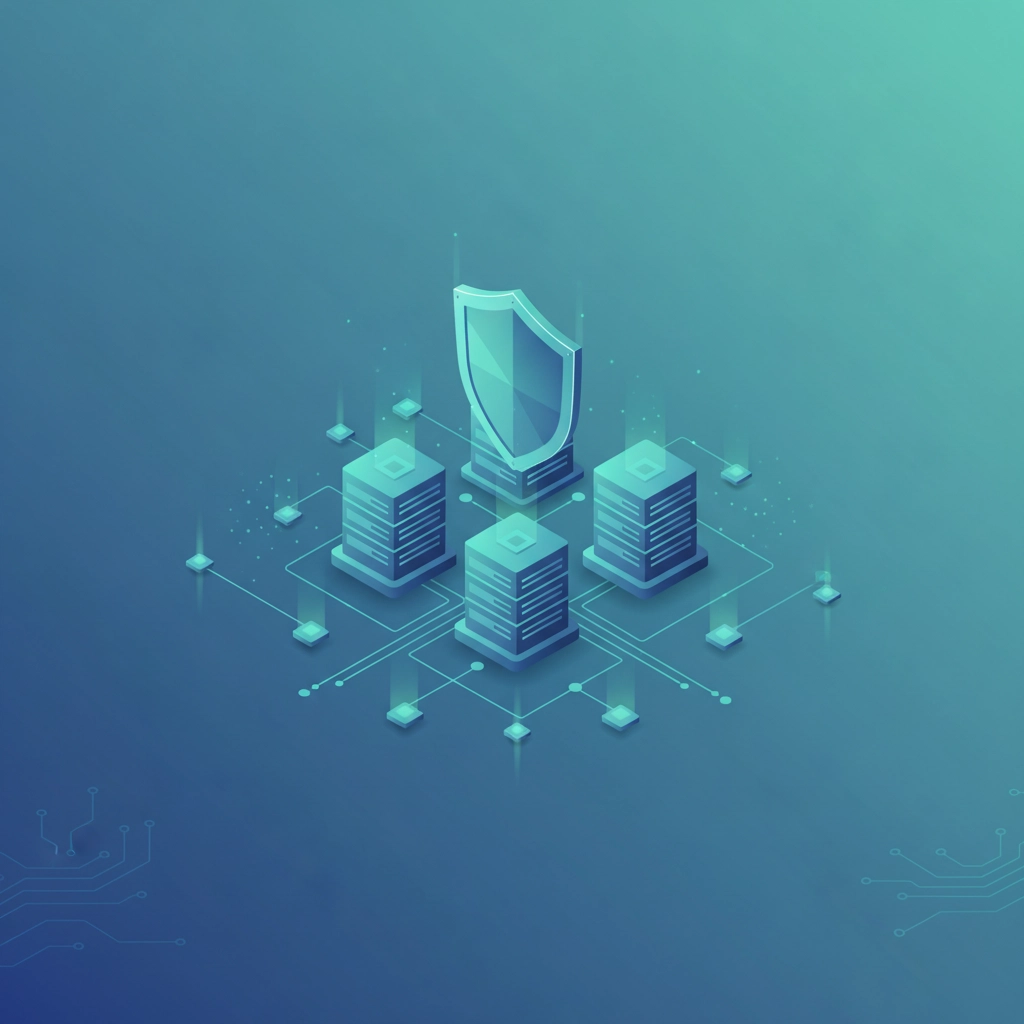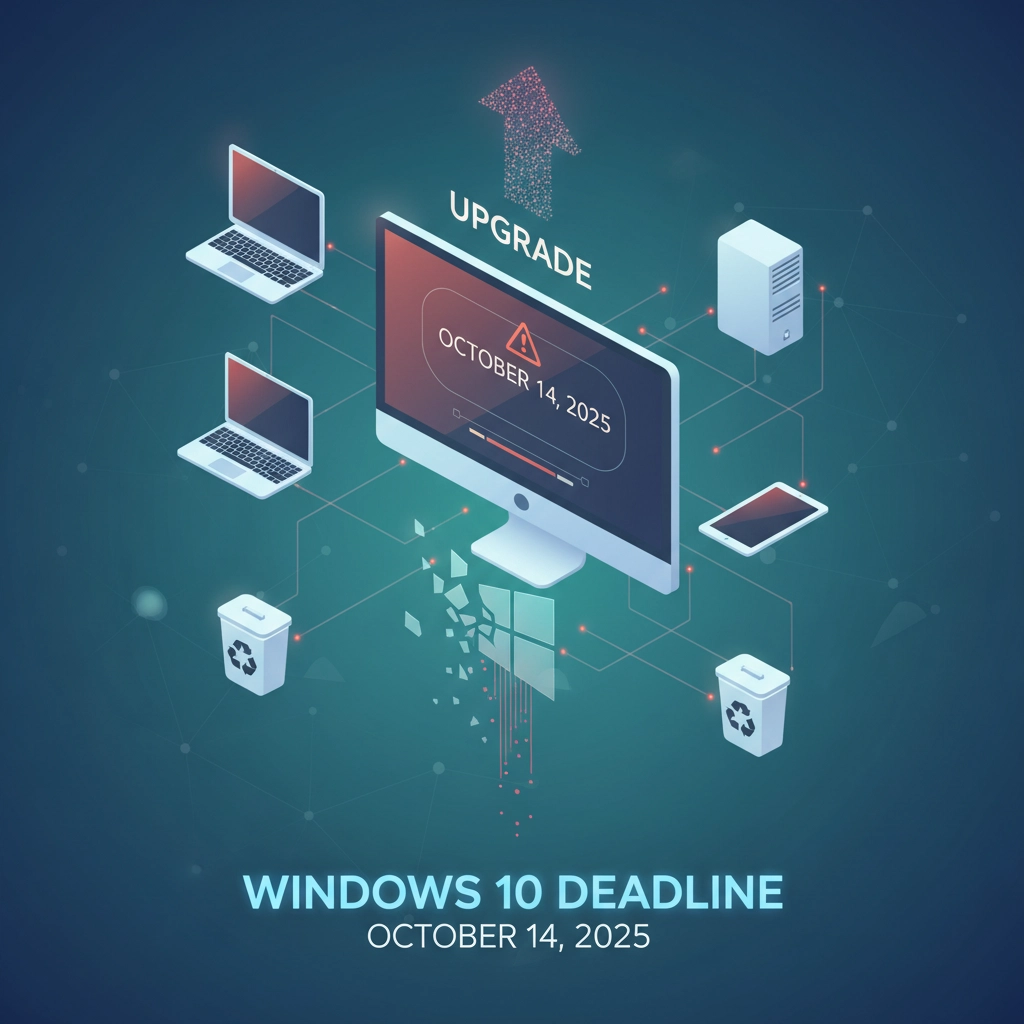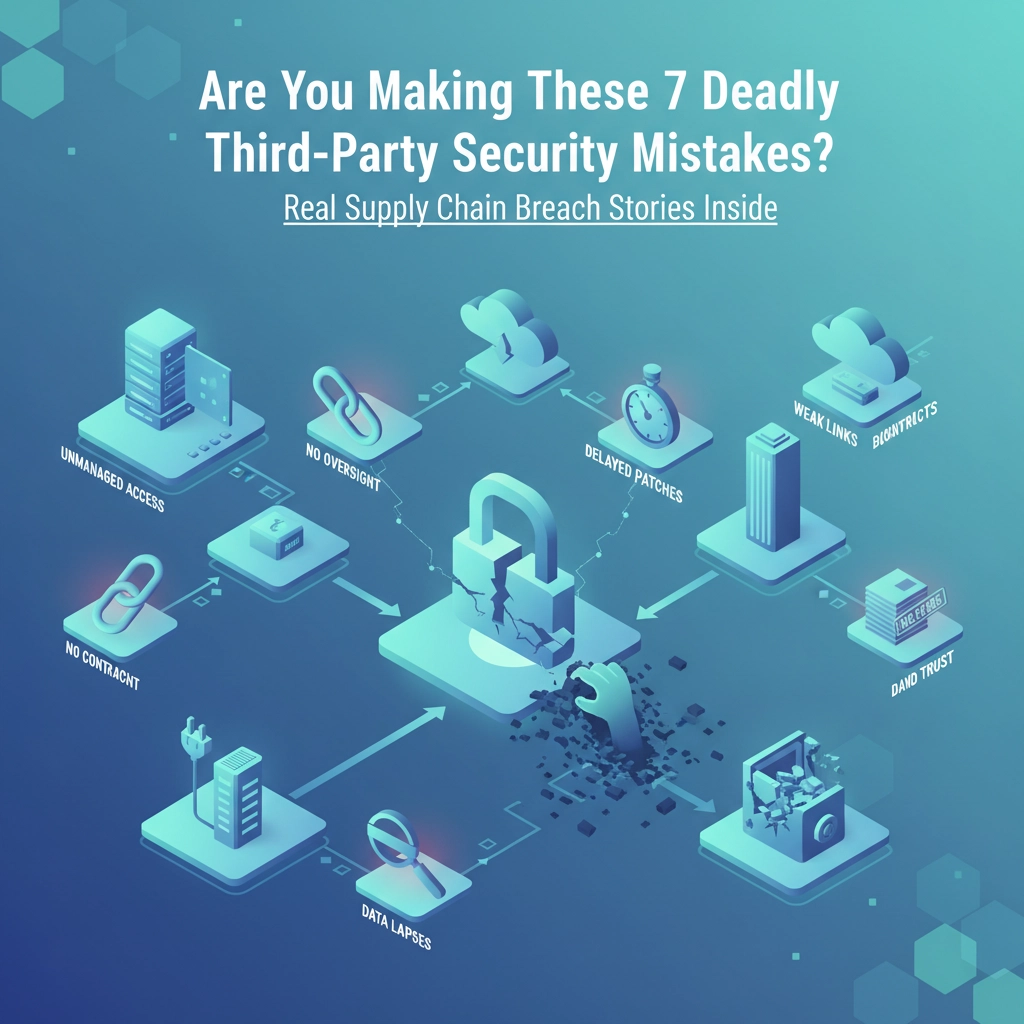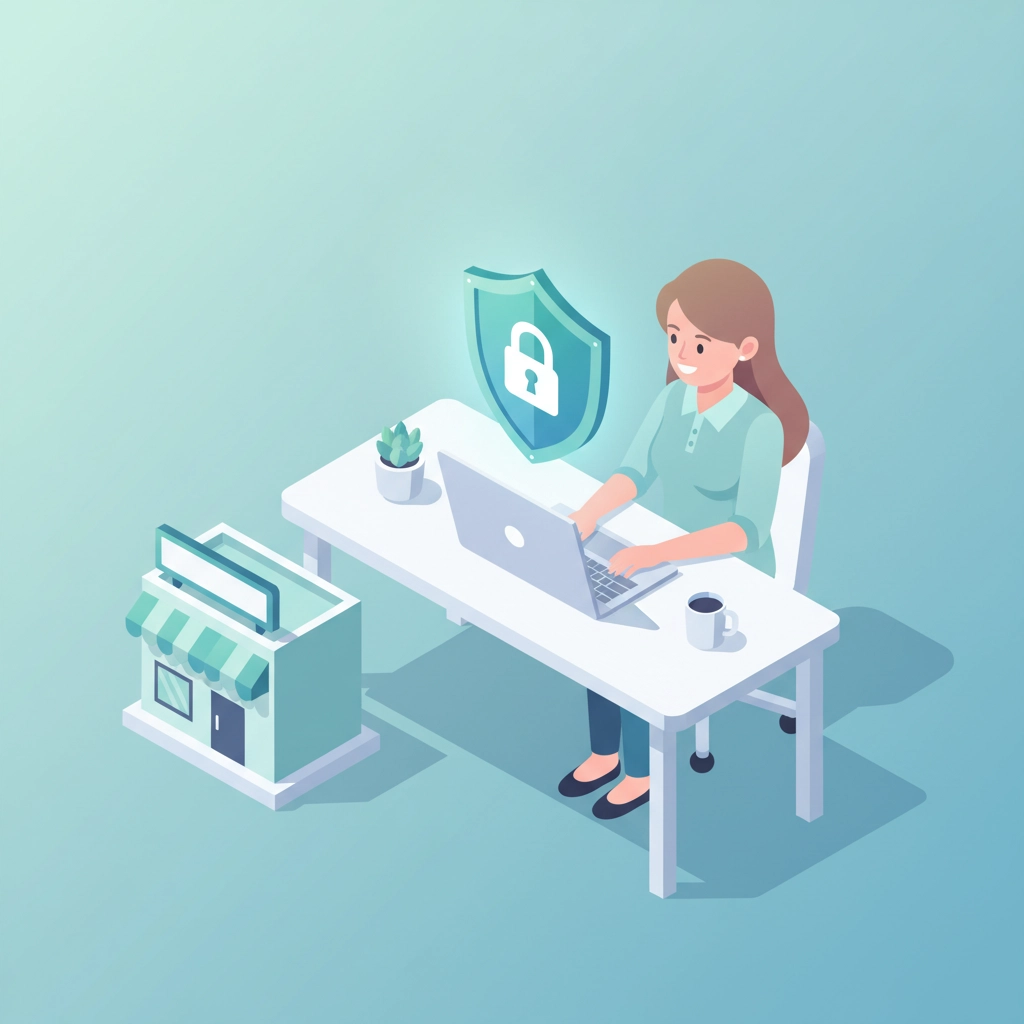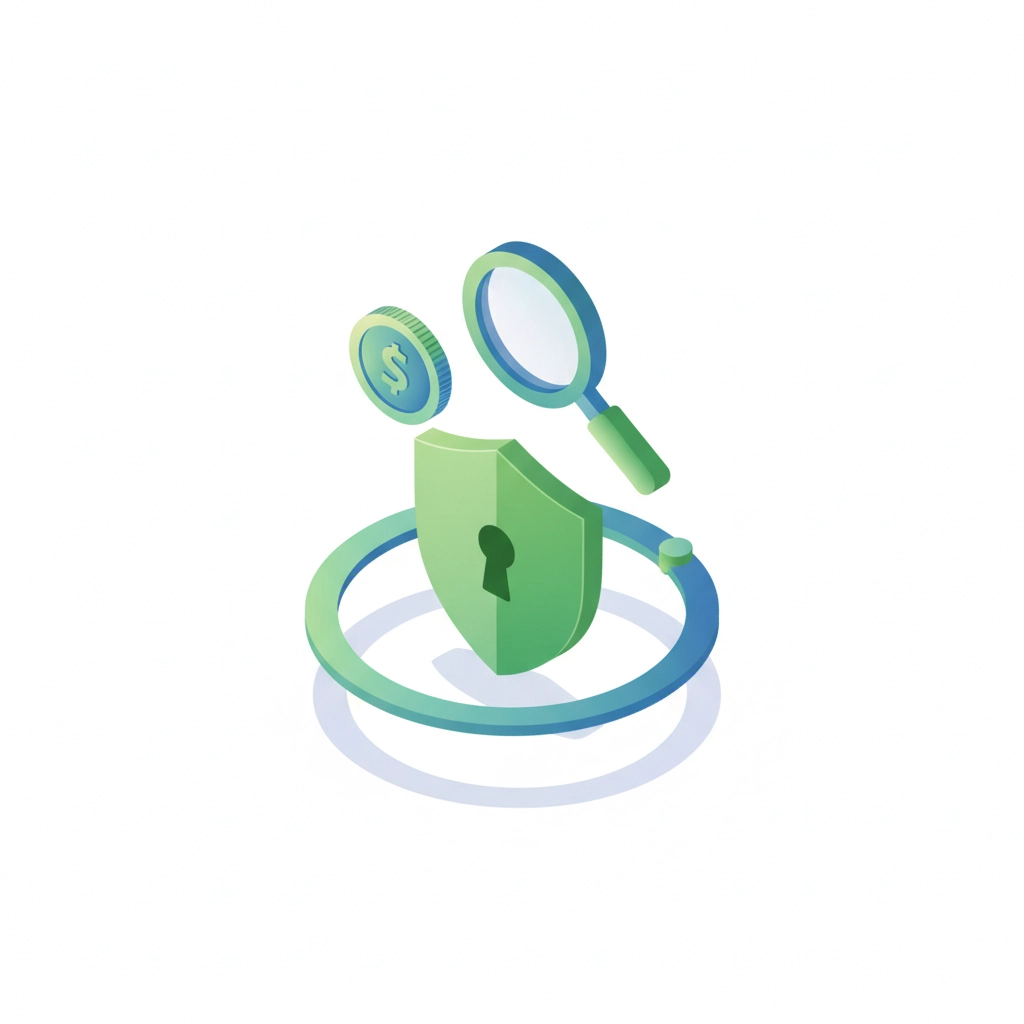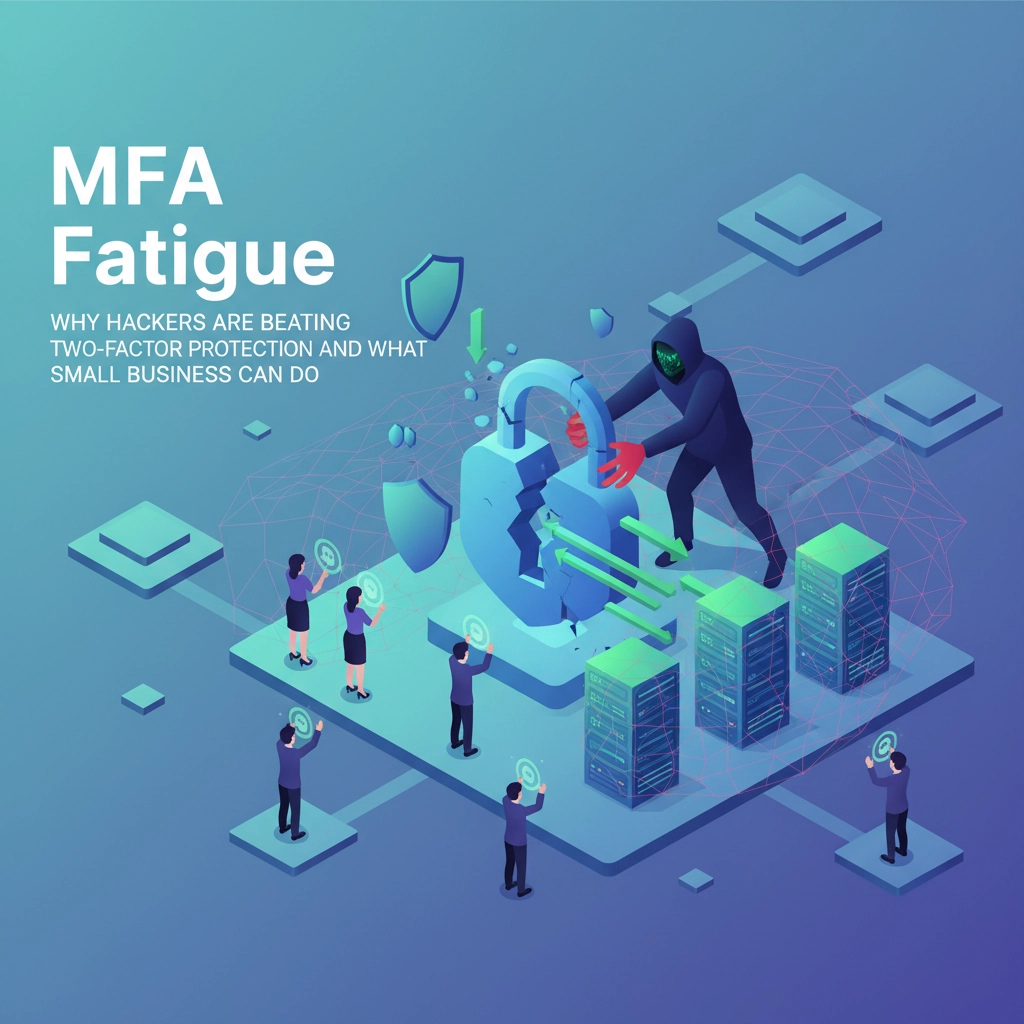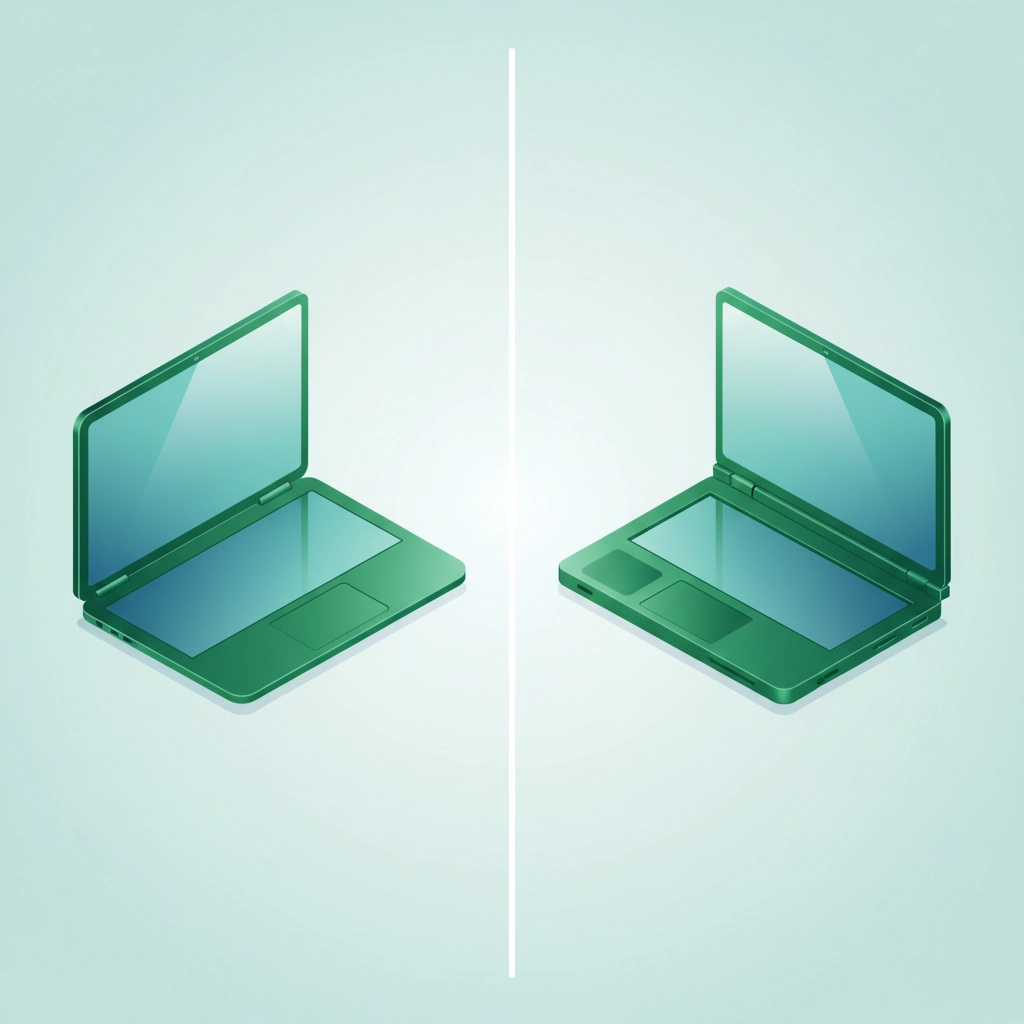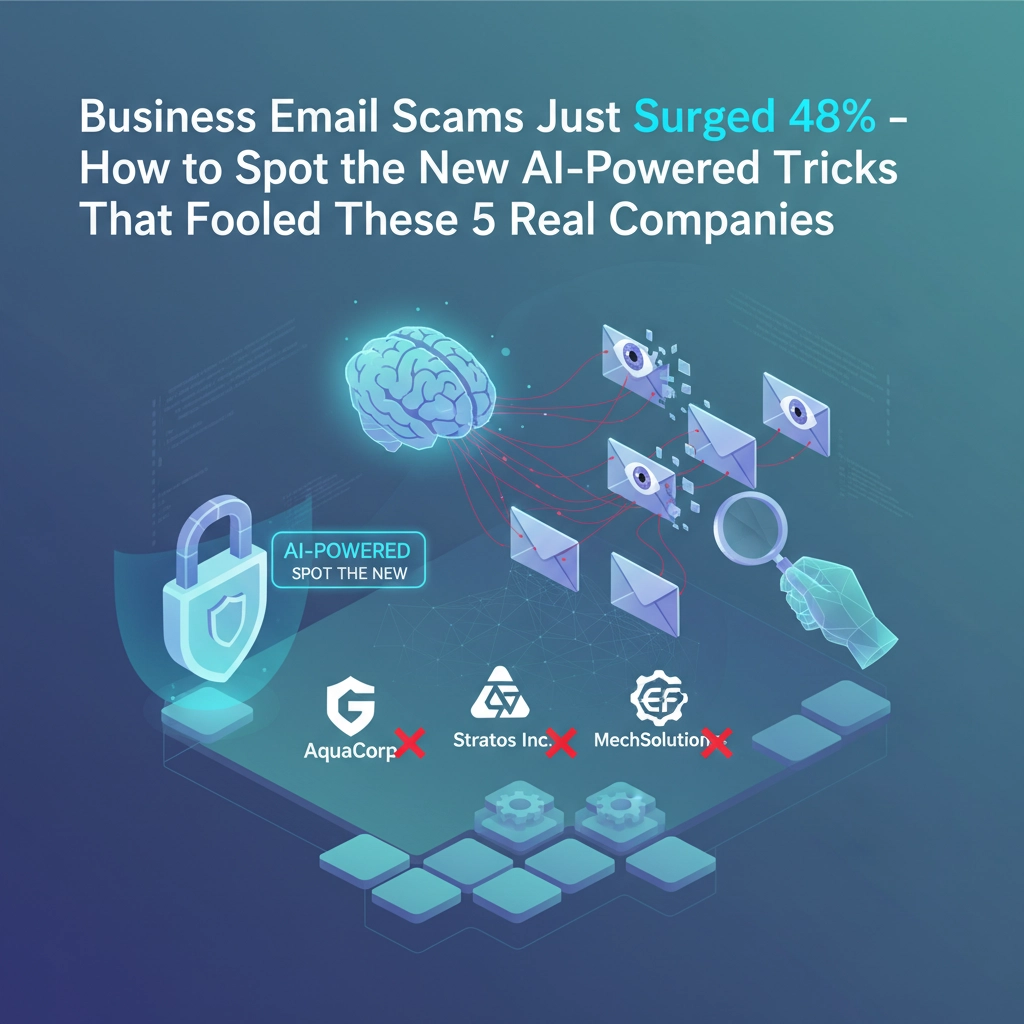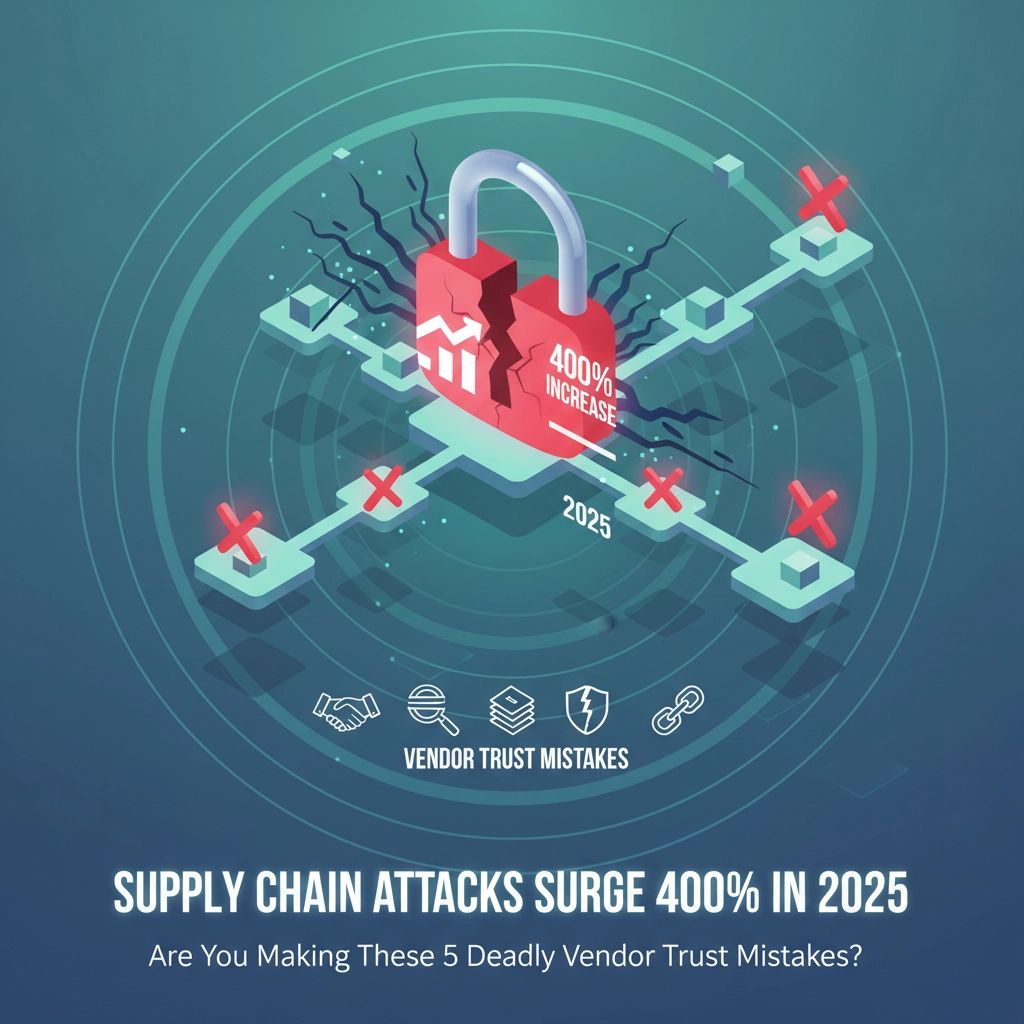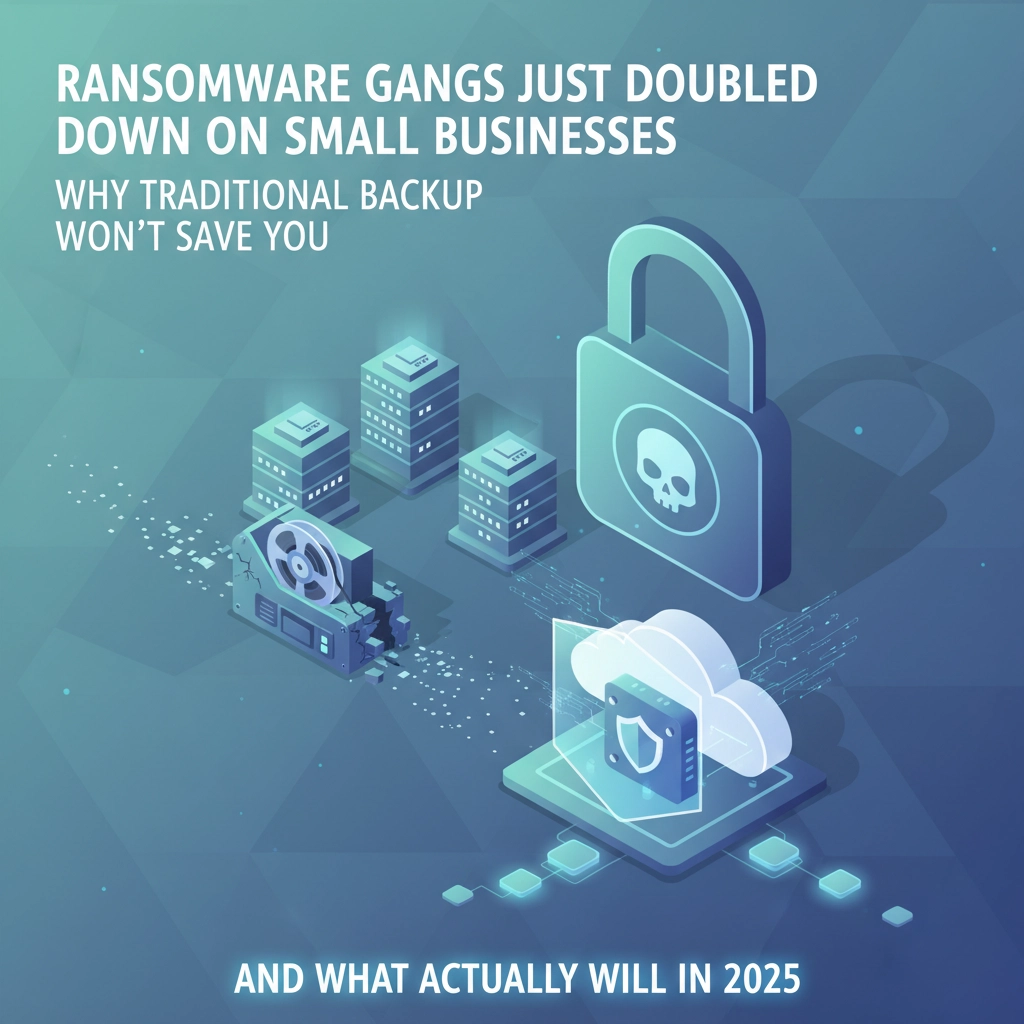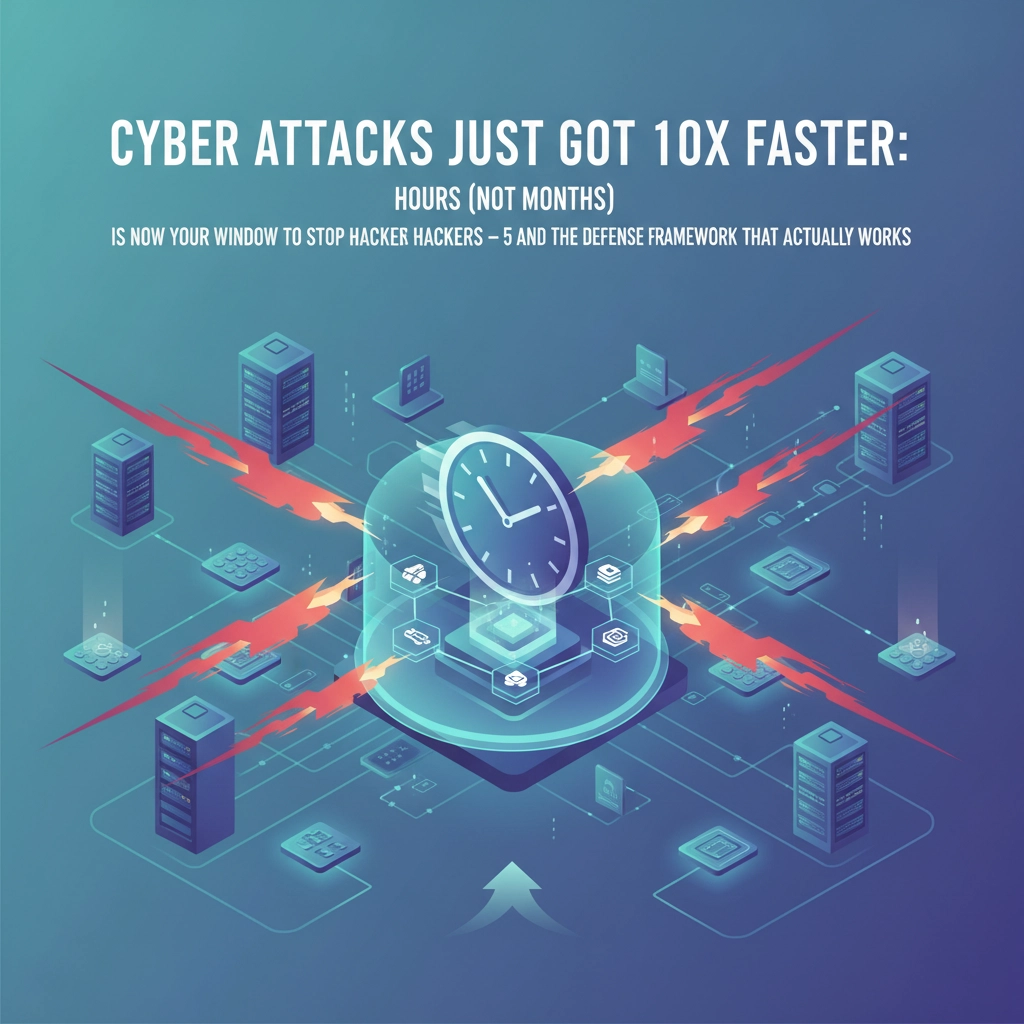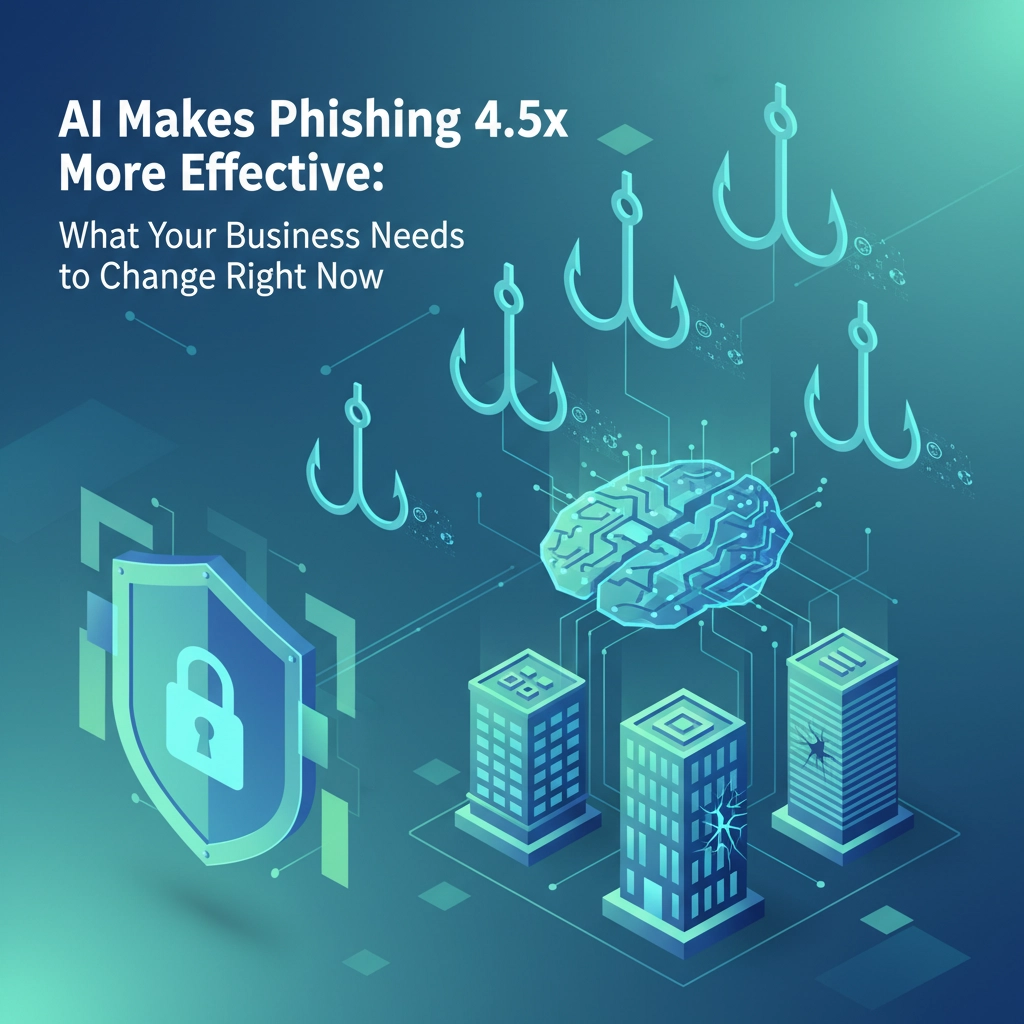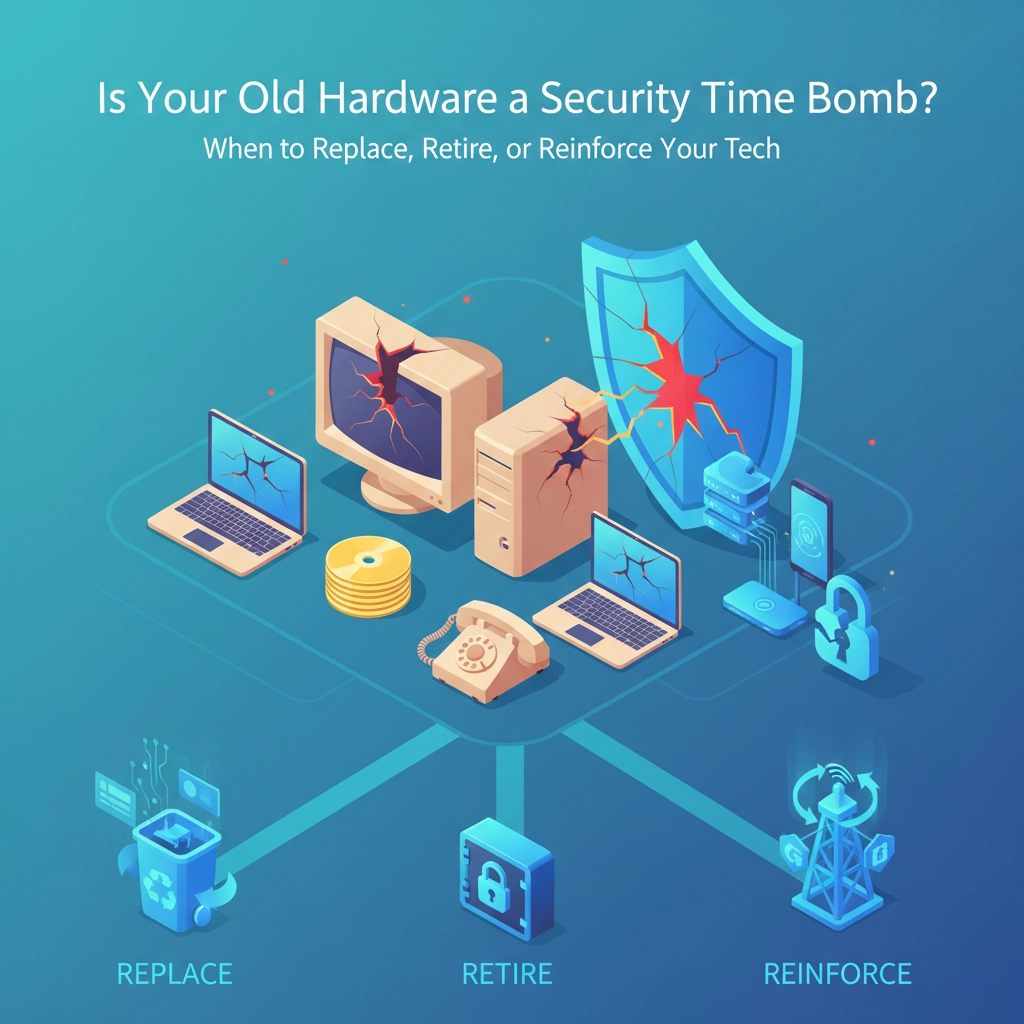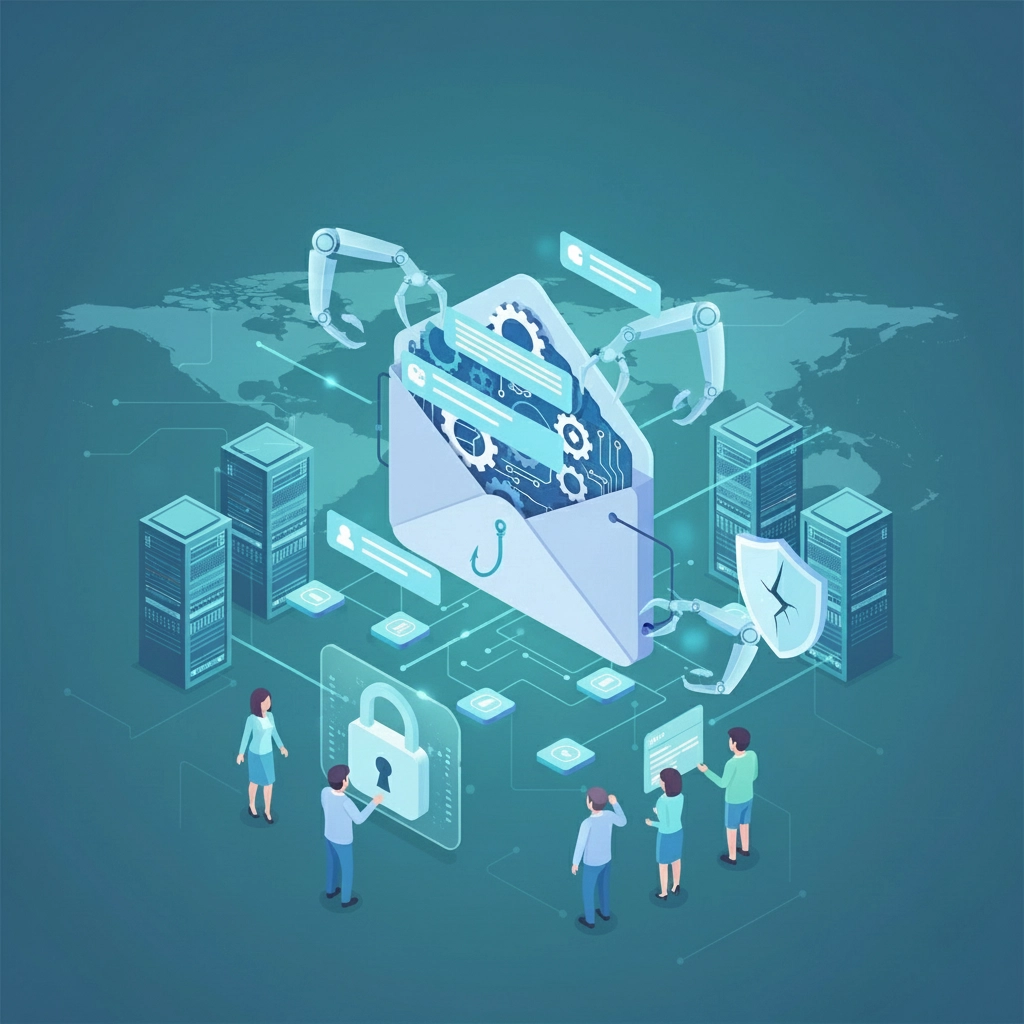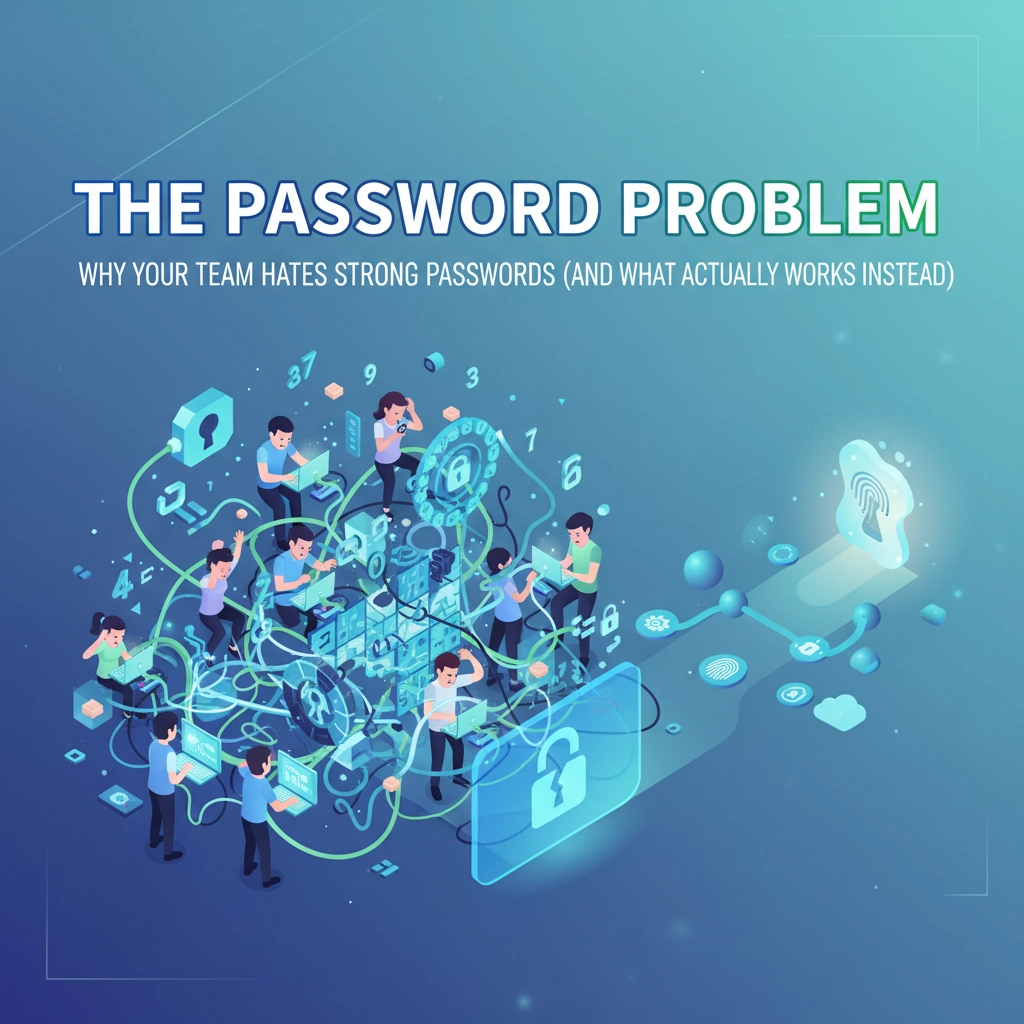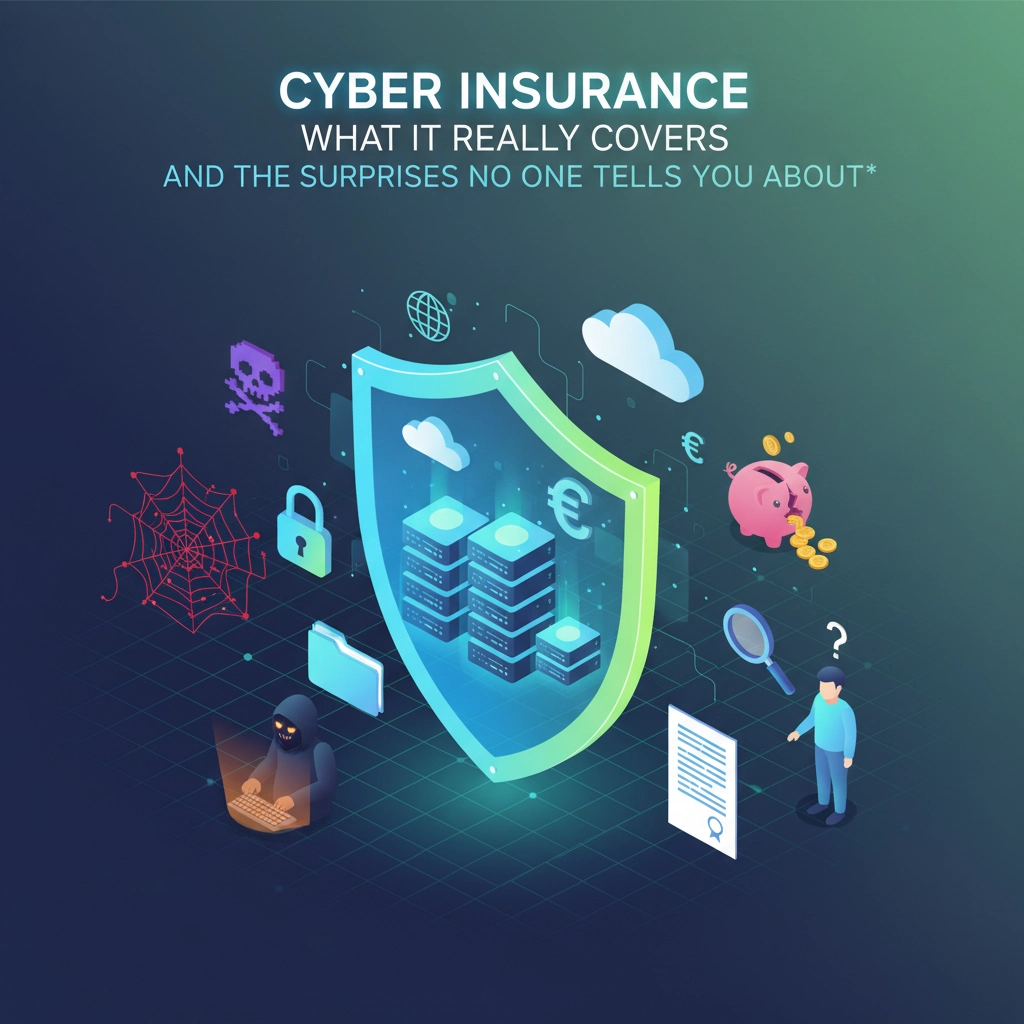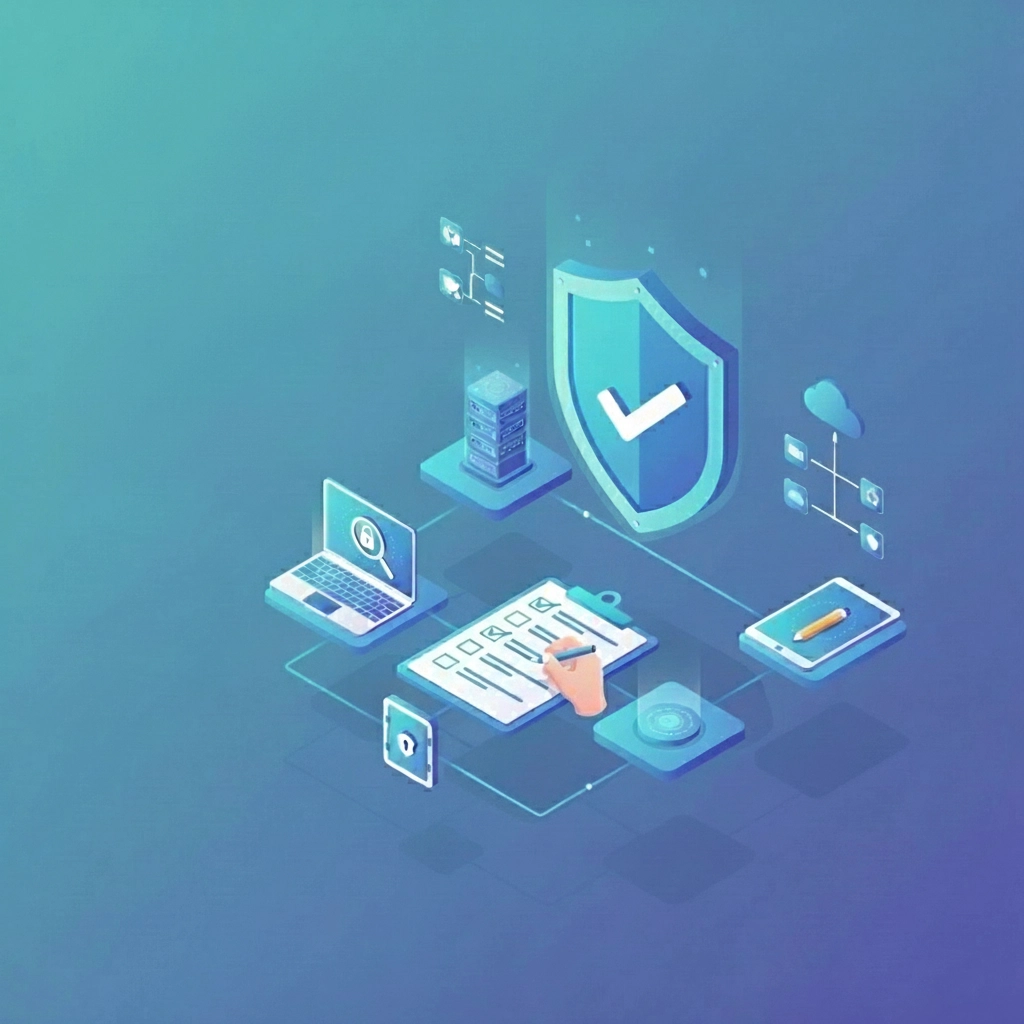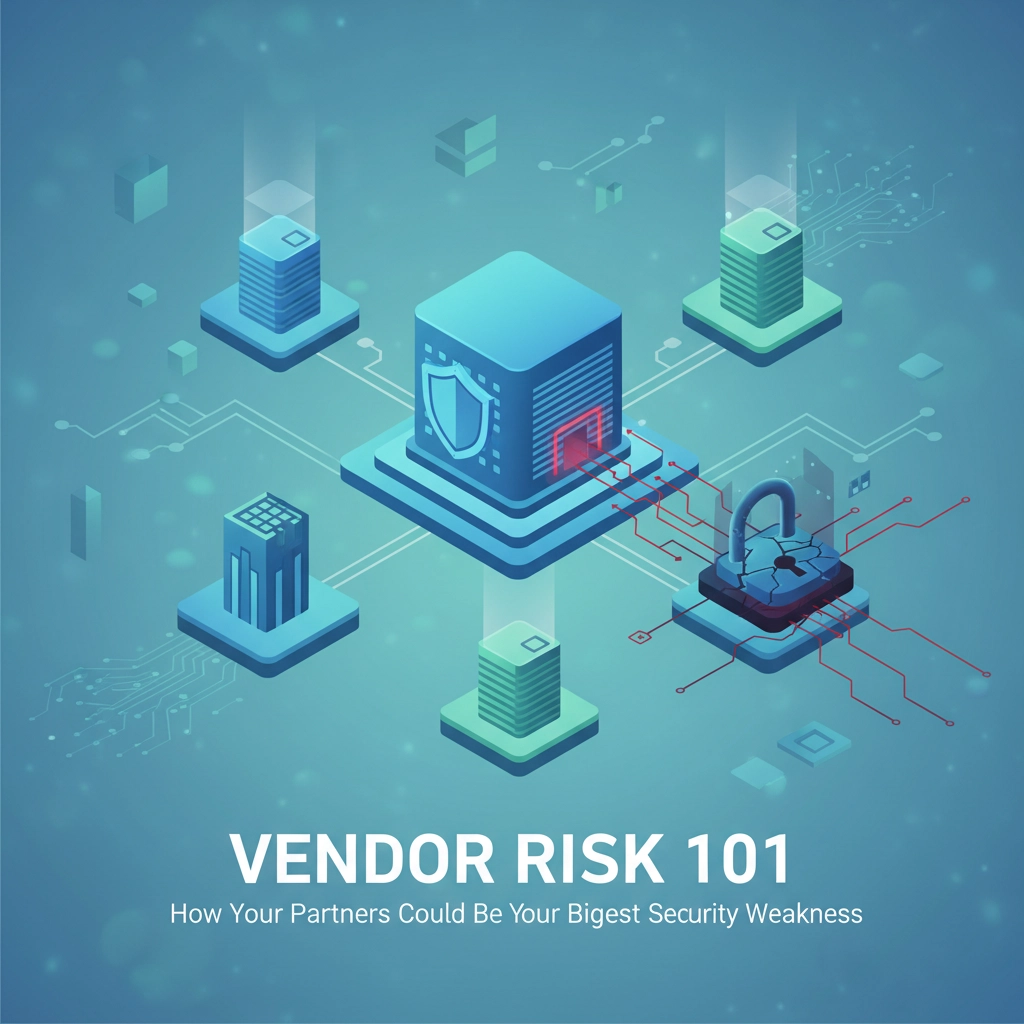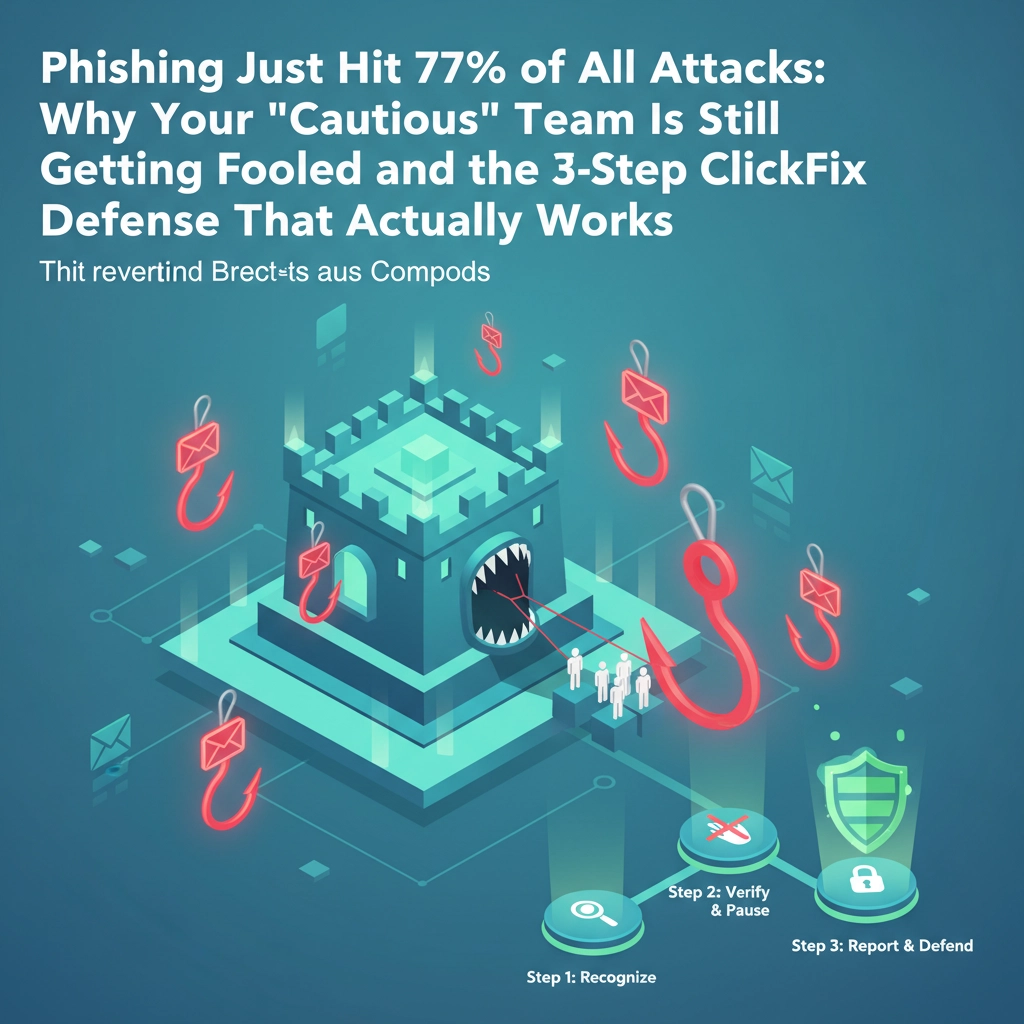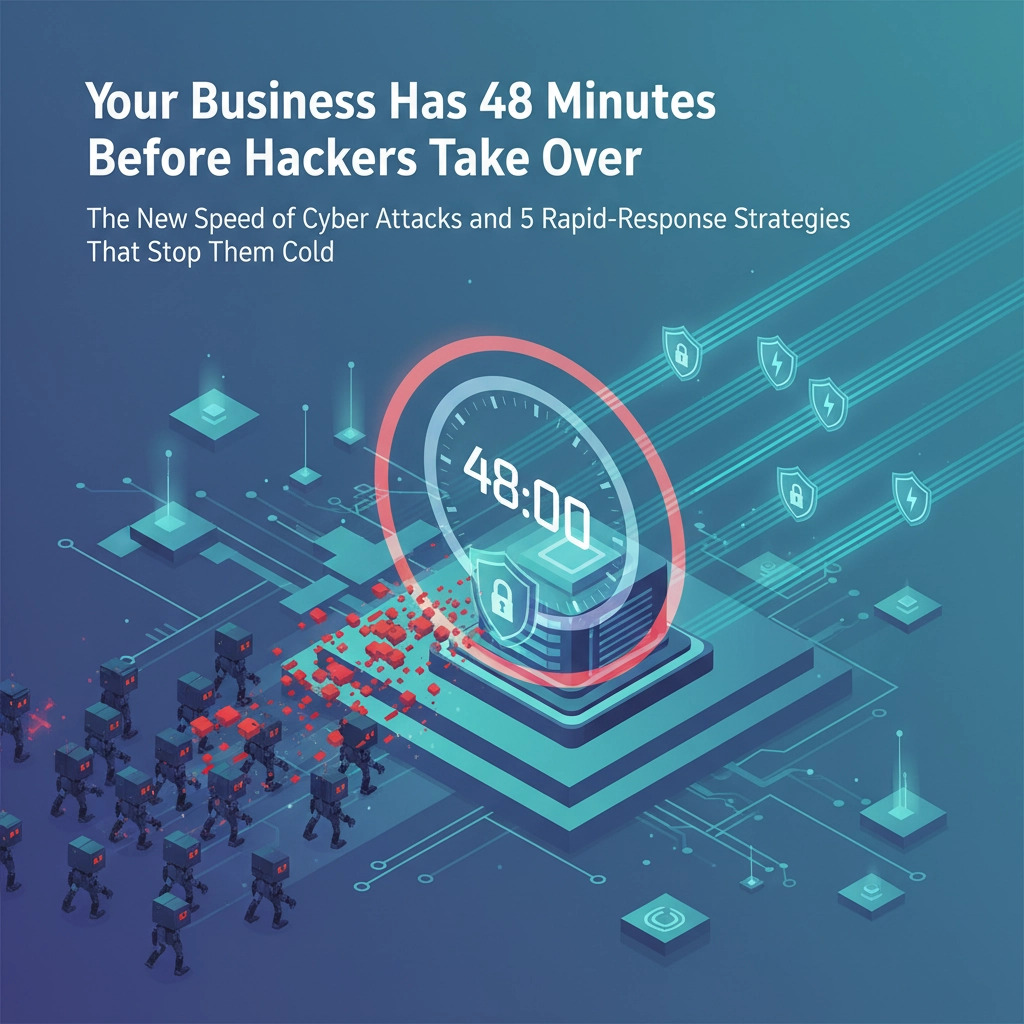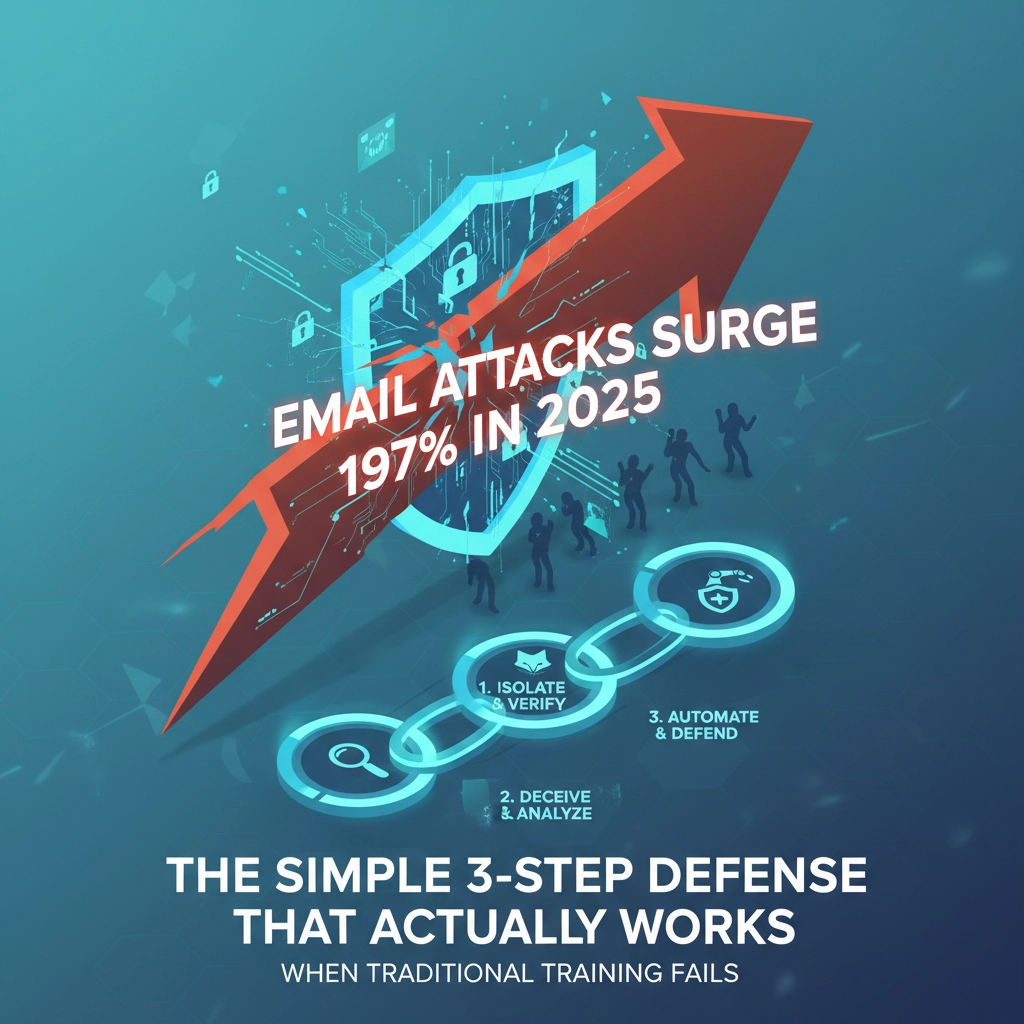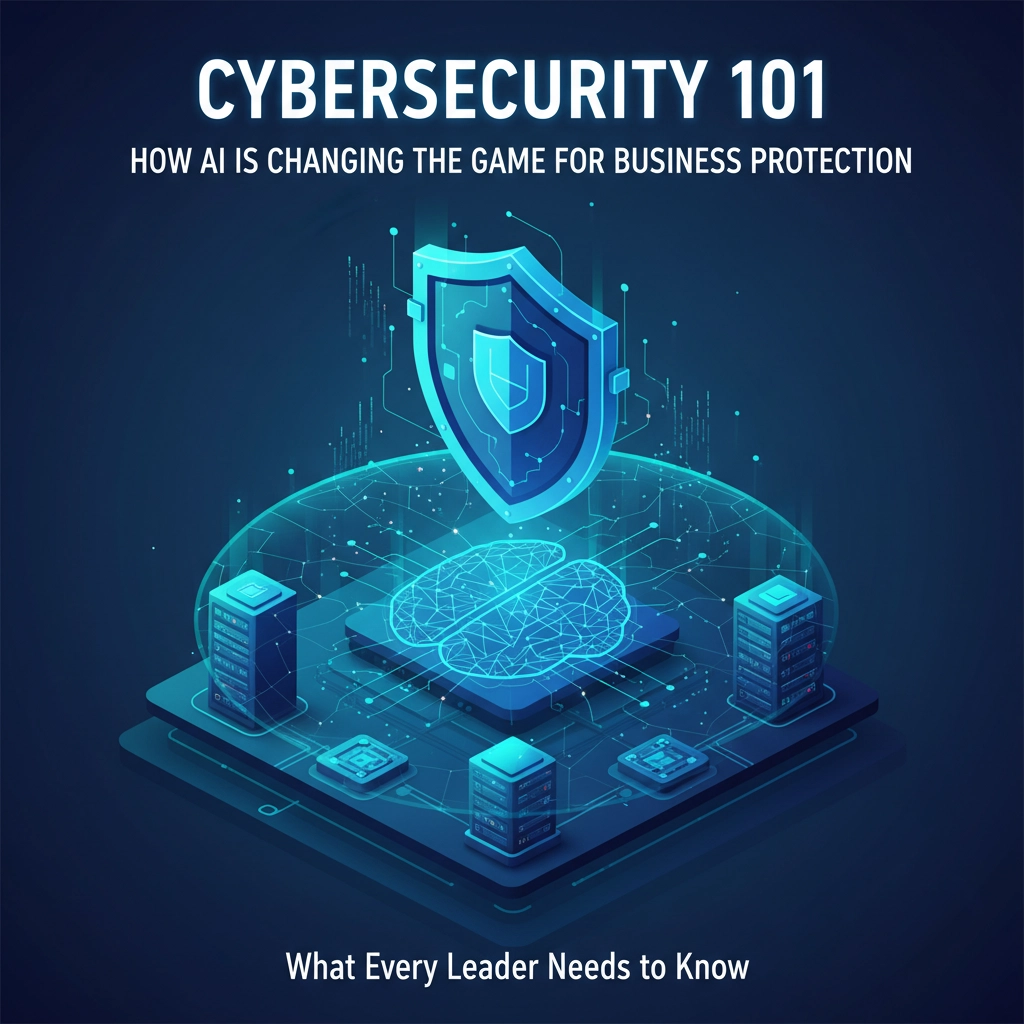Actually, let me stop you right there: it's not October 15th. Microsoft officially ended support for Windows 10 yesterday, on October 14, 2025. And if you're still running Windows 10 today, you're already operating in the danger zone.
I know what you're thinking: "My computer seems fine. Everything's working normally." And you're right: for now. Windows 10 didn't magically break overnight. But here's the thing: you're now running an operating system that Microsoft has essentially abandoned, and that creates some serious problems that most business owners don't fully understand.
What "End of Support" Actually Means
When Microsoft says they've ended support for Windows 10, they mean they've stopped providing three critical things: security updates, bug fixes, and technical support. Your computer will keep running, your programs will still open, and your files will still be there. But underneath the surface, you're now operating without a safety net.
Think of it like this: imagine if your local fire department announced they were no longer responding to calls in your neighborhood. Your house doesn't immediately catch fire, but if something does happen, you're on your own. That's exactly where Windows 10 users find themselves today.
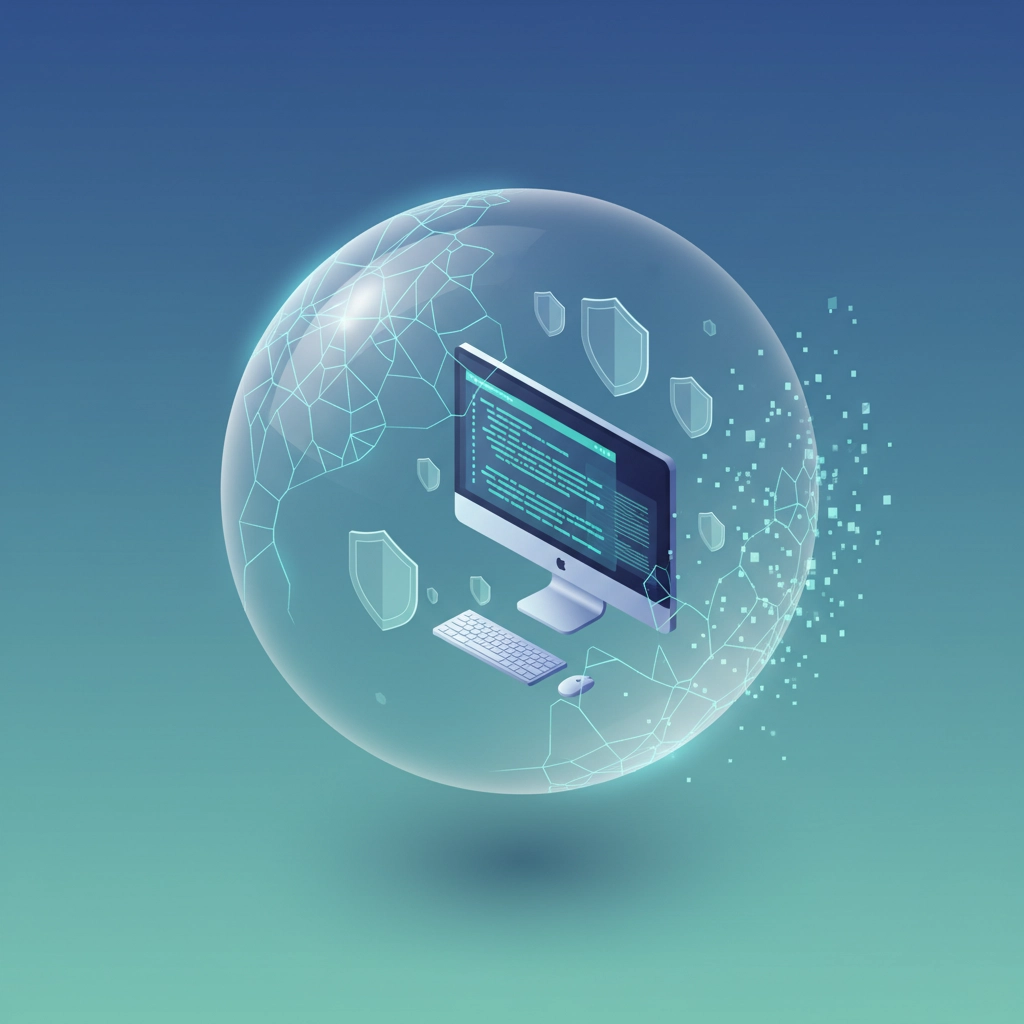
The Security Time Bomb
Here's the scary part that keeps cybersecurity professionals up at night: hackers know exactly when operating systems lose support, and they specifically target these vulnerable systems. It's like they have a calendar marked with "Christmas Morning" circled in red.
Every day that passes without security updates, new vulnerabilities are discovered in Windows 10. And every single one of these security holes will remain permanently open. No patches, no fixes, no protection. Cybercriminals are already developing attacks specifically designed to exploit these unpatched vulnerabilities.
The most common attacks hitting unsupported Windows systems include ransomware that encrypts your entire business data and demands payment, data breaches that expose customer information and financial records, malware that spreads through your network like wildfire, and unauthorized access through known security flaws that will never be fixed.
Small businesses are particularly attractive targets because cybercriminals assume they have valuable data but less sophisticated security measures. If you're running an unsupported operating system, you've just painted a bullseye on your business.
Compliance Nightmares Ahead
If you operate in any regulated industry: healthcare, finance, legal, or government contracting: continuing with Windows 10 could put you in serious legal trouble. Most compliance frameworks explicitly require businesses to use supported, up-to-date software systems.
For healthcare providers, HIPAA compliance becomes nearly impossible when you're using an unsupported operating system. Patient data protection requires current security measures, and insurance companies are starting to deny claims related to breaches involving outdated systems.
Financial institutions face similar challenges with PCI-DSS requirements for credit card processing. Banks and credit unions using Windows 10 after support ends could lose their ability to process payments or face hefty regulatory fines.
Even if you're not in a heavily regulated industry, many cyber insurance policies now include clauses that void coverage if a breach occurs on unsupported systems. You could find yourself paying for damages out of pocket simply because you delayed upgrading your operating system.
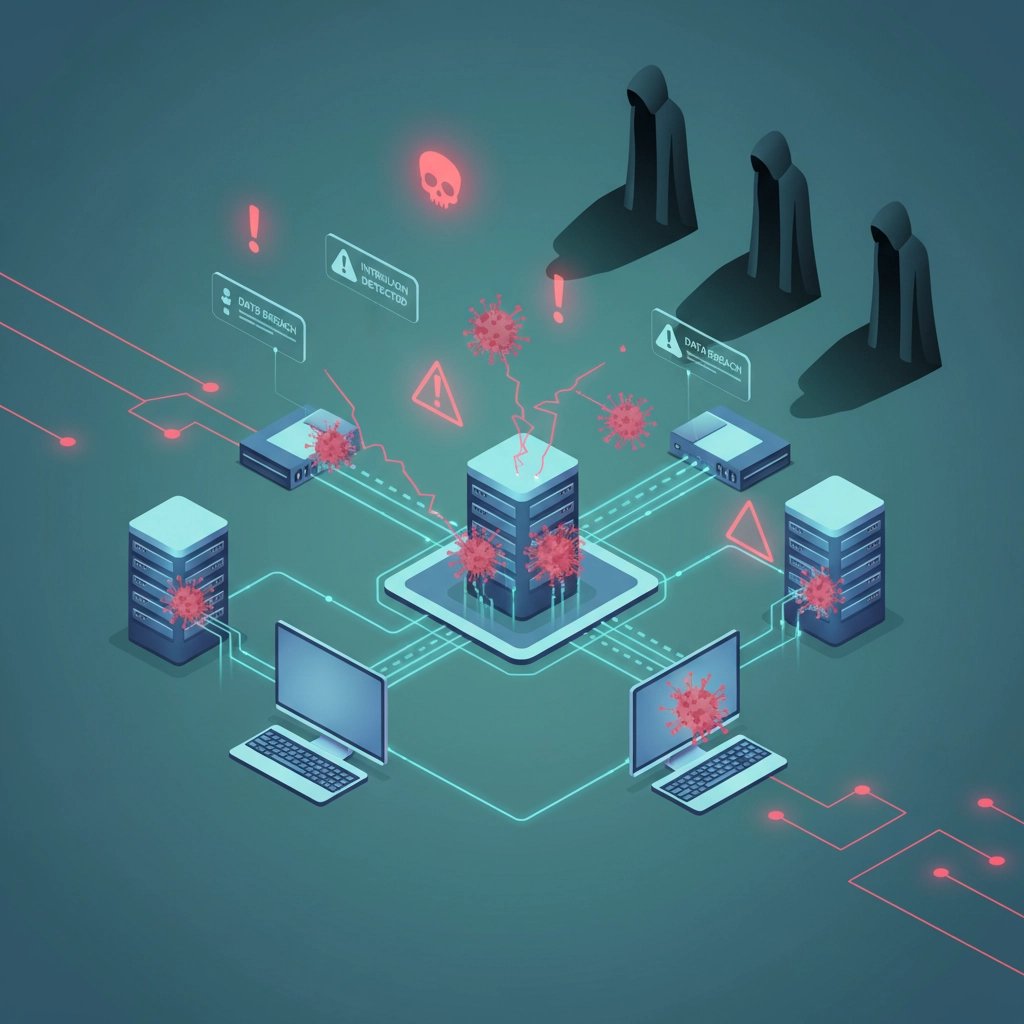
The Operational Breakdown
Beyond security and compliance, practical problems start emerging almost immediately. Software vendors gradually stop supporting applications that run on Windows 10, creating compatibility issues that can cripple business operations.
Hardware manufacturers stop releasing driver updates for Windows 10, which means connecting new printers, scanners, or other peripherals becomes increasingly difficult or impossible. When your existing hardware fails, finding compatible replacements becomes a constant struggle.
Third-party security software companies also phase out support for unsupported operating systems. Even if you have top-tier antivirus software today, it may stop protecting Windows 10 systems effectively within the next few months.
These operational issues compound over time. What starts as minor inconveniences: a printer that won't connect properly or software that runs slowly: evolves into major productivity killers that cost far more than upgrading would have.
The Microsoft Escape Hatch
Microsoft does offer an Extended Security Updates (ESU) program for businesses that aren't ready to upgrade immediately. For $30 per machine annually, you can continue receiving security updates for Windows 10 through October 2028.
Recently, Microsoft also announced a free ESU option for individual users who sync their PC with a Microsoft account, though this likely won't apply to most business environments with domain-joined computers.
While ESU provides temporary protection, it's important to understand this is meant as a bridge solution, not a permanent fix. The cost increases each year, and support will eventually end regardless. Plus, you'll still face the operational and compatibility issues as software and hardware vendors move away from Windows 10.
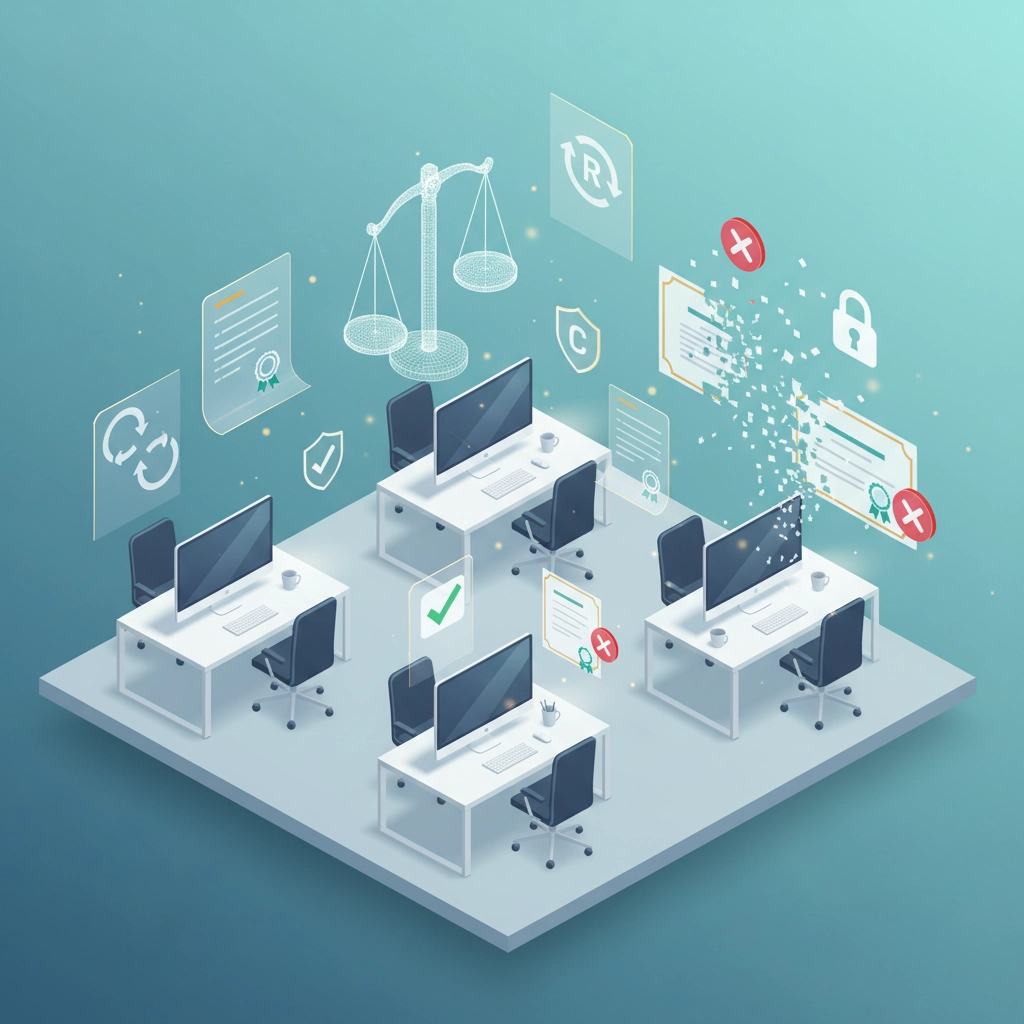
Why "Just Being Careful" Isn't Enough
Many business owners believe they can continue using Windows 10 safely by being extra cautious: avoiding suspicious emails, not downloading unknown files, and keeping their antivirus updated. Unfortunately, this approach fundamentally misunderstands how modern cyber attacks work.
Many of the most dangerous attacks don't require user interaction at all. They exploit vulnerabilities in the operating system itself, spreading through networks automatically or triggering when you visit legitimate websites that have been compromised.
Antivirus software, while important, cannot protect against vulnerabilities in the operating system core. It's like having a great security guard at your front door while leaving all your windows permanently unlocked. Eventually, someone will find a way in.
The Business Cost of Doing Nothing
Continuing with Windows 10 after support ends isn't free: it's expensive in ways that aren't immediately obvious. The hidden costs include increased IT support time dealing with compatibility issues, productivity losses from system instability and software conflicts, potential regulatory fines and legal fees, cyber insurance premium increases or coverage denial, and reputation damage from security breaches affecting customer trust.
Most businesses that experience a major security breach while running unsupported systems find the total cost of recovery: including lost revenue, legal fees, regulatory fines, and customer remediation: far exceeds what upgrading their systems would have cost.
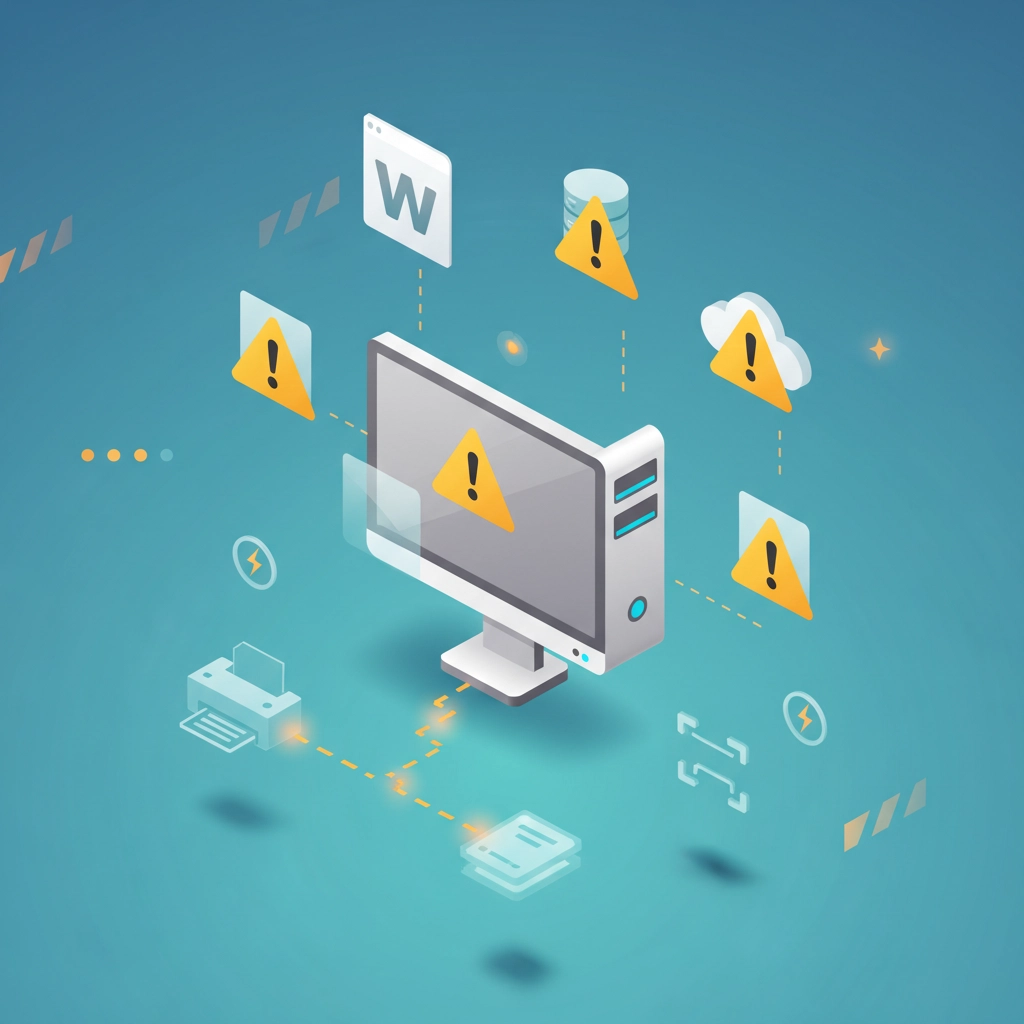
Your Path Forward
If you're still running Windows 10, you have several options, but waiting isn't one of them. You can upgrade existing computers to Windows 11 if they meet the hardware requirements, purchase new computers with Windows 11 pre-installed, or enroll in Microsoft's Extended Security Updates program as a temporary bridge while planning your upgrade strategy.
The key is acting now, while you still have control over the timeline and budget. Waiting until you experience a security incident or compatibility crisis forces you into emergency mode, which is always more expensive and disruptive.
Take Action Today
Don't let an outdated operating system become your business's Achilles heel. The risks of continuing with unsupported Windows 10 far outweigh the inconvenience and cost of upgrading.
At B&R Computers, we help businesses navigate these technology transitions safely and efficiently. We can assess your current systems, recommend the most cost-effective upgrade path, and handle the migration process to minimize disruption to your operations.
Contact us today for a free consultation about your Windows upgrade options. Your business's security and success are too important to leave to chance, especially when the solution is straightforward and affordable.
The clock started ticking yesterday. Every day you wait makes your business more vulnerable and the eventual upgrade more complex. Let's get your systems properly protected before it's too late.

